Image of 1957 Pontiac Chieftain, Note: These illustrations use artistic license and may differ from actual historical models.
Performance Metrics
Fundamental Metrics
Emotional Appeal
MMP Rating
| Engine Specifications | |
|---|---|
| Engine: | 347 cu in (5.7 L) V8 |
| Displacement: | 347 cu in (5.7 L) |
| Horsepower: | 227-270 hp |
| Torque: | 333-350 lb-ft |
| Compression Ratio: | 8.5:1 |
| Ignition System: | Conventional points ignition system |
| Cooling System: | Liquid-cooled |
| Performance Specifications | |
| 0-60 Time: | 10-12 seconds |
| 1/4 Mile Time: | 17-19 seconds |
| Top Speed: | 105-110 mph |
| Transmission and Drive | |
| Drive Type: | Rear-wheel drive |
| Transmission Type: | 3-speed manual, 4-speed Hydra-Matic automatic |
| Fuel and Efficiency | |
| Fuel System Type: | Carburetor |
| MPG: | 10-12 mpg |
| Dimensions and Brakes | |
| Brakes: | Drum brakes |
| Wheelbase: | 122 inches |
| Weight: | 3,600-3,800 lbs |
Note: Specifications for classic cars are given to the best of our ability, considering the limited and variant data available.
1957 Pontiac Chieftain: A Gleaming Emblem of American Automotive Heritage
The 1957 Pontiac Chieftain didn't just roll off the production line; it cruised onto the boulevards of America's post-war boom, embodying an era of optimism and design innovation. Born from the storied assembly lines of General Motors, the Chieftain held its own as a symbol of mid-century style and performance. With a unique blend of luxury and muscle, this model became a cherished classic that still turns heads today.
Design and Innovation
The Chieftain's exterior styling was a feast for the eyes, featuring bold lines, chrome accents, and the iconic 'Silver Streak' trim that ran down the hood. The car's imposing grille and jet-inspired tailfins spoke to an age infatuated with space travel and speed. Inside, passengers were treated to plush seating upholstered in premium materials that ranged from rich fabrics to supple leathers.
For its time, the Chieftain was a technological marvel. It offered power steering and power brakes—luxuries not commonly found in all cars of that era. Color options were plentiful, with two-tones like 'Starlight Black' and 'Kenya Ivory' being among the popular choices that accentuated its sweeping lines. Body styles included sedans, hardtops, and convertibles, with the convertible often hailed as the quintessential expression of 1950s automotive freedom.
Historical Significance
The 1957 Pontiac Chieftain didn't just share the road with its contemporaries; it set a new course. Its combination of style, power, and affordability helped bridge the gap between luxury and mainstream vehicles. This car played a pivotal role in establishing Pontiac's reputation for producing models that could satisfy both performance enthusiasts and families looking for reliable transportation.
Performance and Handling
Underneath its stylish hood lay a robust V8 engine that propelled the Chieftain from 0-60 mph with gusto that belied its luxurious trappings. Top speeds were impressive for its class, making it a favorite among spirited drivers of the day. On winding roads or over uneven surfaces, the car maintained composure—its suspension smoothing out imperfections while still providing feedback through the steering wheel. The roar of its engine was music to gearheads, while its smooth ride appealed to those who preferred their thrills with a touch of elegance.
Ownership Experience
Whether it served as a daily driver or a weekend showpiece, the Chieftain was as versatile as it was charismatic. Maintenance was straightforward by modern standards, making it accessible for enthusiasts to keep running in top form. Reliability was one of its strong suits; however, like any classic car, it required care and attention to preserve its legacy.
Fun Facts
The 1957 Pontiac Chieftain not only graced driveways but also appeared on screen in various movies and TV shows—a testament to its timeless appeal. While not known for breaking speed records, it did set sales records for Pontiac at the time. Criticisms were few but did include remarks about fuel consumption—a common trait among powerful engines of that era.
Collector's Information
Today's collector market sees the 1957 Pontiac Chieftain as a sought-after prize. While exact production numbers are hard to pin down, estimates suggest tens of thousands were produced across all body styles. Values range significantly based on condition and originality, with pristine examples fetching upwards of $50,000 or more at auction. Trends suggest an appreciation in value as nostalgia for this golden age of motoring grows stronger.
Conclusion
The 1957 Pontiac Chieftain stands as more than just a car; it's a rolling testament to an era when design bravado and engineering prowess came together in perfect harmony. For collectors and enthusiasts alike, owning a Chieftain is not just about having a classic car—it's about preserving a piece of American history.
1957 Pontiac Chieftain Catalog of Parts
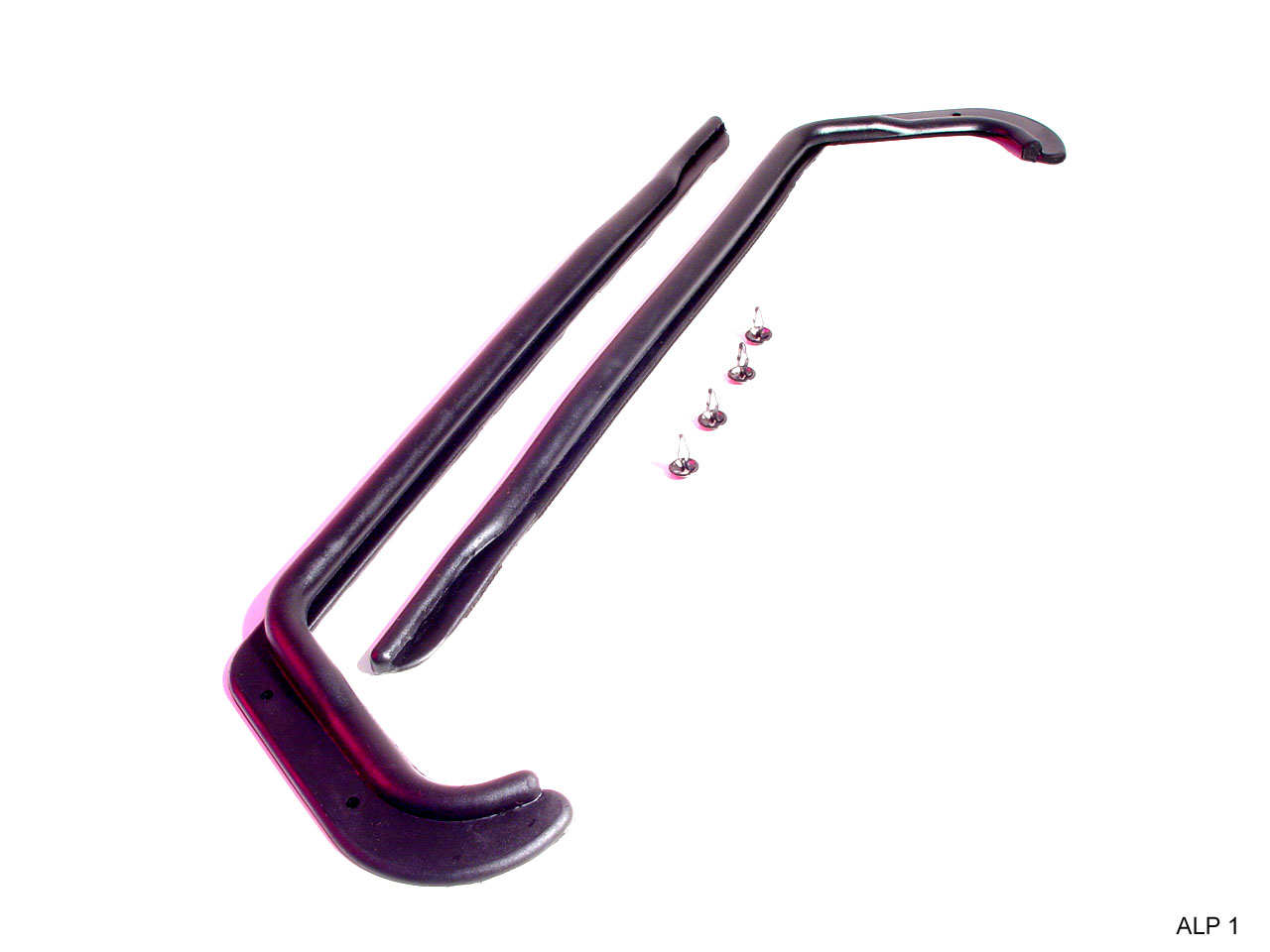 1957 Pontiac Chieftain Upper Door Hinge Seals. Straight section 13-1/2" long-ALP 1Upper Door Hinge Seals. Straight section 13-1/2" long. Curved hook section 6" long, with 2 holes. Includes four clips. Pair R & L.
1957 Pontiac Chieftain Upper Door Hinge Seals. Straight section 13-1/2" long-ALP 1Upper Door Hinge Seals. Straight section 13-1/2" long. Curved hook section 6" long, with 2 holes. Includes four clips. Pair R & L.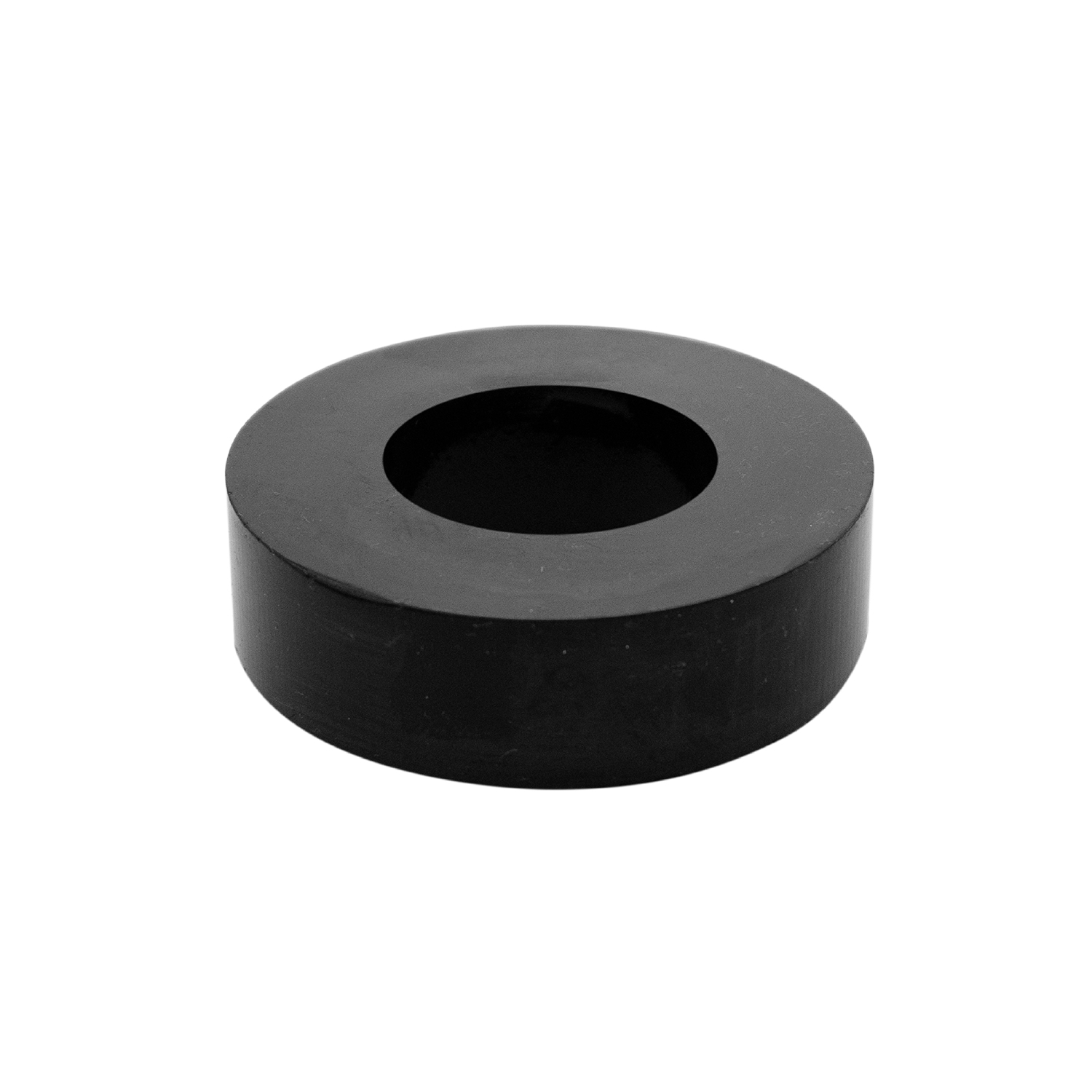 1957 Pontiac Chieftain Body mounting cushion pad-BC 51Body mounting cushion pad, '51-'64 Various GM car and truck models, each. Replace OEM #'s 3748937, 530855 & 560958.
1957 Pontiac Chieftain Body mounting cushion pad-BC 51Body mounting cushion pad, '51-'64 Various GM car and truck models, each. Replace OEM #'s 3748937, 530855 & 560958.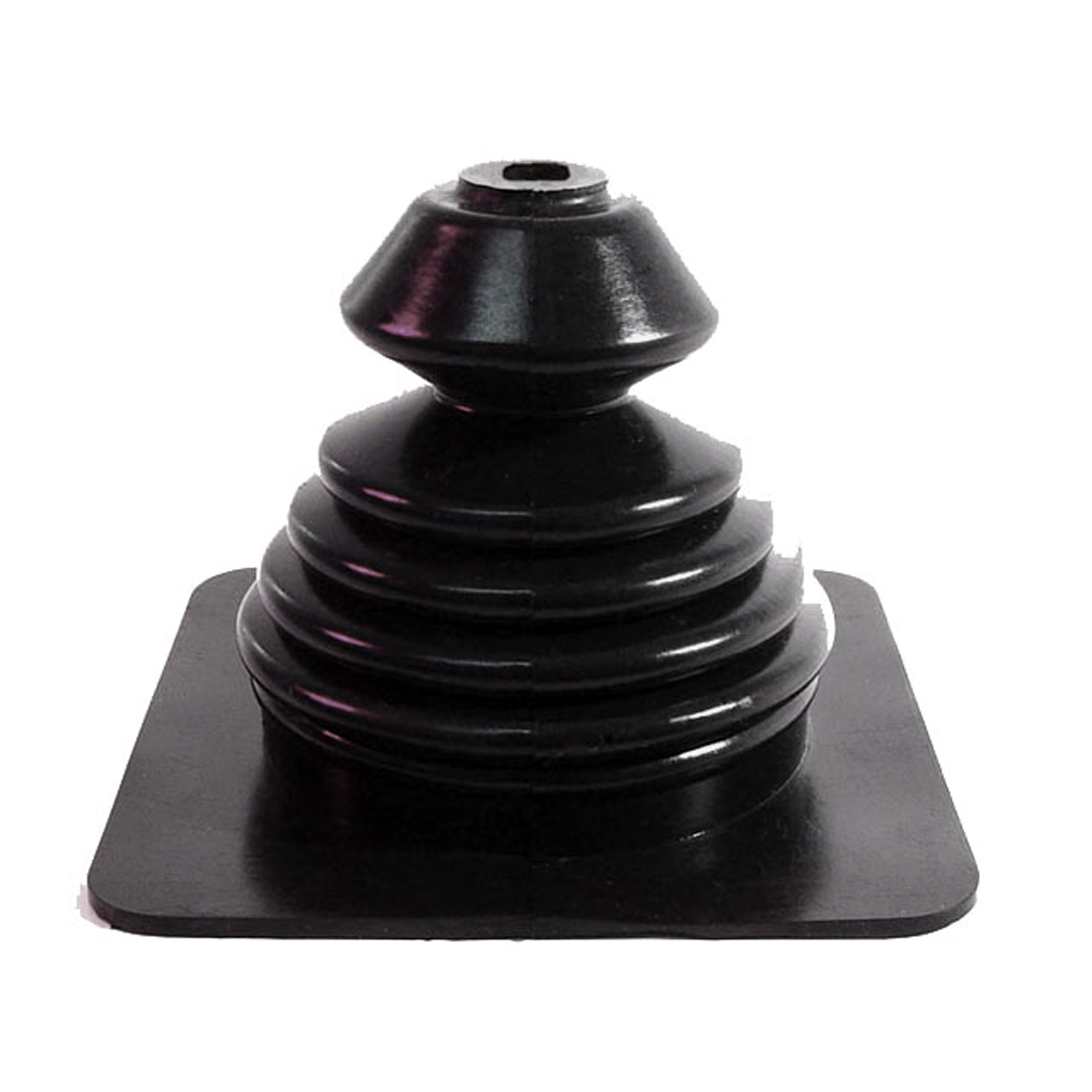 1957 Pontiac Chieftain Dust Boot Vacuum Booster-BL 17Dust Boot Vacuum Booster. 3-1/8" square base, 5/16" top hole, 1-3/4" bottom hole. Each
1957 Pontiac Chieftain Dust Boot Vacuum Booster-BL 17Dust Boot Vacuum Booster. 3-1/8" square base, 5/16" top hole, 1-3/4" bottom hole. Each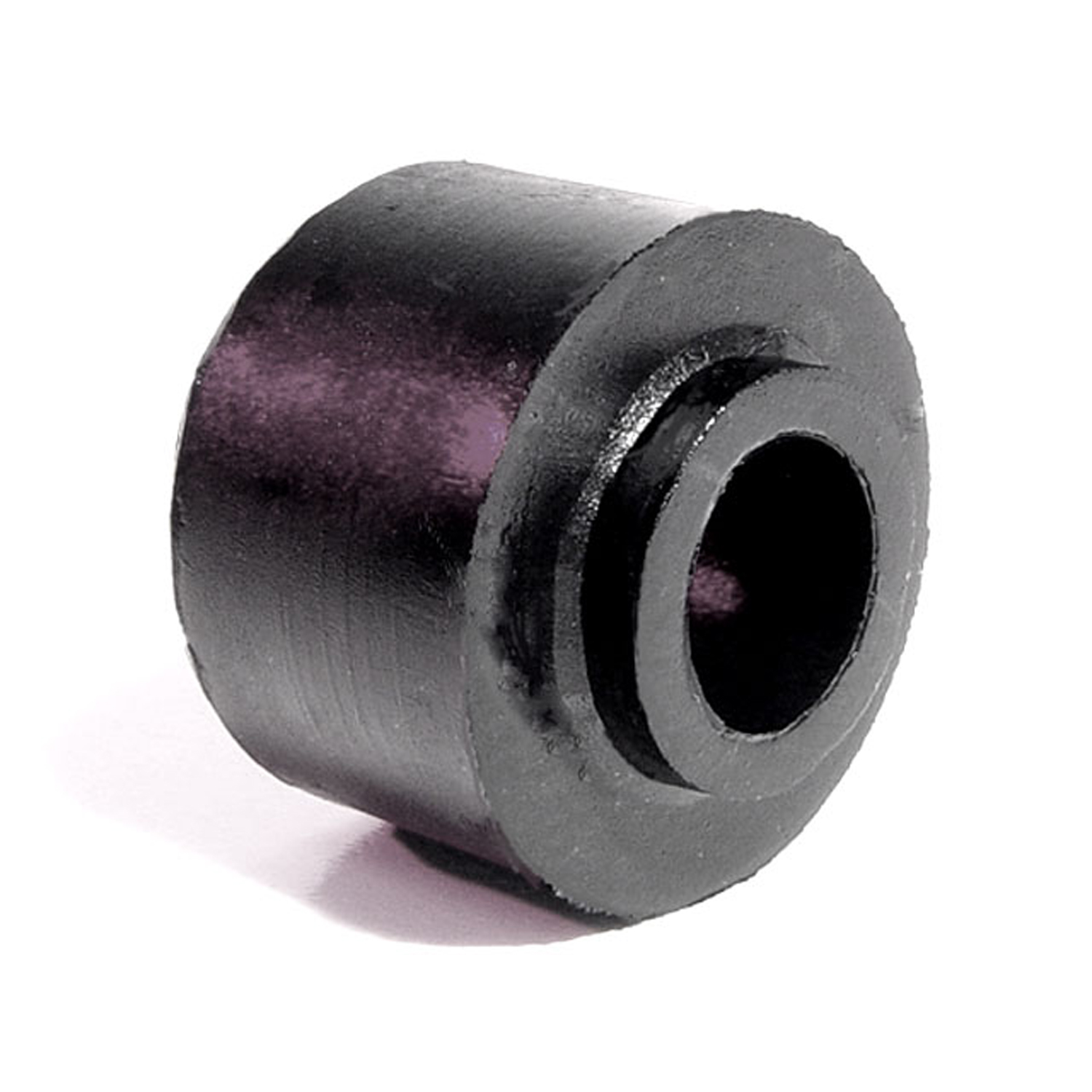 1957 Pontiac Chieftain Shock Absorber Grommet. 1" bottom O.D., 3/4" high-BN 1Shock Absorber Grommet. 1" bottom O.D., 3/4" high., with 7/16" I.D. Each
1957 Pontiac Chieftain Shock Absorber Grommet. 1" bottom O.D., 3/4" high-BN 1Shock Absorber Grommet. 1" bottom O.D., 3/4" high., with 7/16" I.D. Each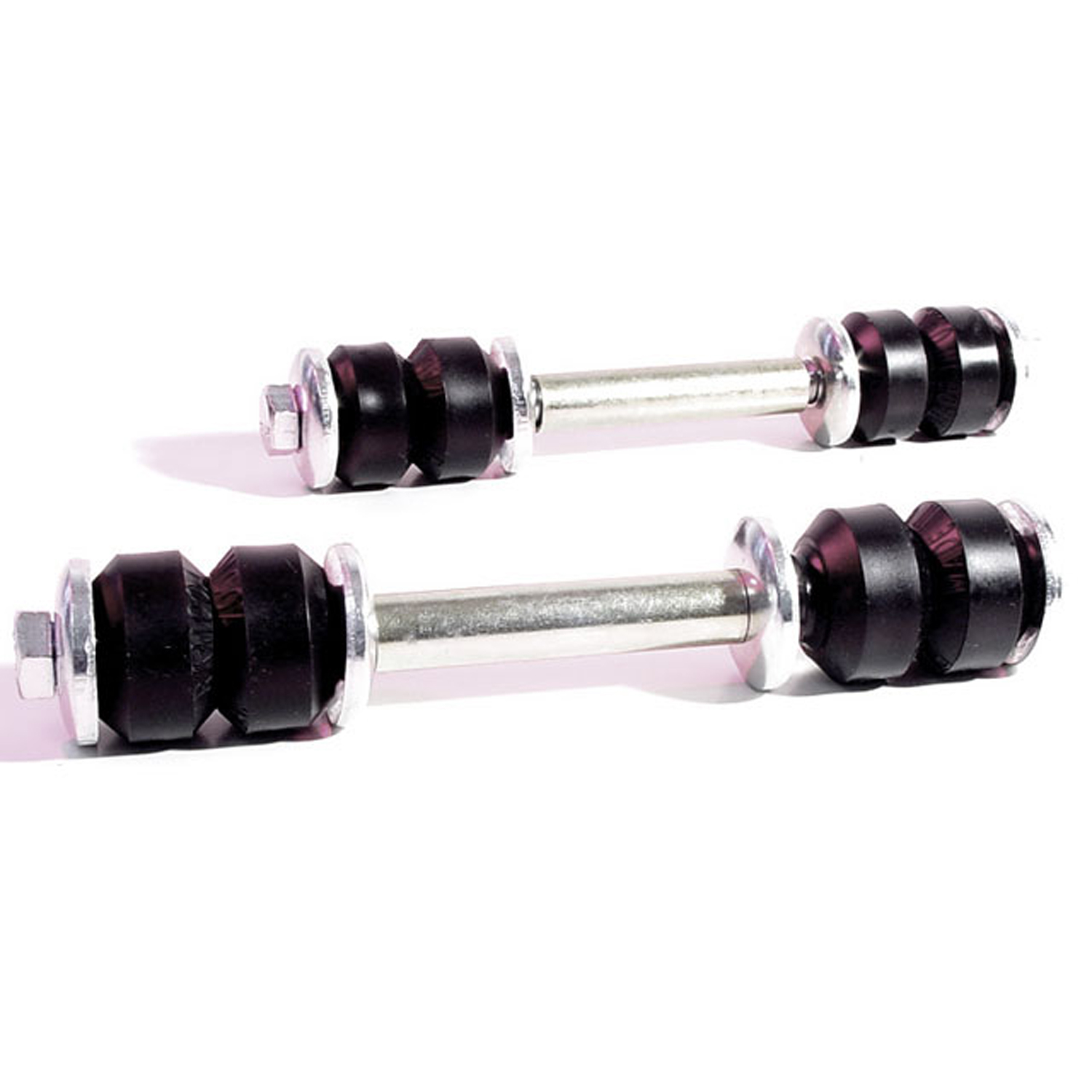 1957 Pontiac Chieftain Front Stabilizer End Repair Kit-BNK 23Front Stabilizer End Repair Kit. 22-piece set for two stabilizer bars. Contains all rubber bushings, washers, bolts and nuts, enough for one front end. Set
1957 Pontiac Chieftain Front Stabilizer End Repair Kit-BNK 23Front Stabilizer End Repair Kit. 22-piece set for two stabilizer bars. Contains all rubber bushings, washers, bolts and nuts, enough for one front end. Set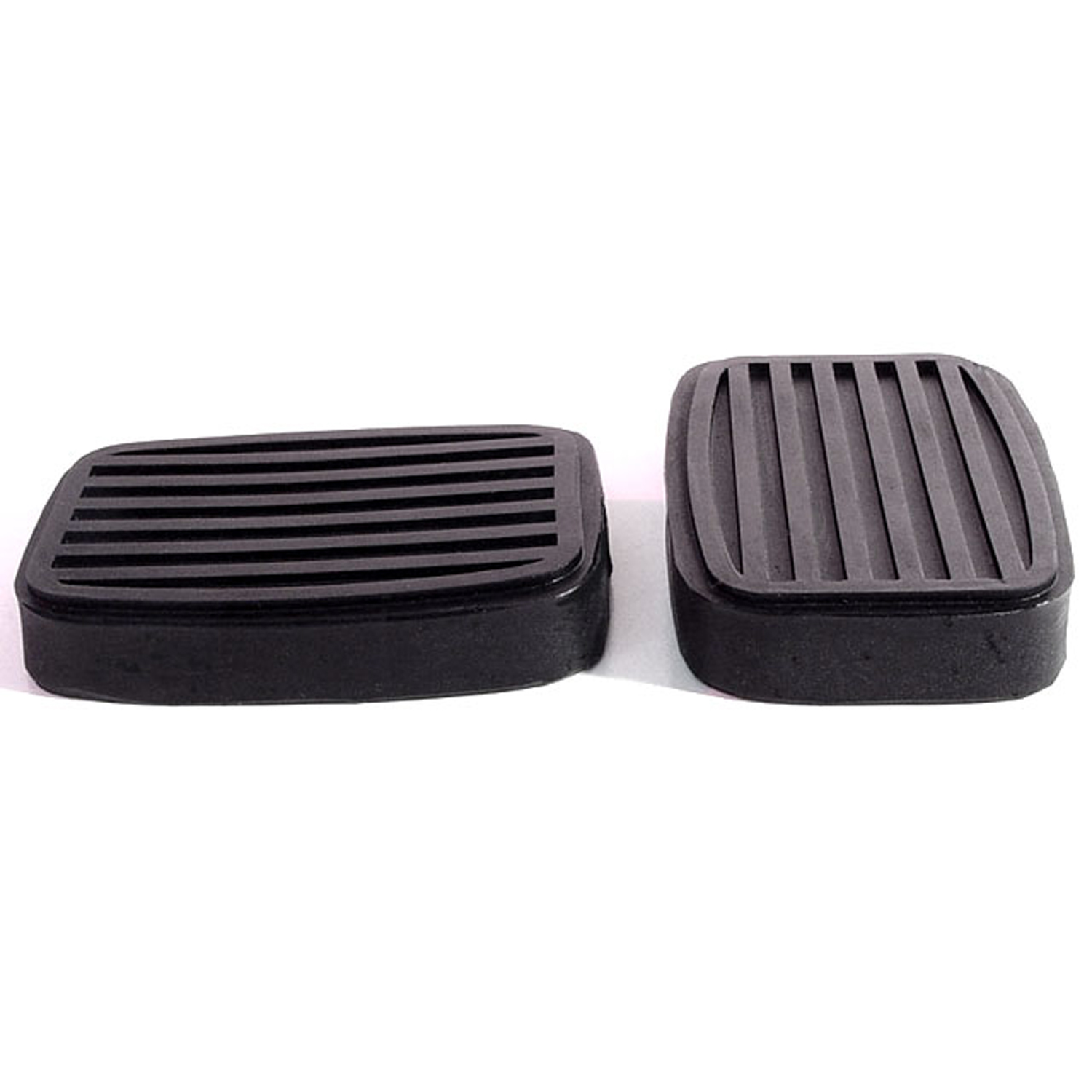 1957 Pontiac Chieftain Clutch and Brake Pedal Pads. 2" wide X 3" long. Pair-CB 15Clutch and Brake Pedal Pads. 2" wide X 3" long. Pair
1957 Pontiac Chieftain Clutch and Brake Pedal Pads. 2" wide X 3" long. Pair-CB 15Clutch and Brake Pedal Pads. 2" wide X 3" long. Pair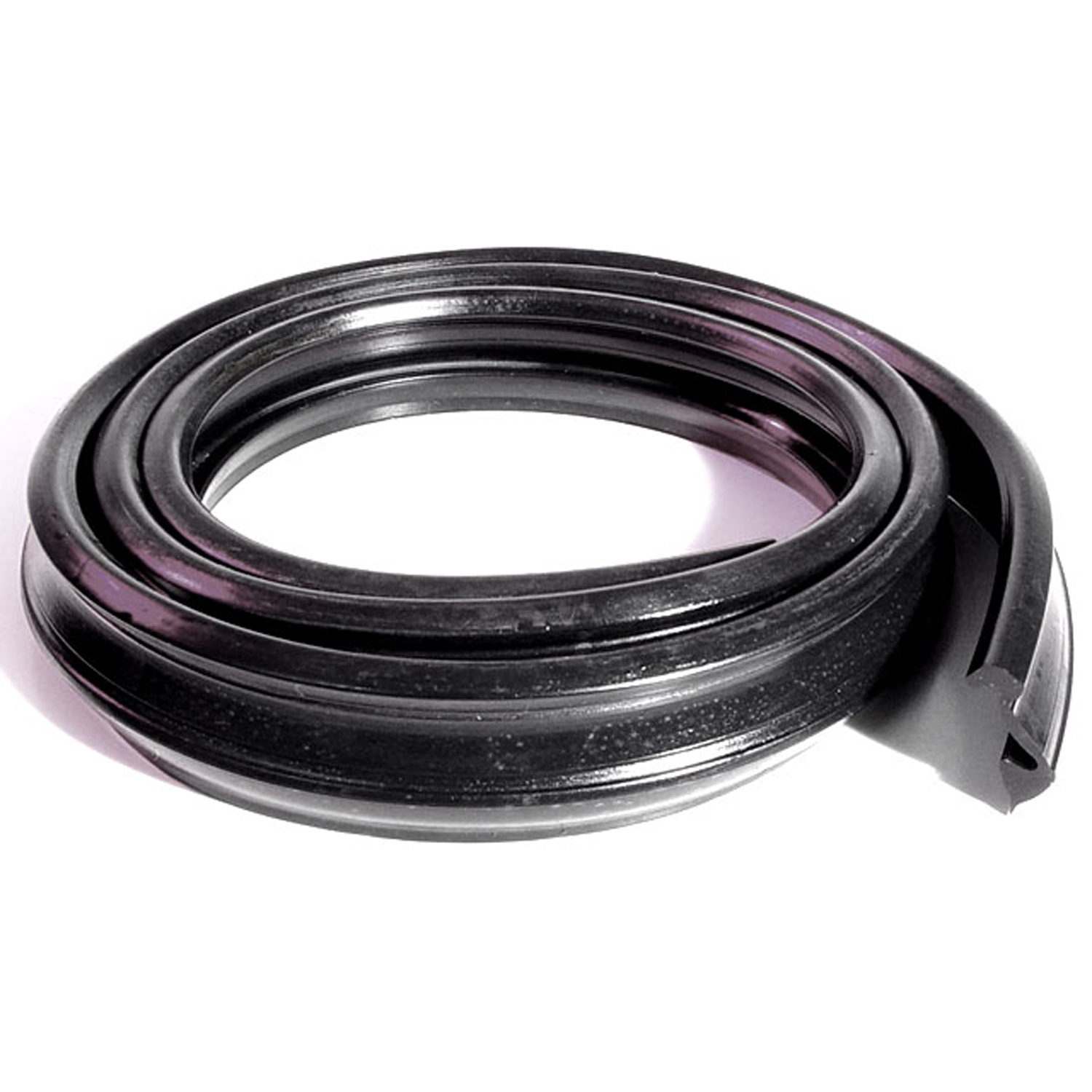 1957 Pontiac Chieftain Cowl and Hood Seal. All rubber. 5' Piece. Each-CS 2Cowl and Hood Seal. All rubber. 5' Piece. Each
1957 Pontiac Chieftain Cowl and Hood Seal. All rubber. 5' Piece. Each-CS 2Cowl and Hood Seal. All rubber. 5' Piece. Each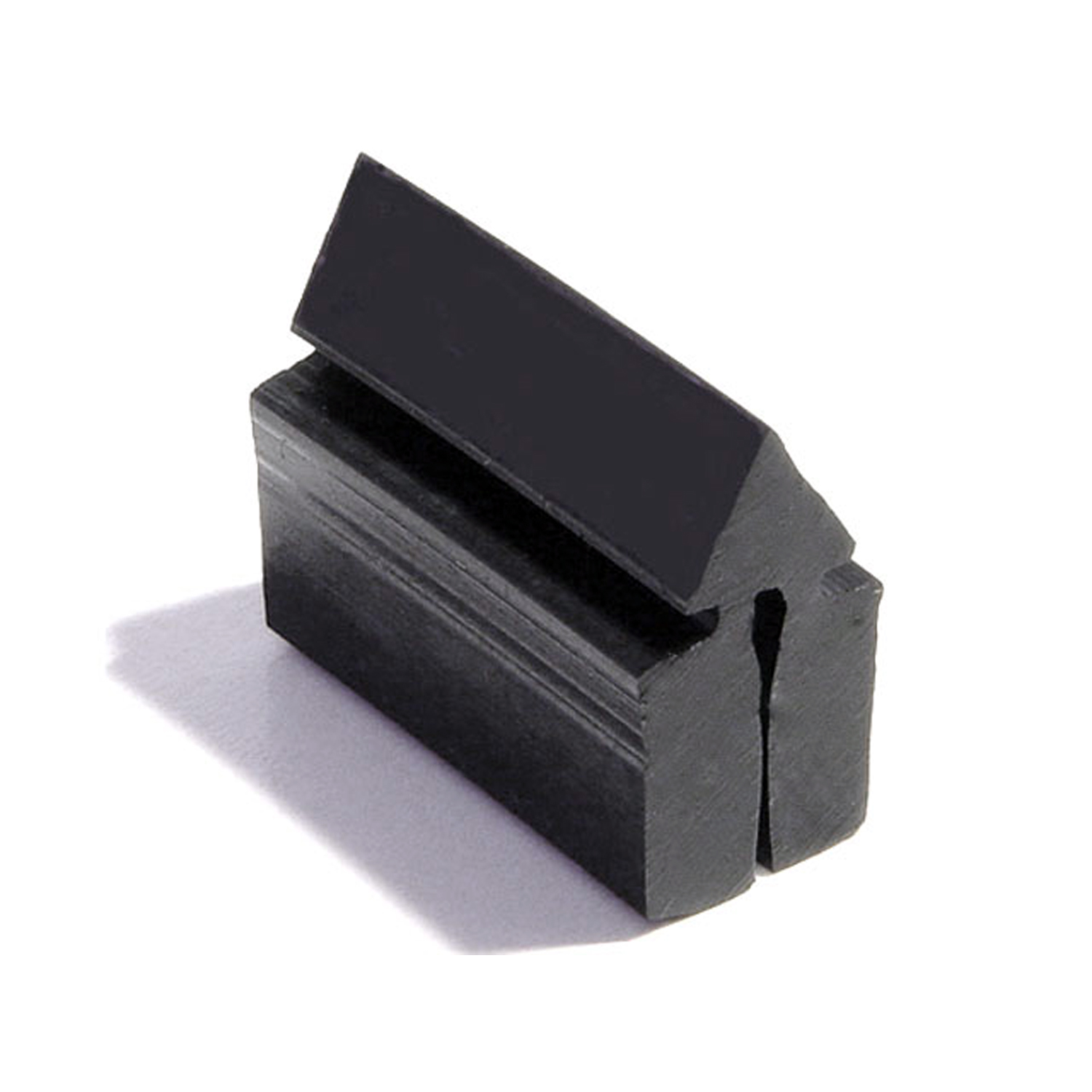 1957 Pontiac Chieftain Door Bumper. 13/16" high X 1/2" wide X 1" long. Each-DB 33-ADoor Bumper. 13/16" high X 1/2" wide X 1" long. Each
1957 Pontiac Chieftain Door Bumper. 13/16" high X 1/2" wide X 1" long. Each-DB 33-ADoor Bumper. 13/16" high X 1/2" wide X 1" long. Each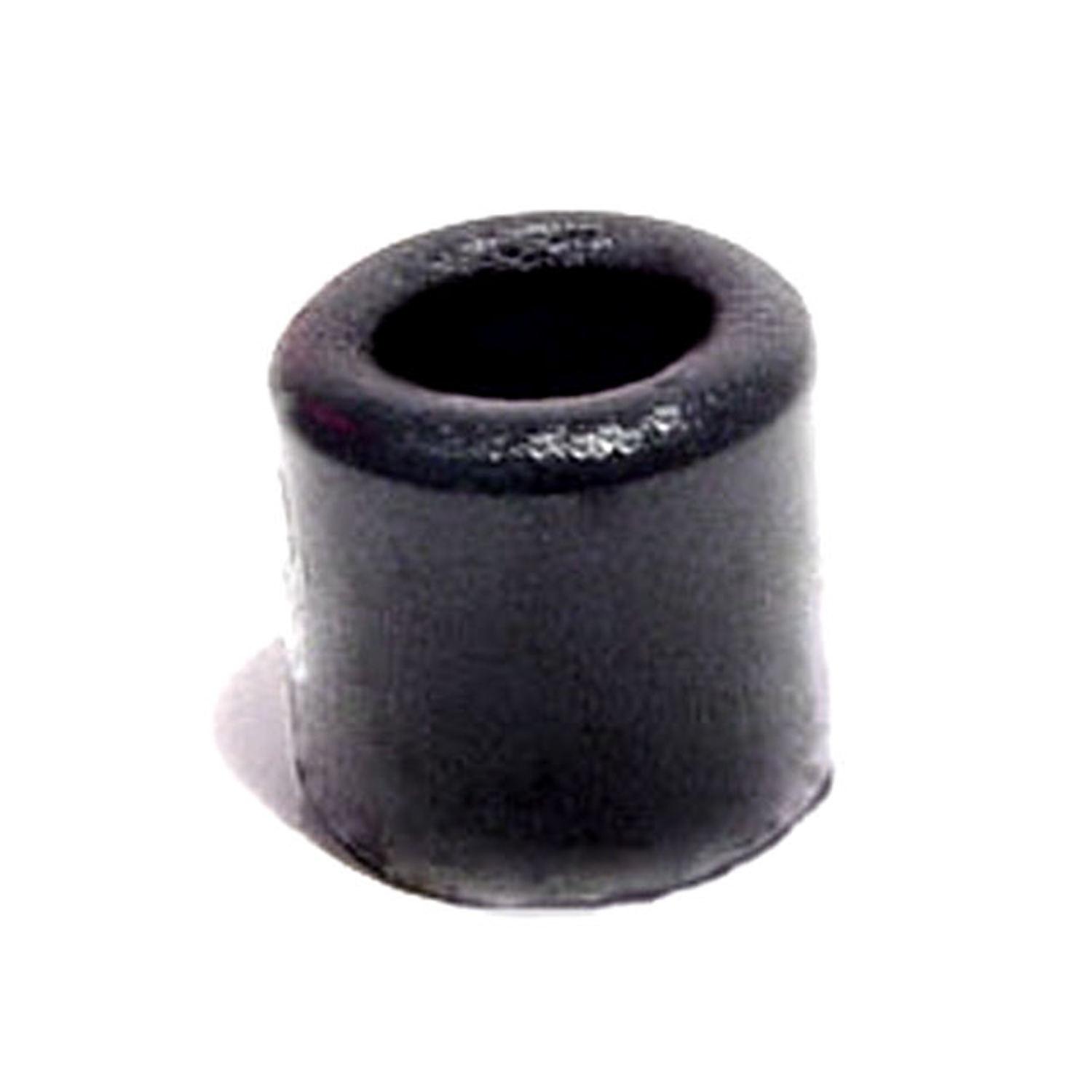 1957 Pontiac Chieftain Door and Trunk Bumper. 1/2" O.D. X 1/2" high. Each-DB 35Door and Trunk Bumper. 1/2" O.D. X 1/2" high. Each
1957 Pontiac Chieftain Door and Trunk Bumper. 1/2" O.D. X 1/2" high. Each-DB 35Door and Trunk Bumper. 1/2" O.D. X 1/2" high. Each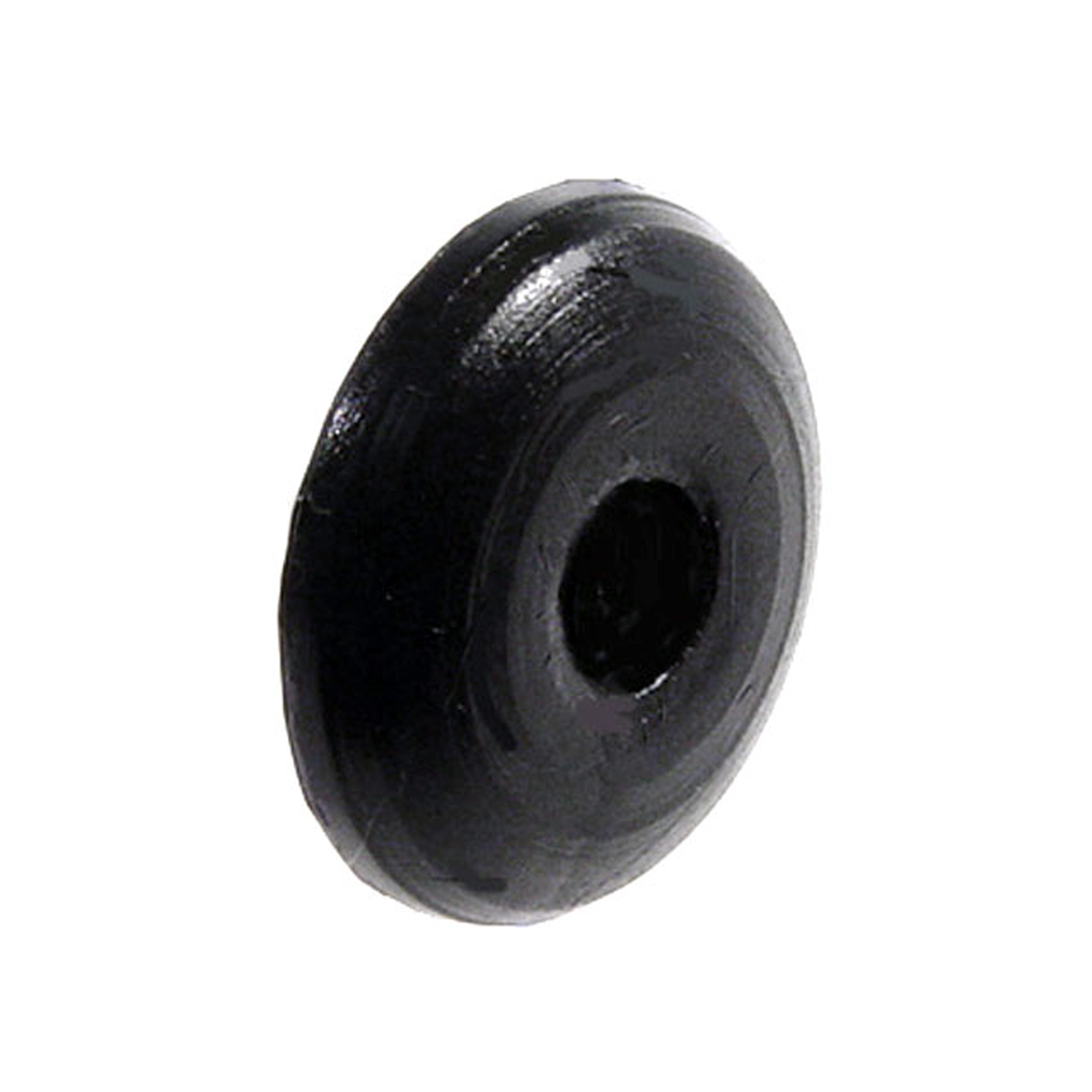 1957 Pontiac Chieftain Upper Door Hinge Post Bumper. Held by screw-DB 60-AUpper Door Hinge Post Bumper. Held by screw. 7/8" diameter X 1/8" thick. Each
1957 Pontiac Chieftain Upper Door Hinge Post Bumper. Held by screw-DB 60-AUpper Door Hinge Post Bumper. Held by screw. 7/8" diameter X 1/8" thick. Each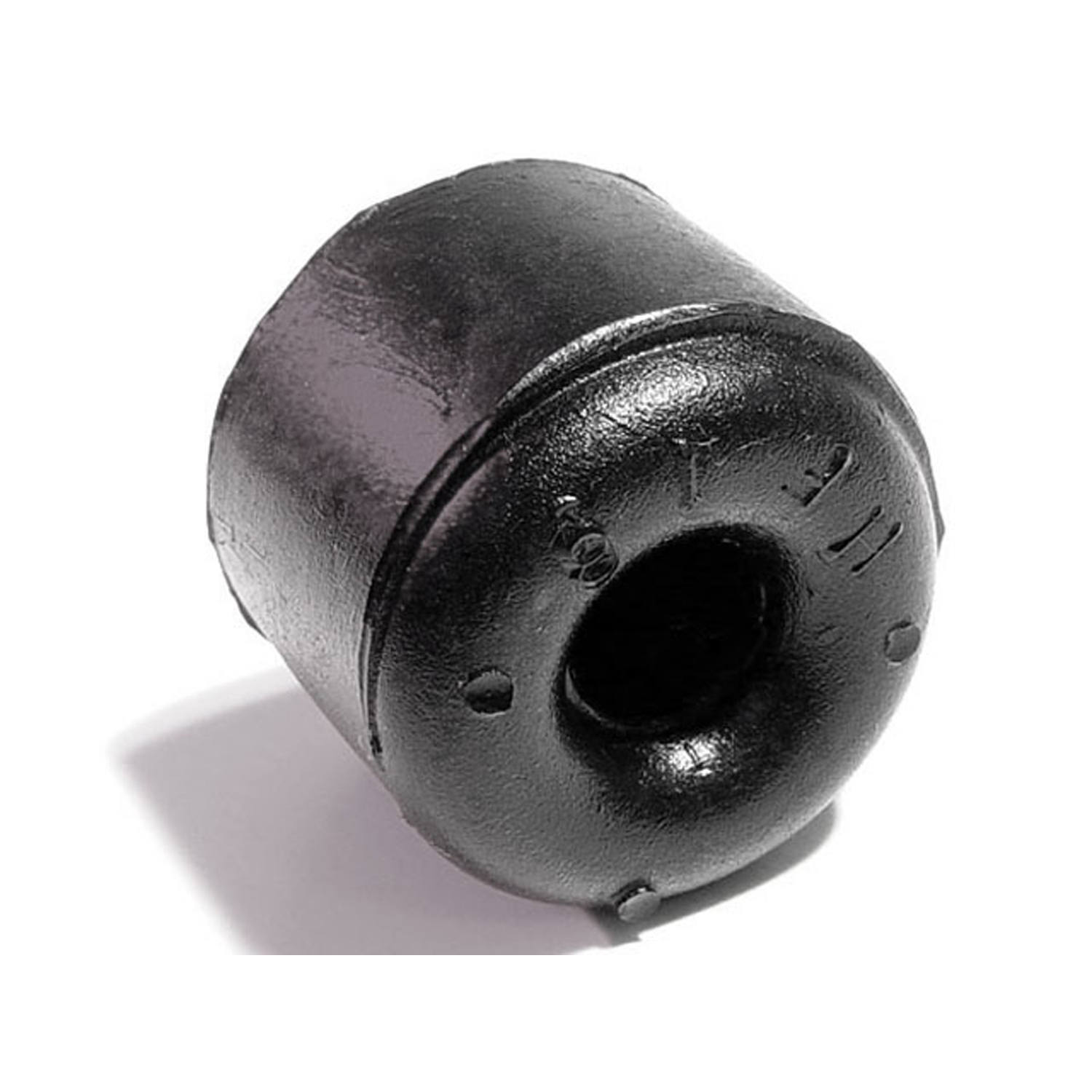 1957 Pontiac Chieftain Door and Hood Bumper. 1" diameter X 7/8" thick. Each-HF 16Door and Hood Bumper. 1" diameter X 7/8" thick. Each
1957 Pontiac Chieftain Door and Hood Bumper. 1" diameter X 7/8" thick. Each-HF 16Door and Hood Bumper. 1" diameter X 7/8" thick. Each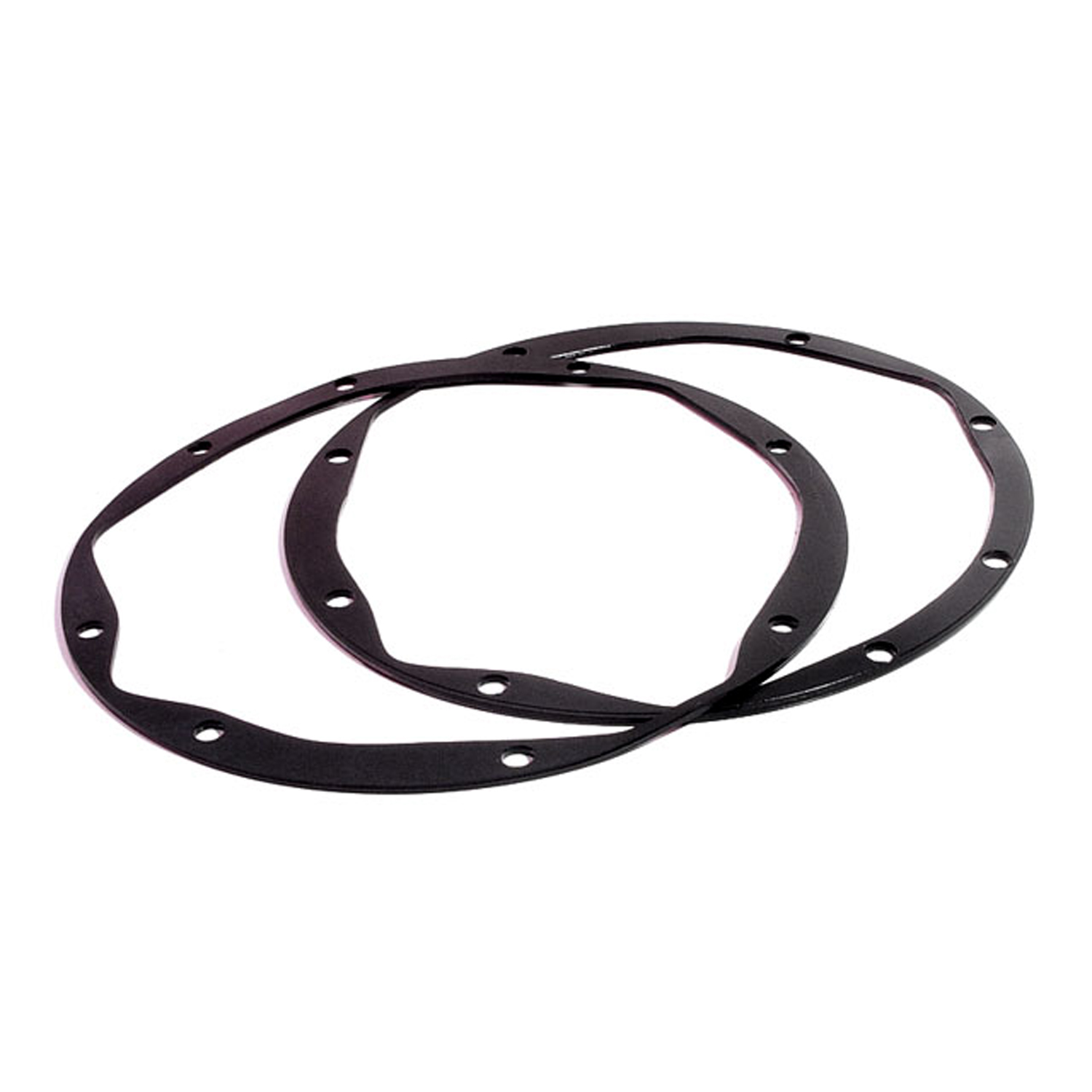 1957 Pontiac Chieftain Headlight Assembly Housing Pad. 8-3/8" O.D. Pair-HR 7Headlight Assembly Housing Pad. 8-3/8" O.D. Pair
1957 Pontiac Chieftain Headlight Assembly Housing Pad. 8-3/8" O.D. Pair-HR 7Headlight Assembly Housing Pad. 8-3/8" O.D. Pair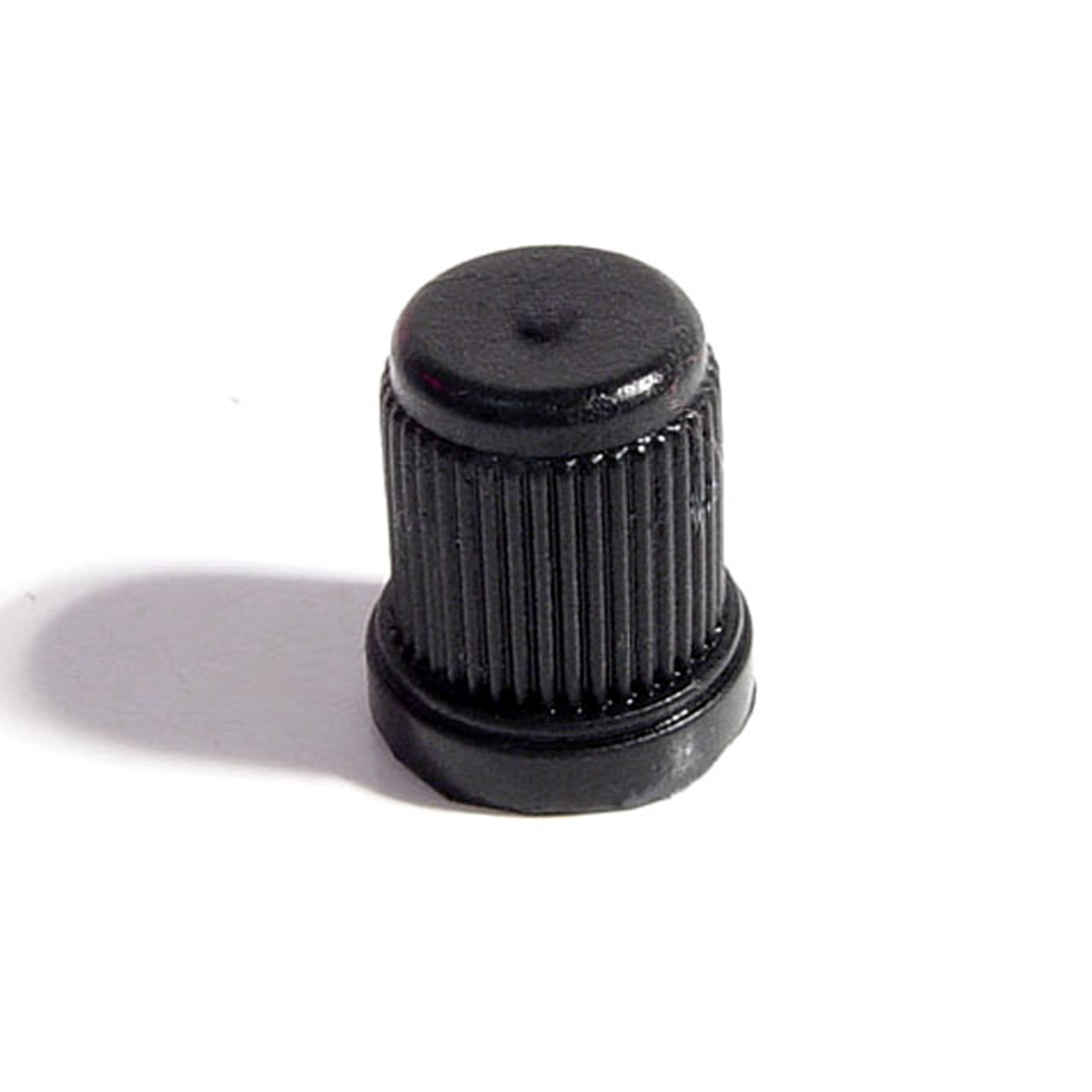 1957 Pontiac Chieftain Trip Meter Reset Knob. Made of black rubber-KN 10Trip Meter Reset Knob. Made of black rubber. Compare to measurements: 1/8" I.D., 7/16" O.D. X 1/2" tall. Each
1957 Pontiac Chieftain Trip Meter Reset Knob. Made of black rubber-KN 10Trip Meter Reset Knob. Made of black rubber. Compare to measurements: 1/8" I.D., 7/16" O.D. X 1/2" tall. Each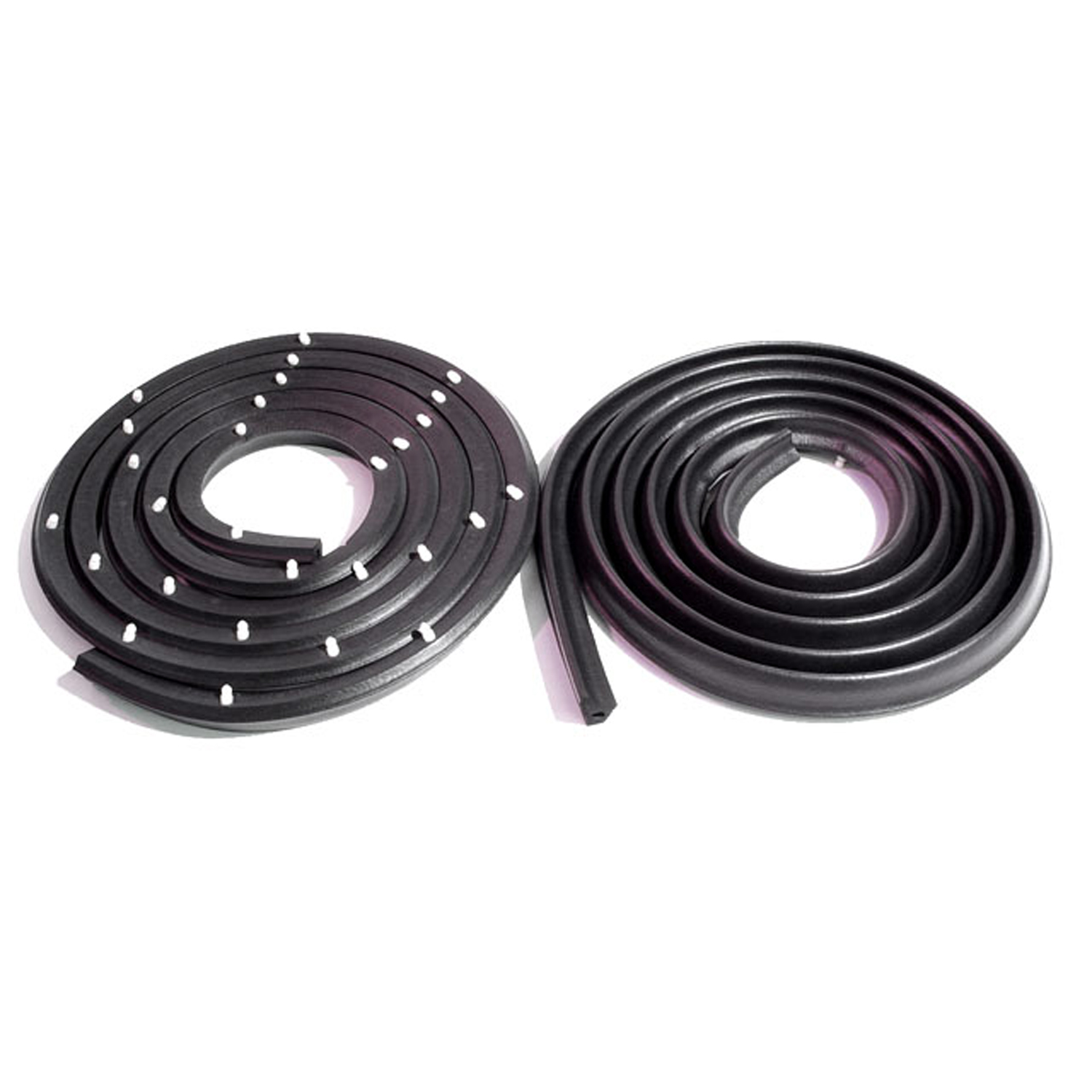 1957 Pontiac Chieftain Molded Door Seals with Clips, without Molded Ends-LM 54Molded Door Seals with Clips, without Molded Ends. For 2-door hardtop and convertible. Each 108" long. Pair R&L
1957 Pontiac Chieftain Molded Door Seals with Clips, without Molded Ends-LM 54Molded Door Seals with Clips, without Molded Ends. For 2-door hardtop and convertible. Each 108" long. Pair R&L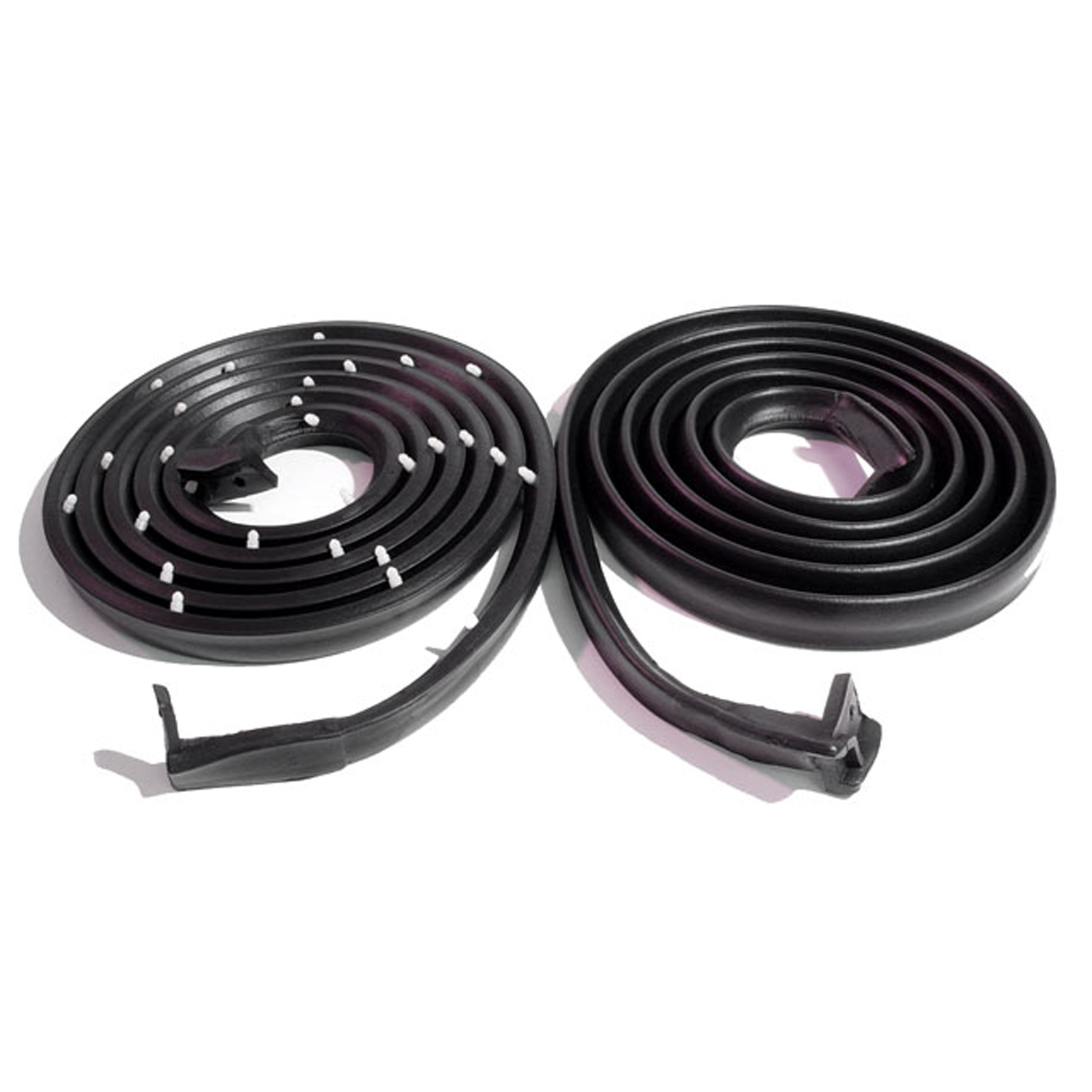 1957 Pontiac Chieftain Molded Door Seals with Clips and Molded Ends-LM 55Molded Door Seals with Clips and Molded Ends. For 2-door hardtop and convertible. Each 115-1/2" long. Pair R&L
1957 Pontiac Chieftain Molded Door Seals with Clips and Molded Ends-LM 55Molded Door Seals with Clips and Molded Ends. For 2-door hardtop and convertible. Each 115-1/2" long. Pair R&L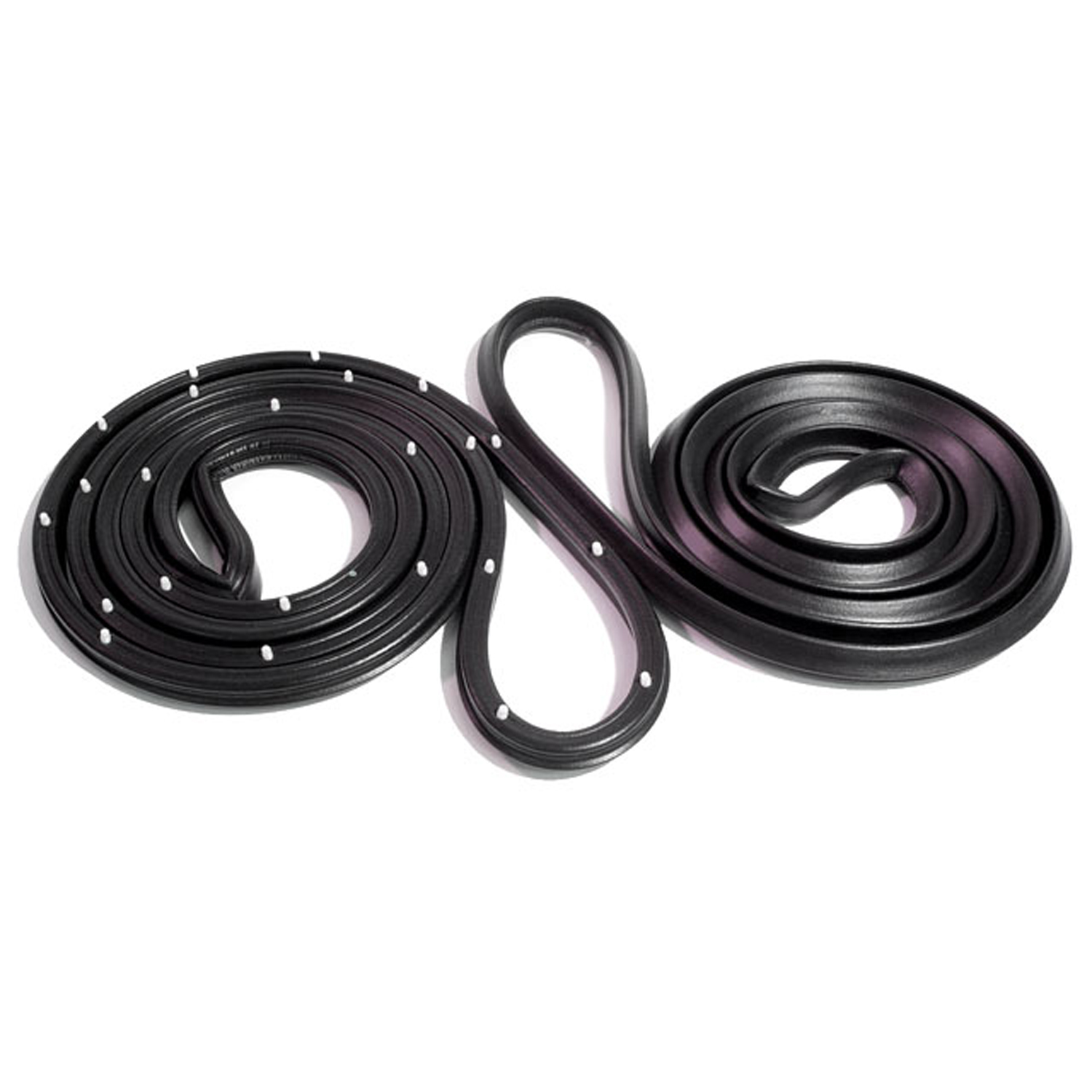 1957 Pontiac Chieftain Molded Door Seals with Clips-LM 56Molded Door Seals with Clips. Fit '55-'57 Chevrolet, Oldsmobile and Pontiac 2-Door Station Wagon, and 2-Door Sedan/Sedan Delivery Models. 165" long each. Pair R&L.
1957 Pontiac Chieftain Molded Door Seals with Clips-LM 56Molded Door Seals with Clips. Fit '55-'57 Chevrolet, Oldsmobile and Pontiac 2-Door Station Wagon, and 2-Door Sedan/Sedan Delivery Models. 165" long each. Pair R&L.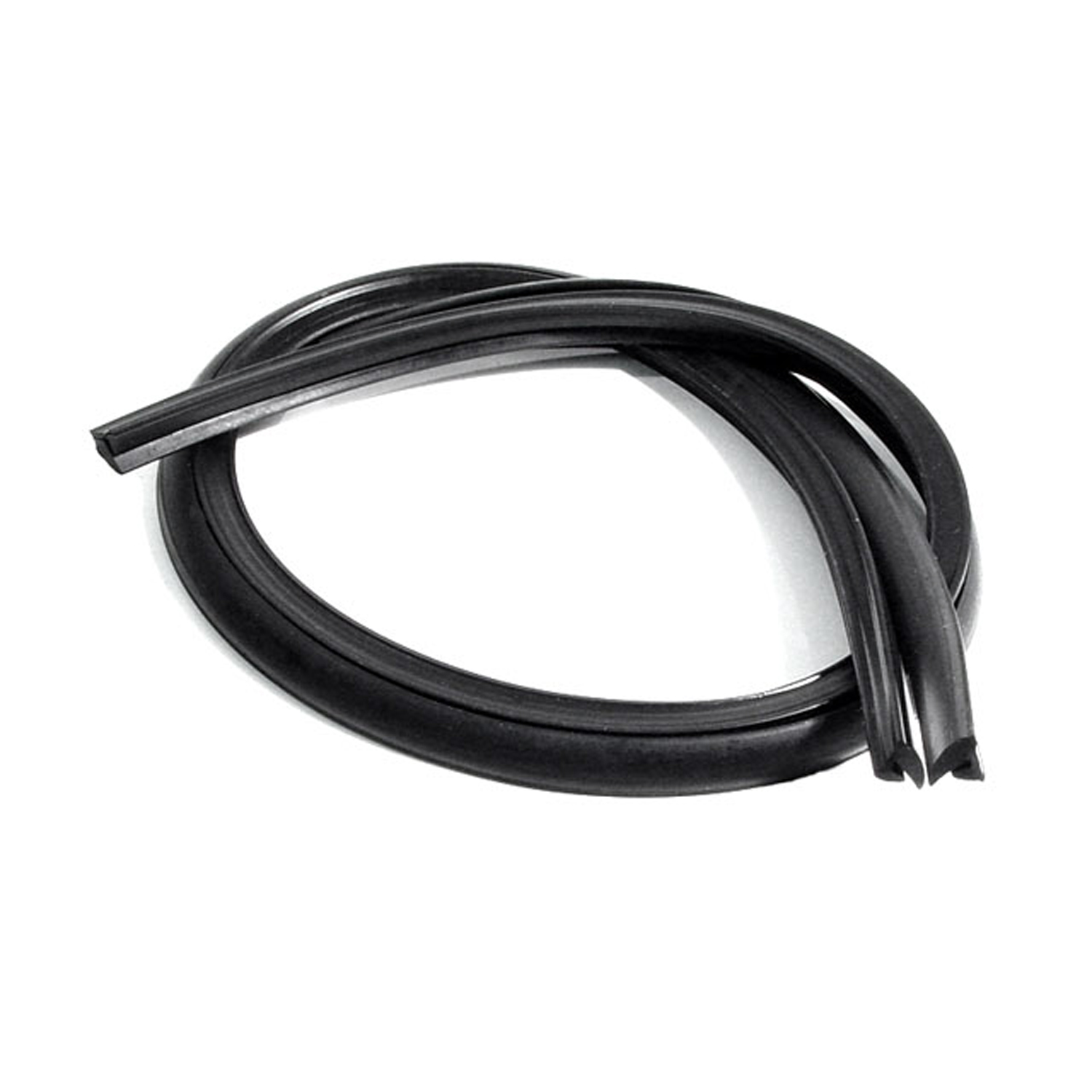 1957 Pontiac Chieftain Rear Tail-light to Body Seals. Enough for both tail-lights-MP 989-YRear Tail-light to Body Seals. Enough for both tail-lights. Two pieces, each is 24" long X 3/8" wide. Pair
1957 Pontiac Chieftain Rear Tail-light to Body Seals. Enough for both tail-lights-MP 989-YRear Tail-light to Body Seals. Enough for both tail-lights. Two pieces, each is 24" long X 3/8" wide. Pair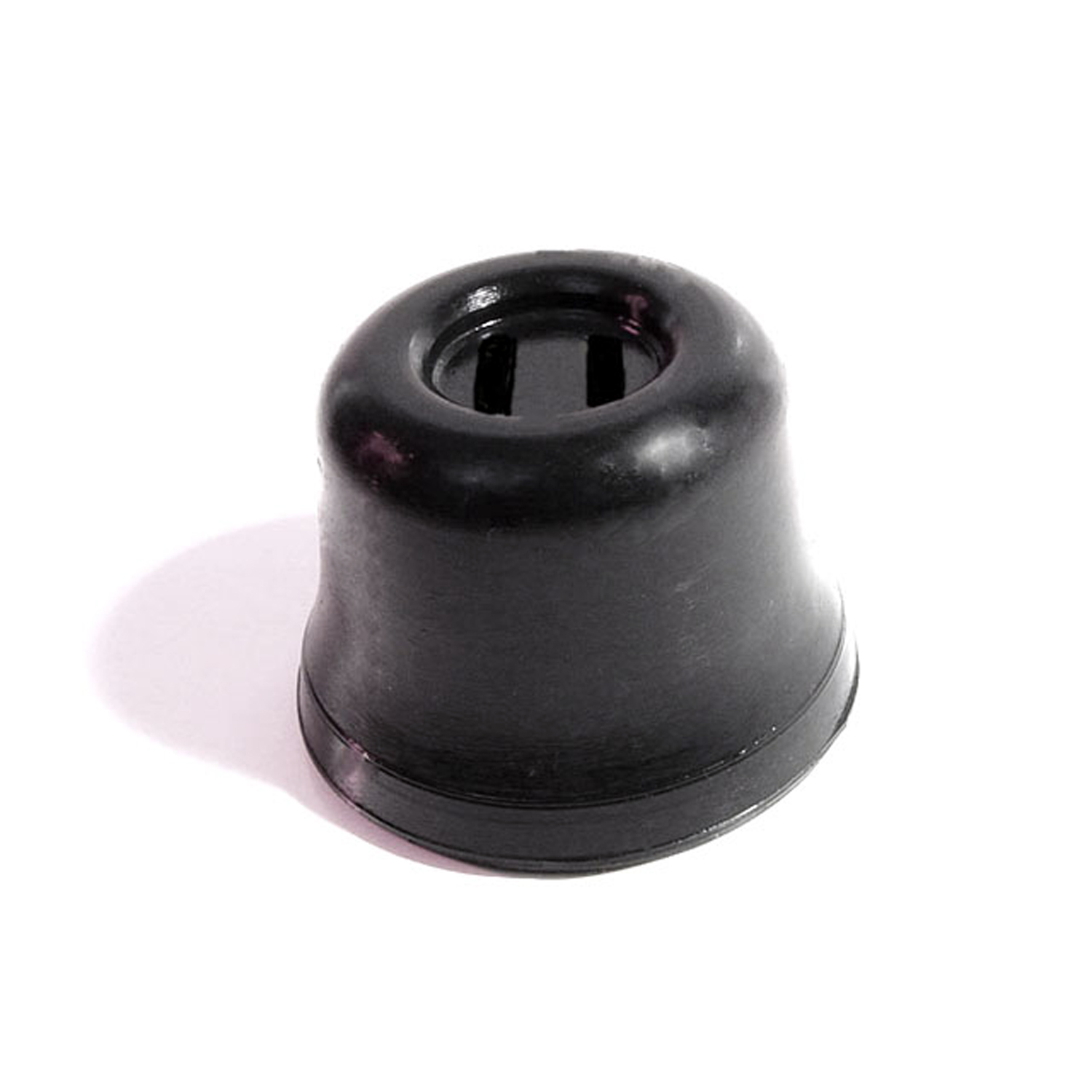 1957 Pontiac Chieftain Starter Solenoid Boot-RP 1-WStarter Solenoid Boot. Solenoid plunger starter switch at starter. Each
1957 Pontiac Chieftain Starter Solenoid Boot-RP 1-WStarter Solenoid Boot. Solenoid plunger starter switch at starter. Each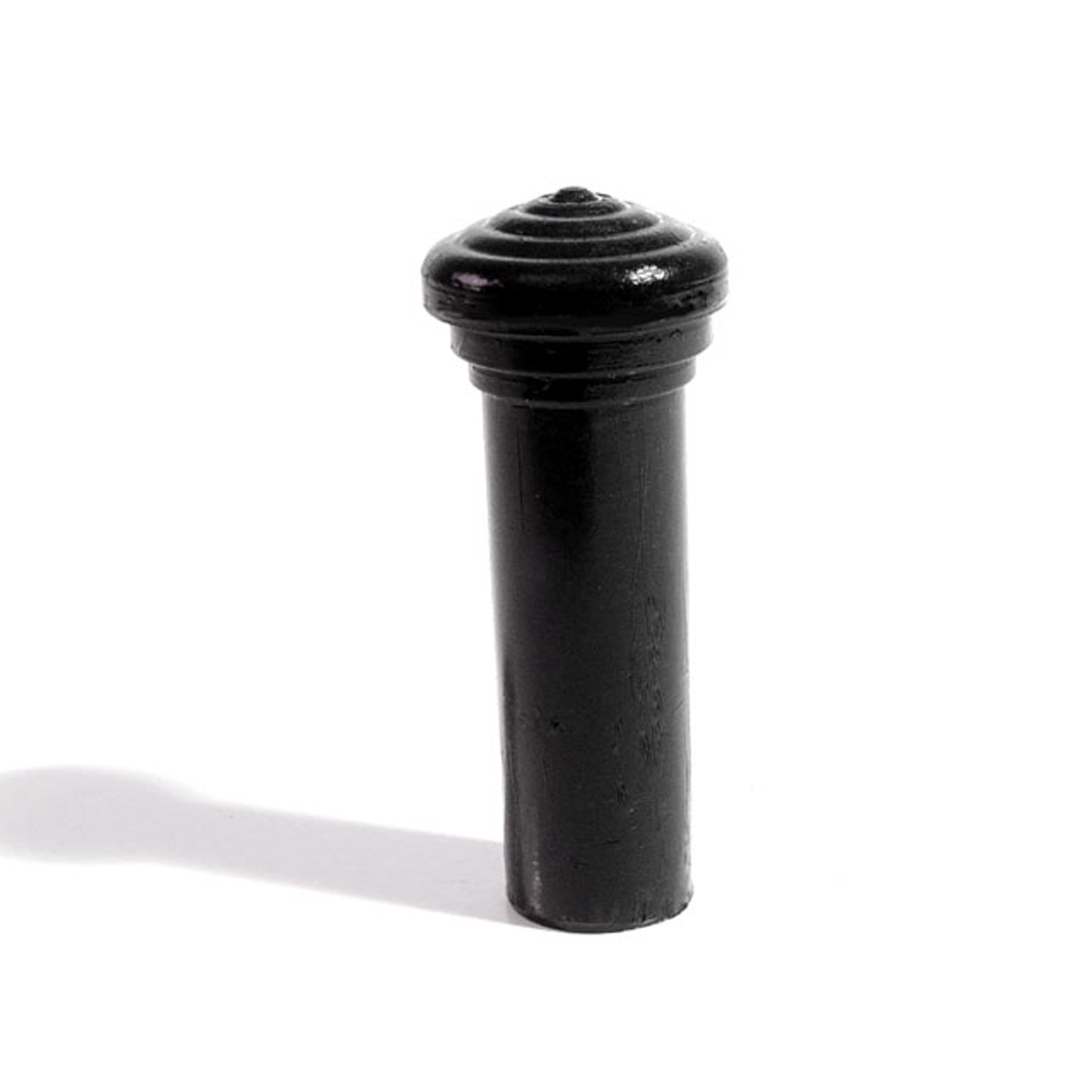 1957 Pontiac Chieftain Door Lock Knob. Made of Black rubber, self-threading-RP 304-ADoor Lock Knob. Made of Black rubber, self-threading. 1-3/8" tall with 1/8" lower I.D., 3/8" lower O.D. Each
1957 Pontiac Chieftain Door Lock Knob. Made of Black rubber, self-threading-RP 304-ADoor Lock Knob. Made of Black rubber, self-threading. 1-3/8" tall with 1/8" lower I.D., 3/8" lower O.D. Each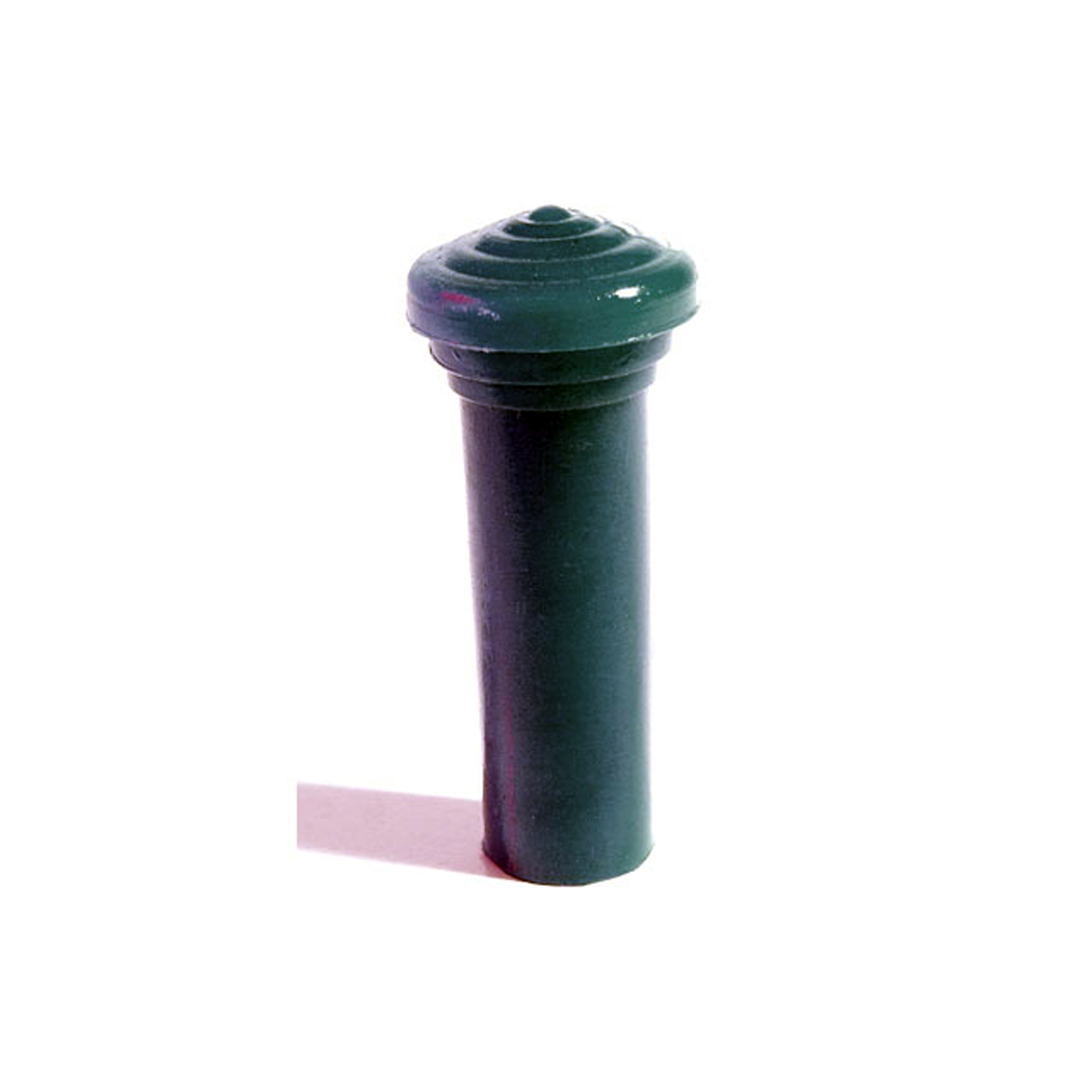 1957 Pontiac Chieftain Door Lock Knob. Made of Slate Blue rubber, self-threading-RP 304-CDoor Lock Knob. Made of Slate Blue rubber, self-threading. 1-3/8" tall with 1/8" lower I.D., 3/8" lower O.D. Each
1957 Pontiac Chieftain Door Lock Knob. Made of Slate Blue rubber, self-threading-RP 304-CDoor Lock Knob. Made of Slate Blue rubber, self-threading. 1-3/8" tall with 1/8" lower I.D., 3/8" lower O.D. Each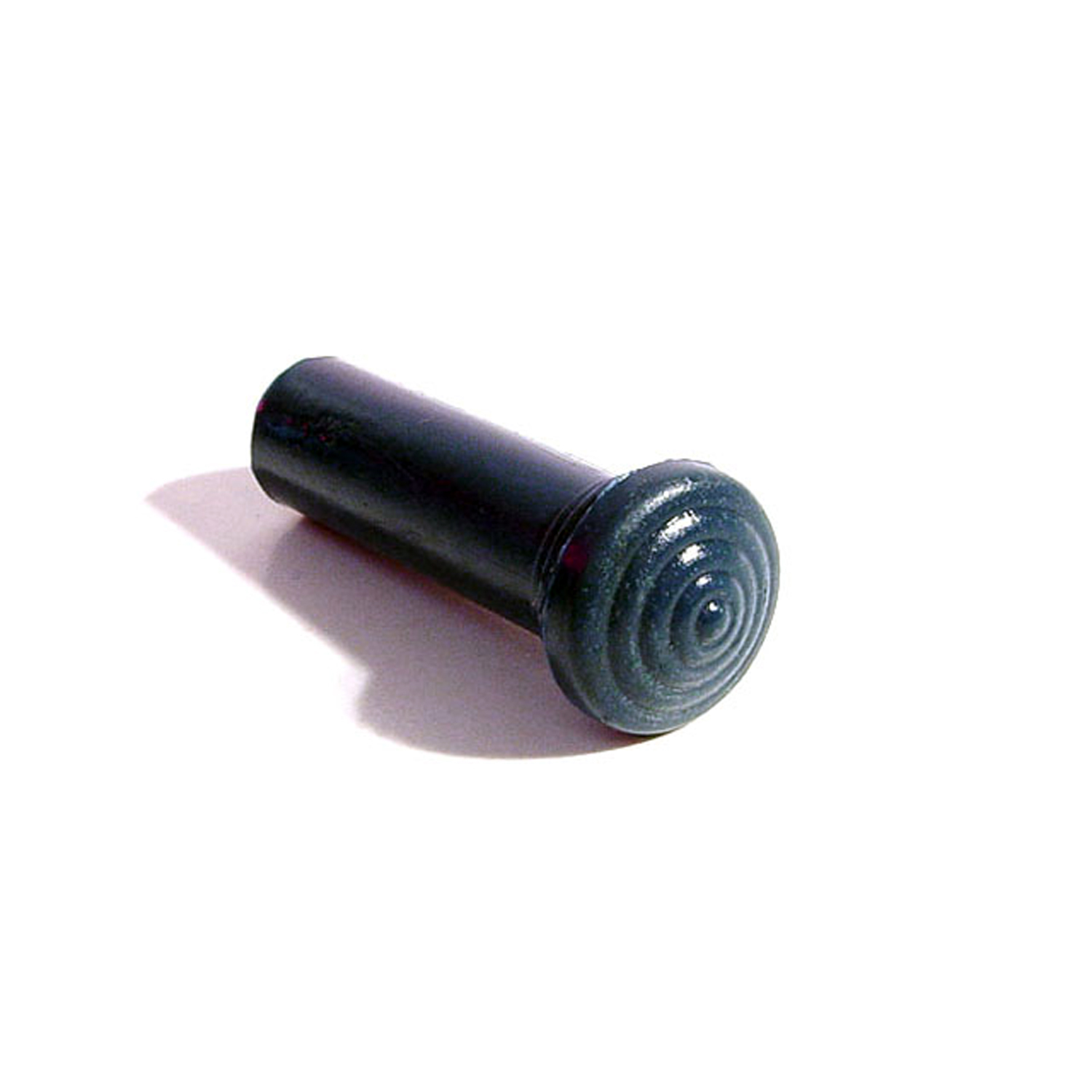 1957 Pontiac Chieftain Door Lock Knob. Made of Navy Blue rubber, self-threading-RP 304-DDoor Lock Knob. Made of Navy Blue rubber, self-threading. 1-3/8" tall with 1/8" lower I.D., 3/8" lower O.D. Each
1957 Pontiac Chieftain Door Lock Knob. Made of Navy Blue rubber, self-threading-RP 304-DDoor Lock Knob. Made of Navy Blue rubber, self-threading. 1-3/8" tall with 1/8" lower I.D., 3/8" lower O.D. Each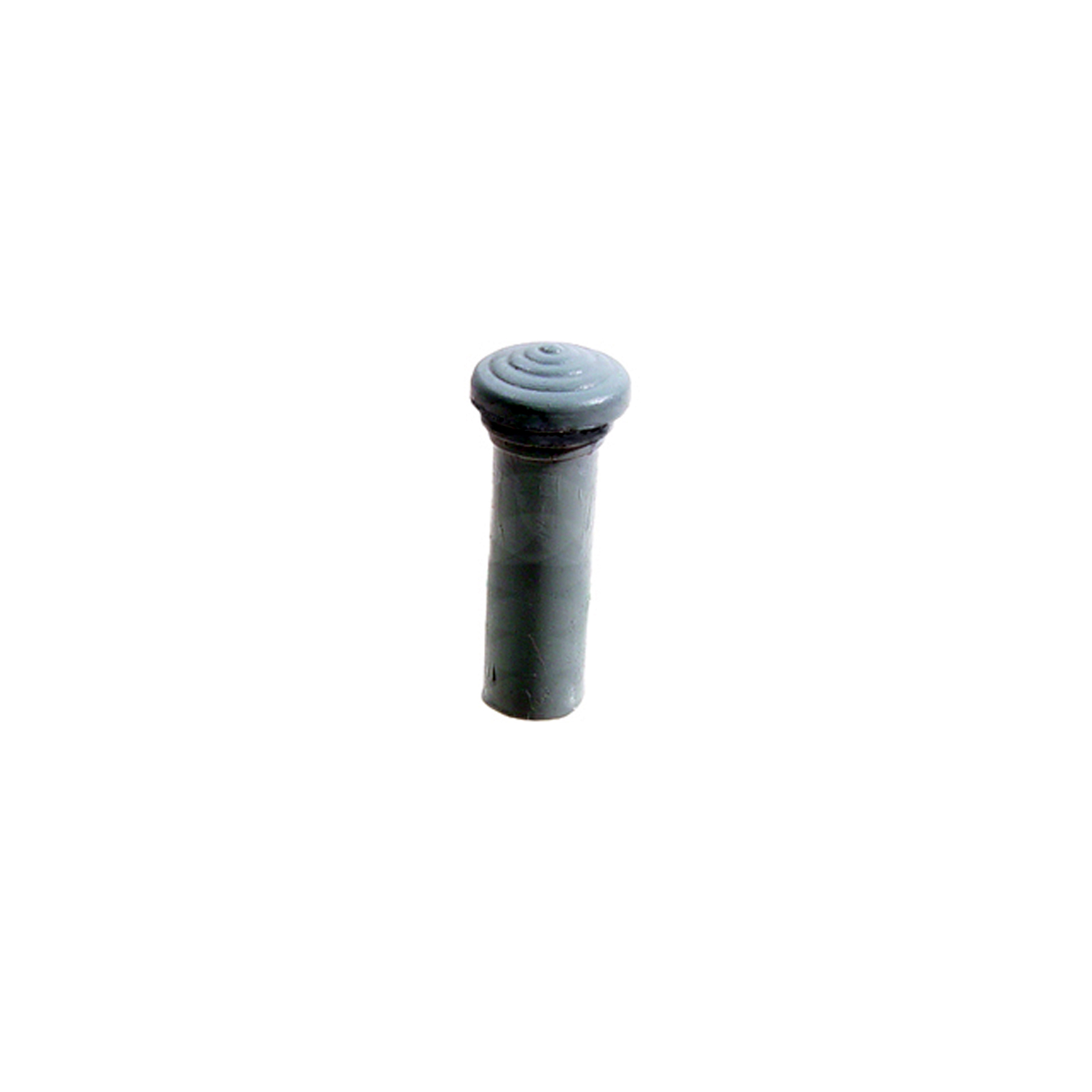 1957 Pontiac Chieftain Door Lock Knob. Made of Silver Blue rubber, self-threading-RP 304-EDoor Lock Knob. Made of Silver Blue rubber, self-threading. 1-3/8" tall with 1/8" lower I.D., 3/8" lower O.D. Each
1957 Pontiac Chieftain Door Lock Knob. Made of Silver Blue rubber, self-threading-RP 304-EDoor Lock Knob. Made of Silver Blue rubber, self-threading. 1-3/8" tall with 1/8" lower I.D., 3/8" lower O.D. Each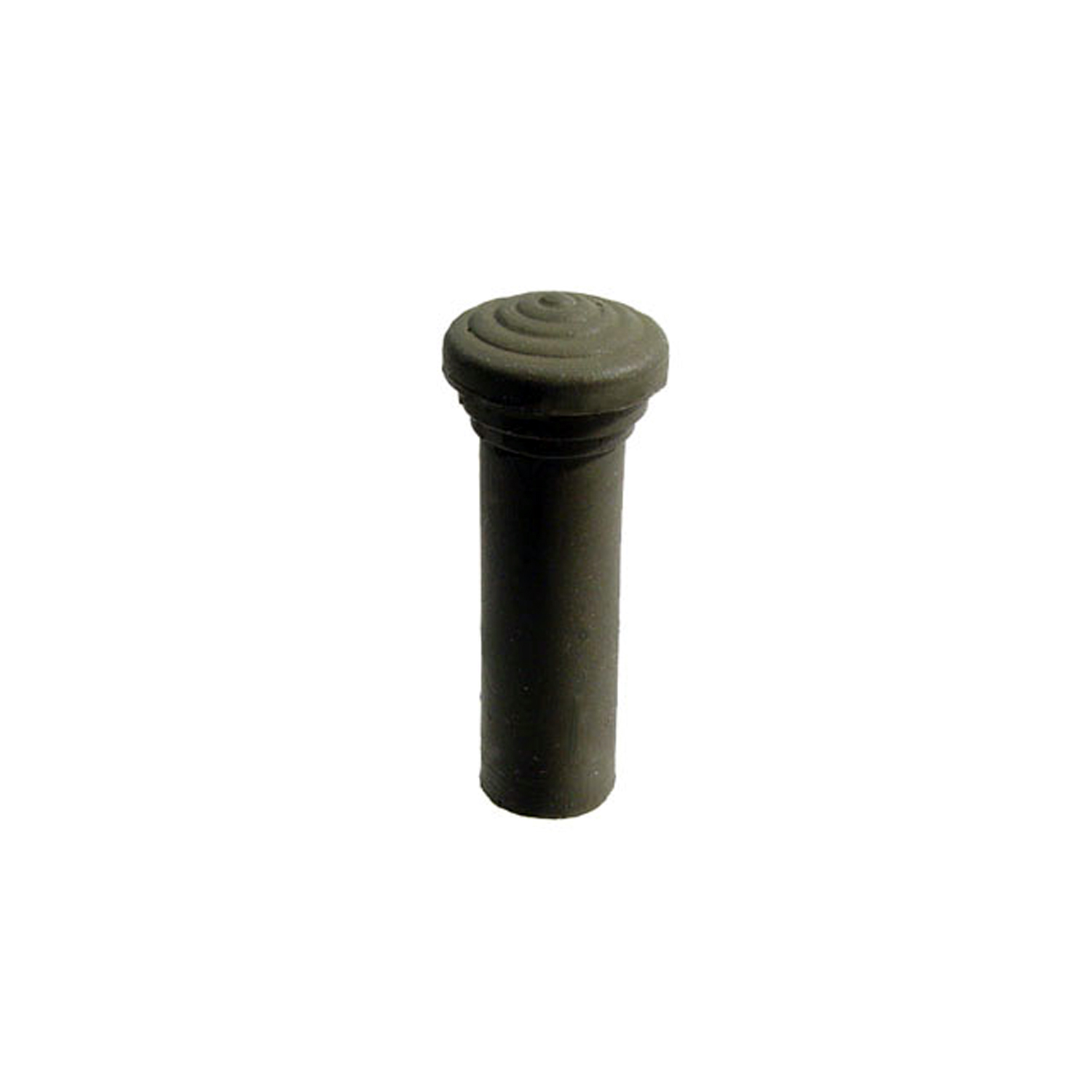 1957 Pontiac Chieftain Door Lock Knob. Made of Fawn colored rubber, self-threading-RP 304-FDoor Lock Knob. Made of Fawn colored rubber, self-threading. 1-3/8" tall with 1/8" lower I.D., 3/8" lower O.D. Each
1957 Pontiac Chieftain Door Lock Knob. Made of Fawn colored rubber, self-threading-RP 304-FDoor Lock Knob. Made of Fawn colored rubber, self-threading. 1-3/8" tall with 1/8" lower I.D., 3/8" lower O.D. Each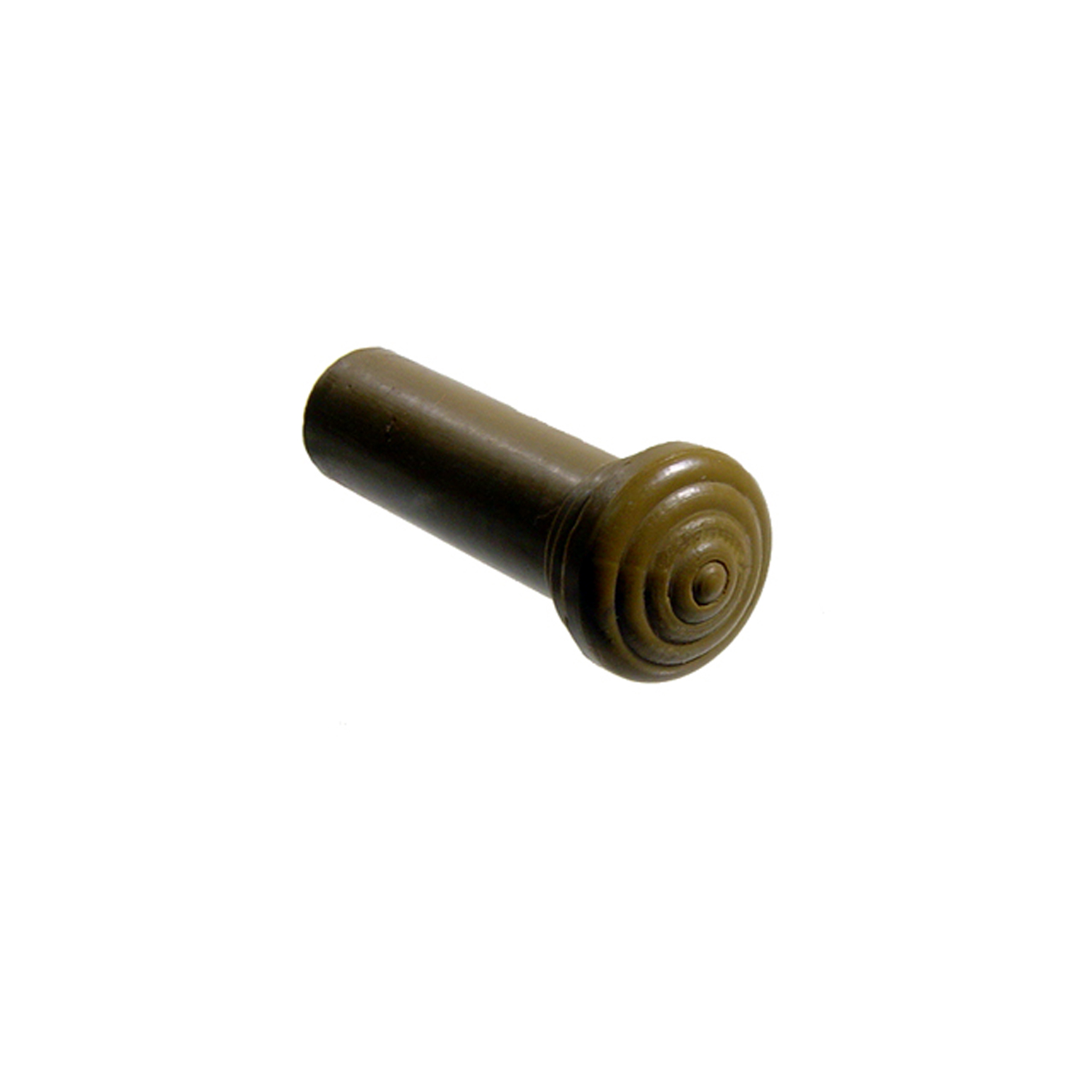 1957 Pontiac Chieftain Door Lock Knob. Made of Olive Green rubber, self-threading-RP 304-GDoor Lock Knob. Made of Olive Green rubber, self-threading. 1-3/8" tall with 1/8" lower I.D., 3/8" lower O.D. Each
1957 Pontiac Chieftain Door Lock Knob. Made of Olive Green rubber, self-threading-RP 304-GDoor Lock Knob. Made of Olive Green rubber, self-threading. 1-3/8" tall with 1/8" lower I.D., 3/8" lower O.D. Each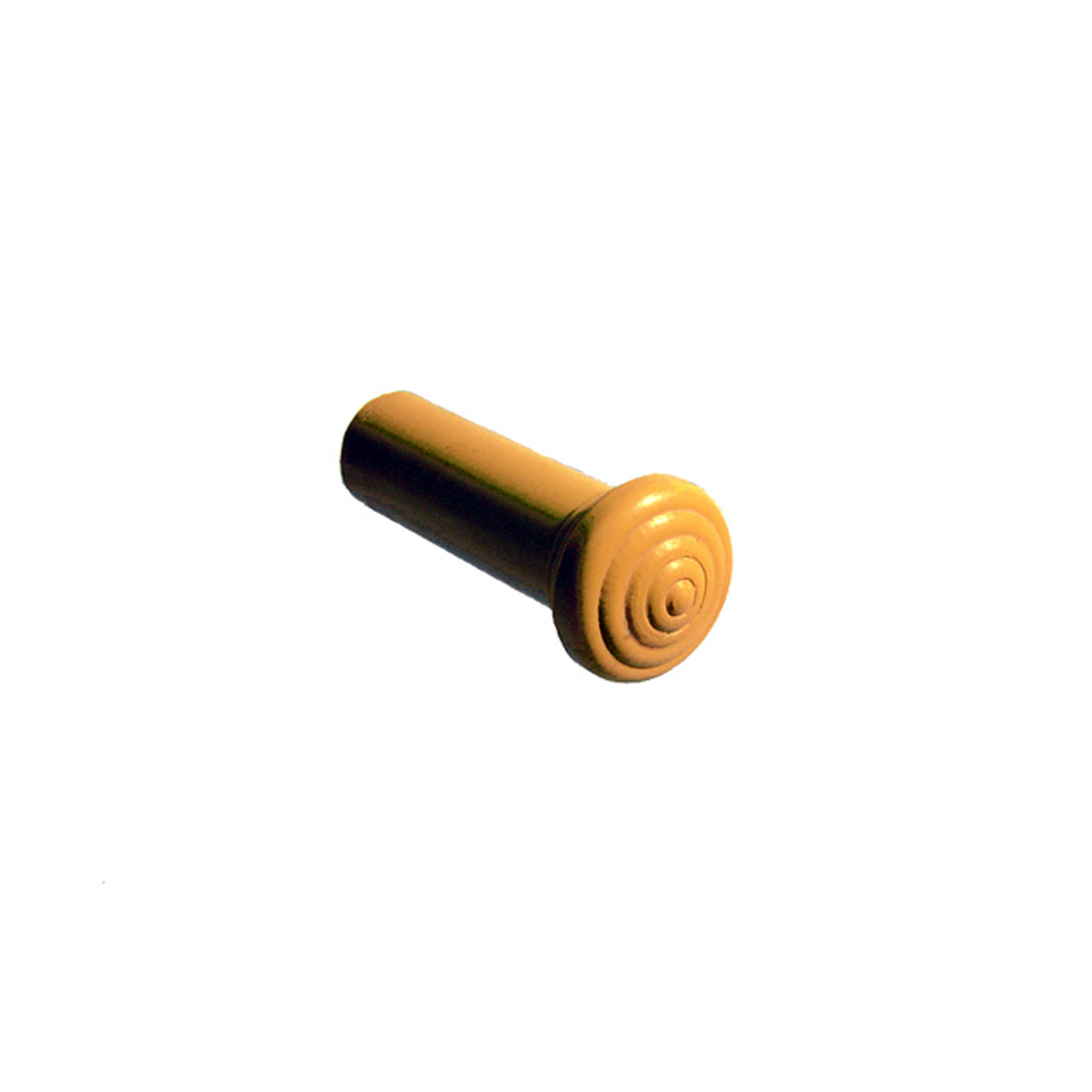 1957 Pontiac Chieftain Door Lock Knob. Made of Yellow rubber, self-threading-RP 304-HDoor Lock Knob. Made of Yellow rubber, self-threading. 1-3/8" tall with 1/8" lower I.D., 3/8" lower O.D. Each
1957 Pontiac Chieftain Door Lock Knob. Made of Yellow rubber, self-threading-RP 304-HDoor Lock Knob. Made of Yellow rubber, self-threading. 1-3/8" tall with 1/8" lower I.D., 3/8" lower O.D. Each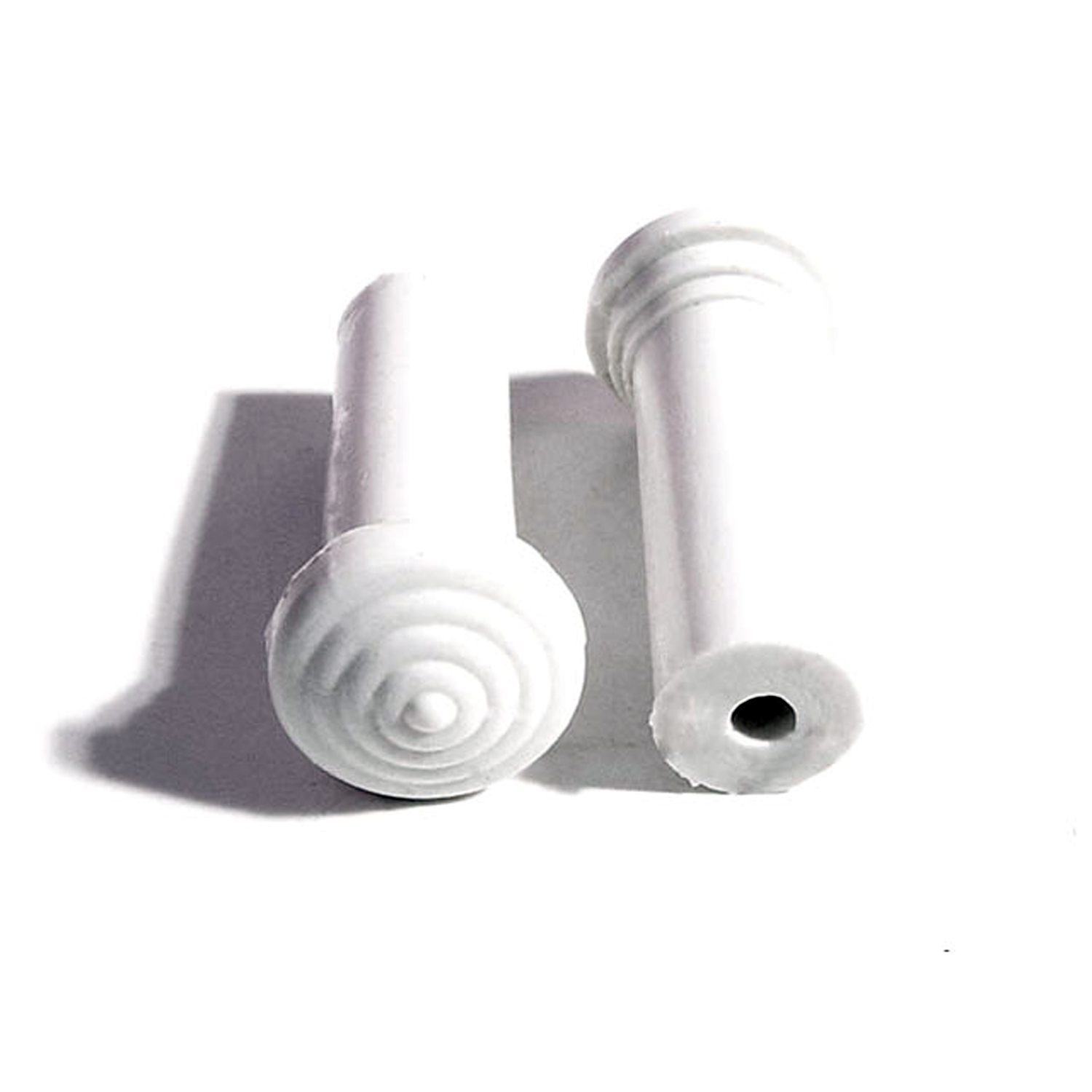 1957 Pontiac Chieftain Door Lock Knob. Made of White rubber, self-threading-RP 304-IDoor Lock Knob. Made of White rubber, self-threading. 1-3/8" tall with 1/8" lower I.D., 3/8" lower O.D. Each
1957 Pontiac Chieftain Door Lock Knob. Made of White rubber, self-threading-RP 304-IDoor Lock Knob. Made of White rubber, self-threading. 1-3/8" tall with 1/8" lower I.D., 3/8" lower O.D. Each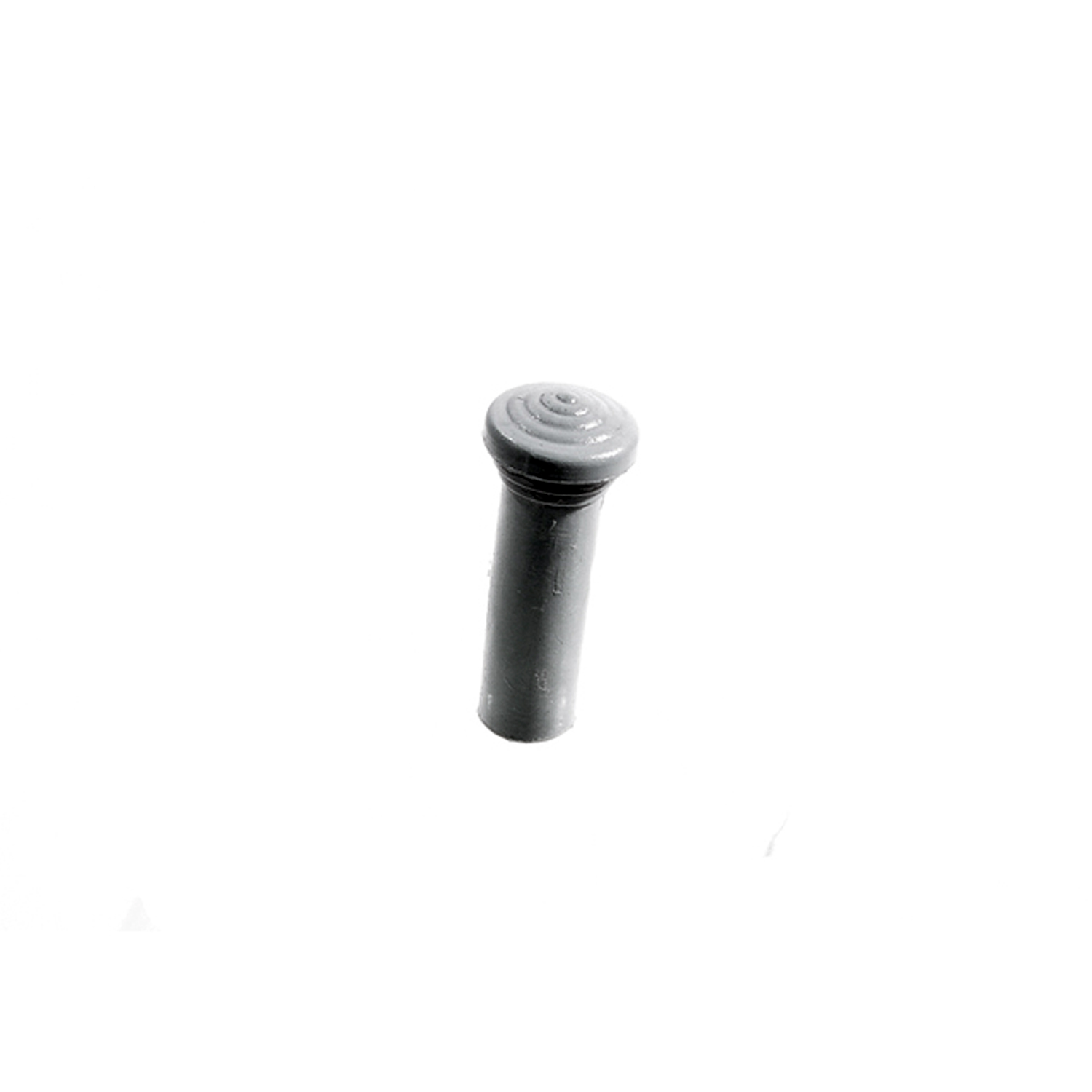 1957 Pontiac Chieftain Door Lock Knob. Made of Silver rubber, self-threading-RP 304-JDoor Lock Knob. Made of Silver rubber, self-threading. 1-3/8" tall with 1/8" lower I.D., 3/8" lower O.D. Each
1957 Pontiac Chieftain Door Lock Knob. Made of Silver rubber, self-threading-RP 304-JDoor Lock Knob. Made of Silver rubber, self-threading. 1-3/8" tall with 1/8" lower I.D., 3/8" lower O.D. Each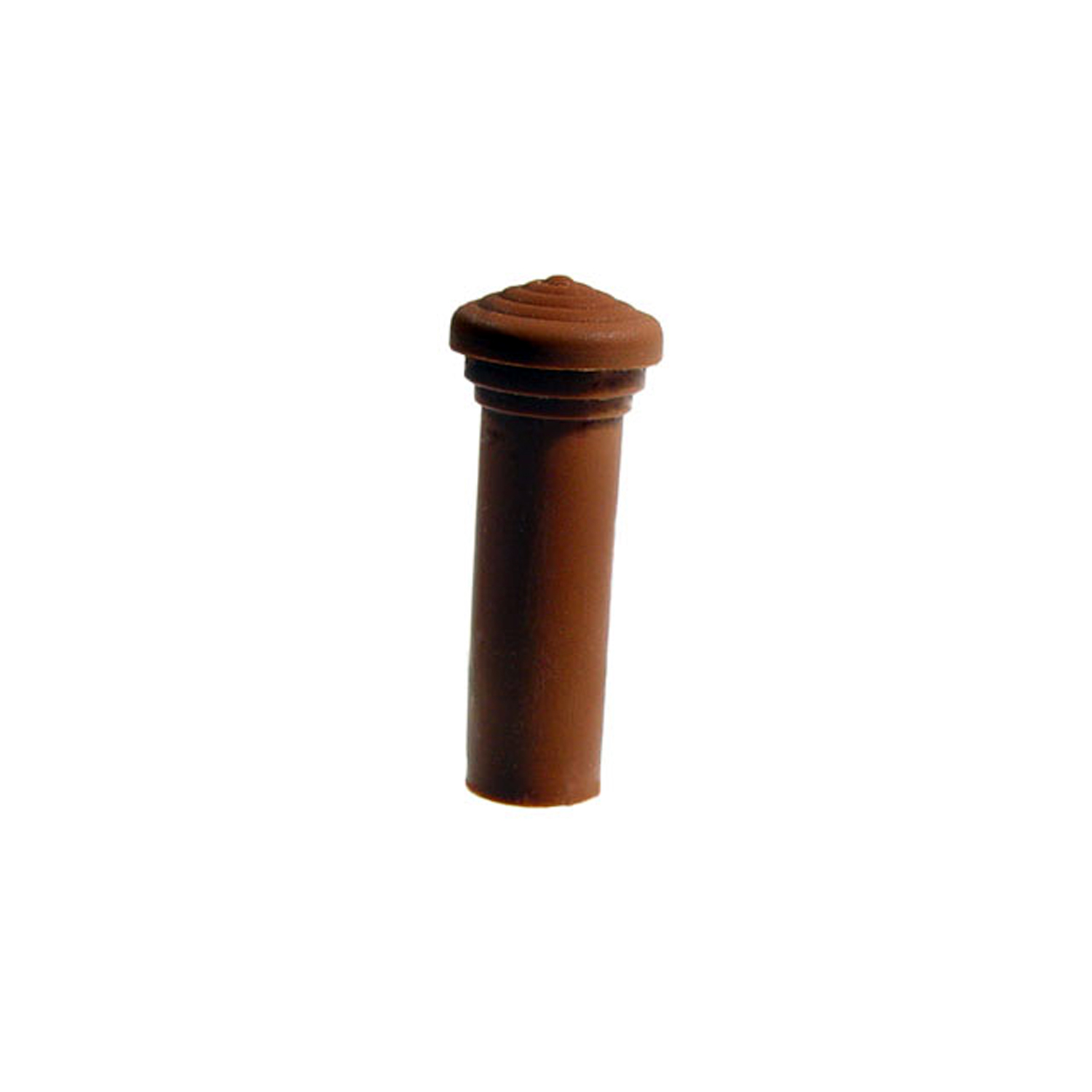 1957 Pontiac Chieftain Door Lock Knob. Made of Medium Brown rubber, self-threading-RP 304-KDoor Lock Knob. Made of Medium Brown rubber, self-threading. 1-3/8" tall with 1/8" lower I.D., 3/8" lower O.D. Each
1957 Pontiac Chieftain Door Lock Knob. Made of Medium Brown rubber, self-threading-RP 304-KDoor Lock Knob. Made of Medium Brown rubber, self-threading. 1-3/8" tall with 1/8" lower I.D., 3/8" lower O.D. Each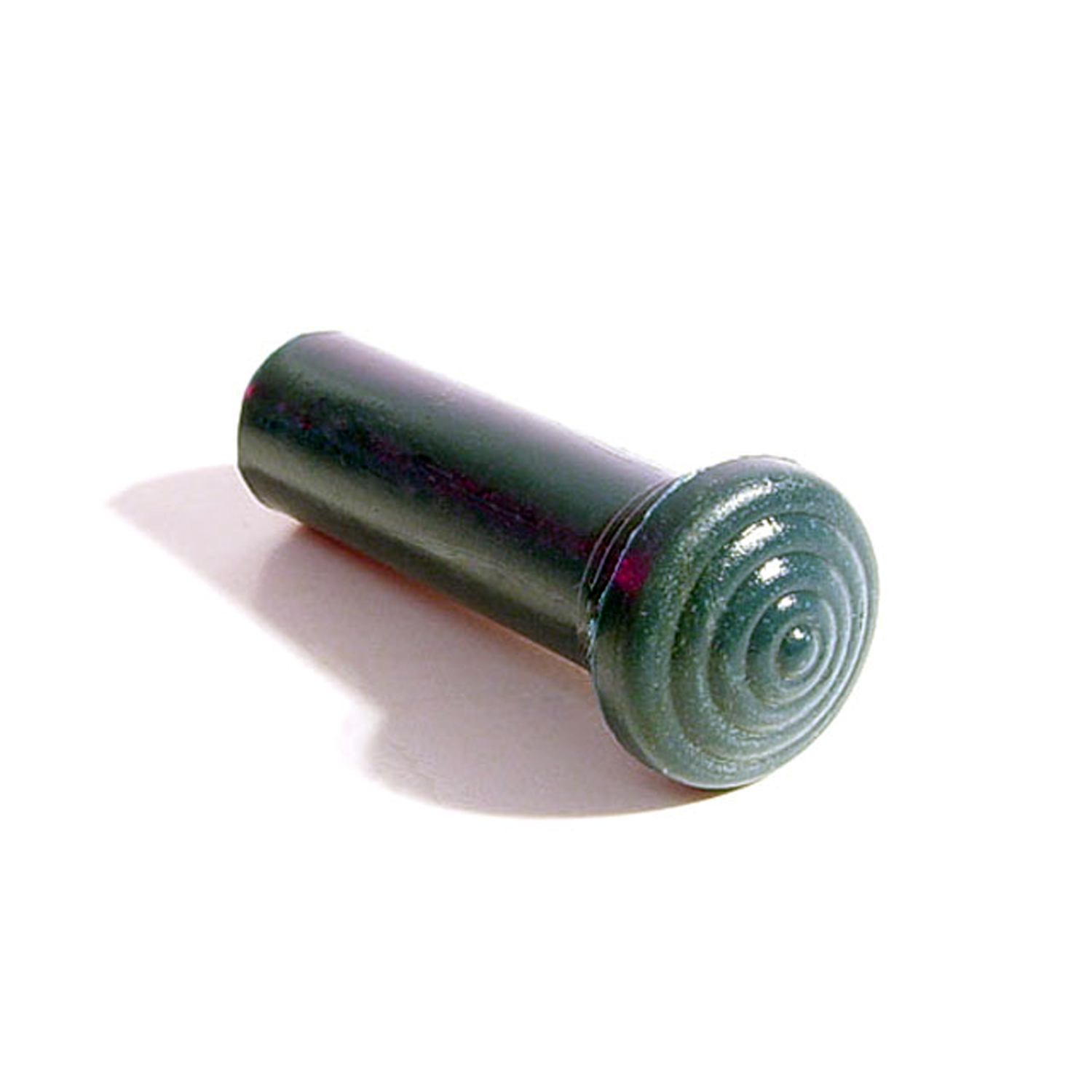 1957 Pontiac Chieftain Door Lock Knob. Made of Wedgwood rubber, self-threading-RP 304-LDoor Lock Knob. Made of Wedgwood rubber, self-threading. 1-3/8" tall with 1/8" lower I.D., 3/8" lower O.D. Each
1957 Pontiac Chieftain Door Lock Knob. Made of Wedgwood rubber, self-threading-RP 304-LDoor Lock Knob. Made of Wedgwood rubber, self-threading. 1-3/8" tall with 1/8" lower I.D., 3/8" lower O.D. Each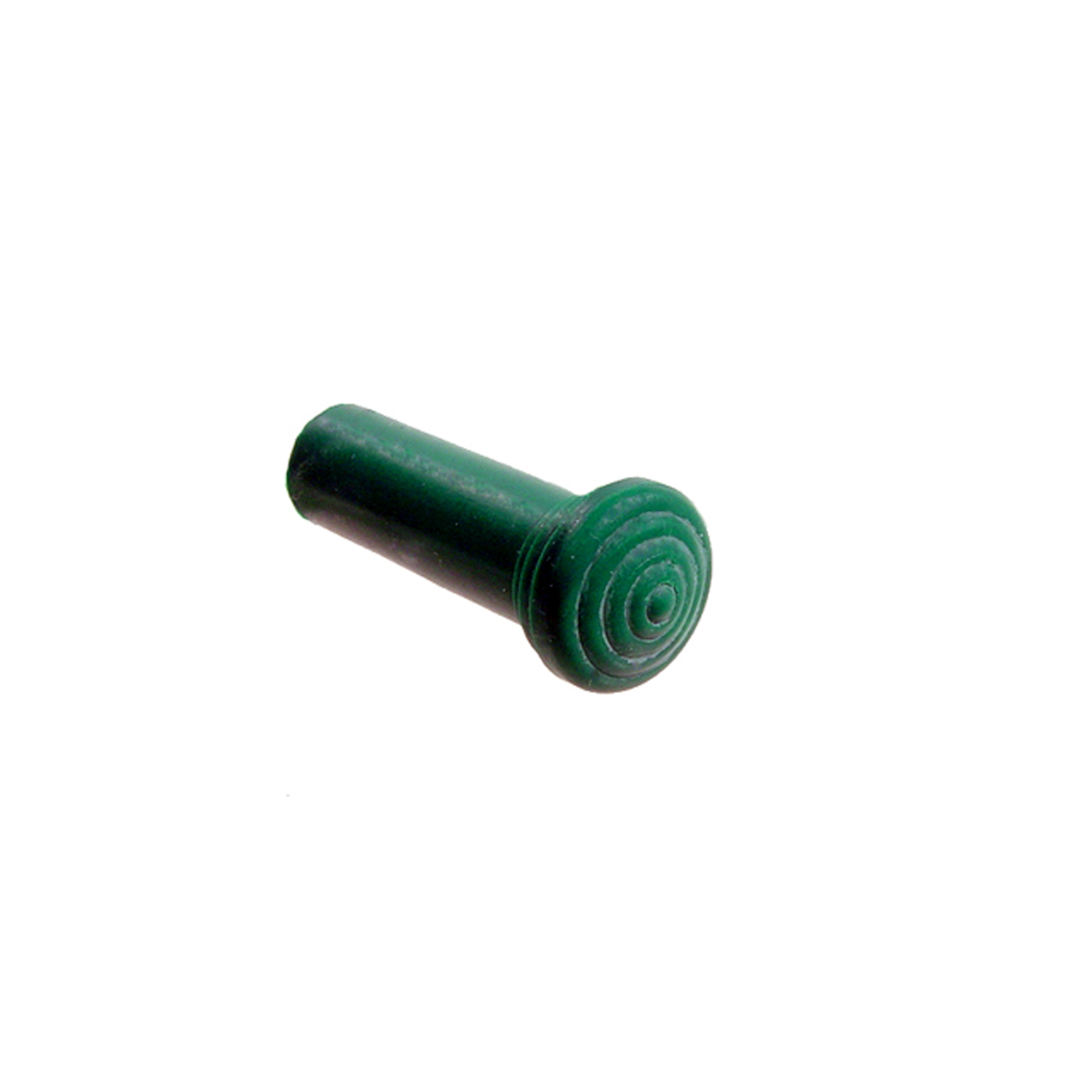 1957 Pontiac Chieftain Door Lock Knob. Made of Teal Green rubber, self-threading-RP 304-MDoor Lock Knob. Made of Teal Green rubber, self-threading. 1-3/8" tall with 1/8" lower I.D., 3/8" lower O.D. Each
1957 Pontiac Chieftain Door Lock Knob. Made of Teal Green rubber, self-threading-RP 304-MDoor Lock Knob. Made of Teal Green rubber, self-threading. 1-3/8" tall with 1/8" lower I.D., 3/8" lower O.D. Each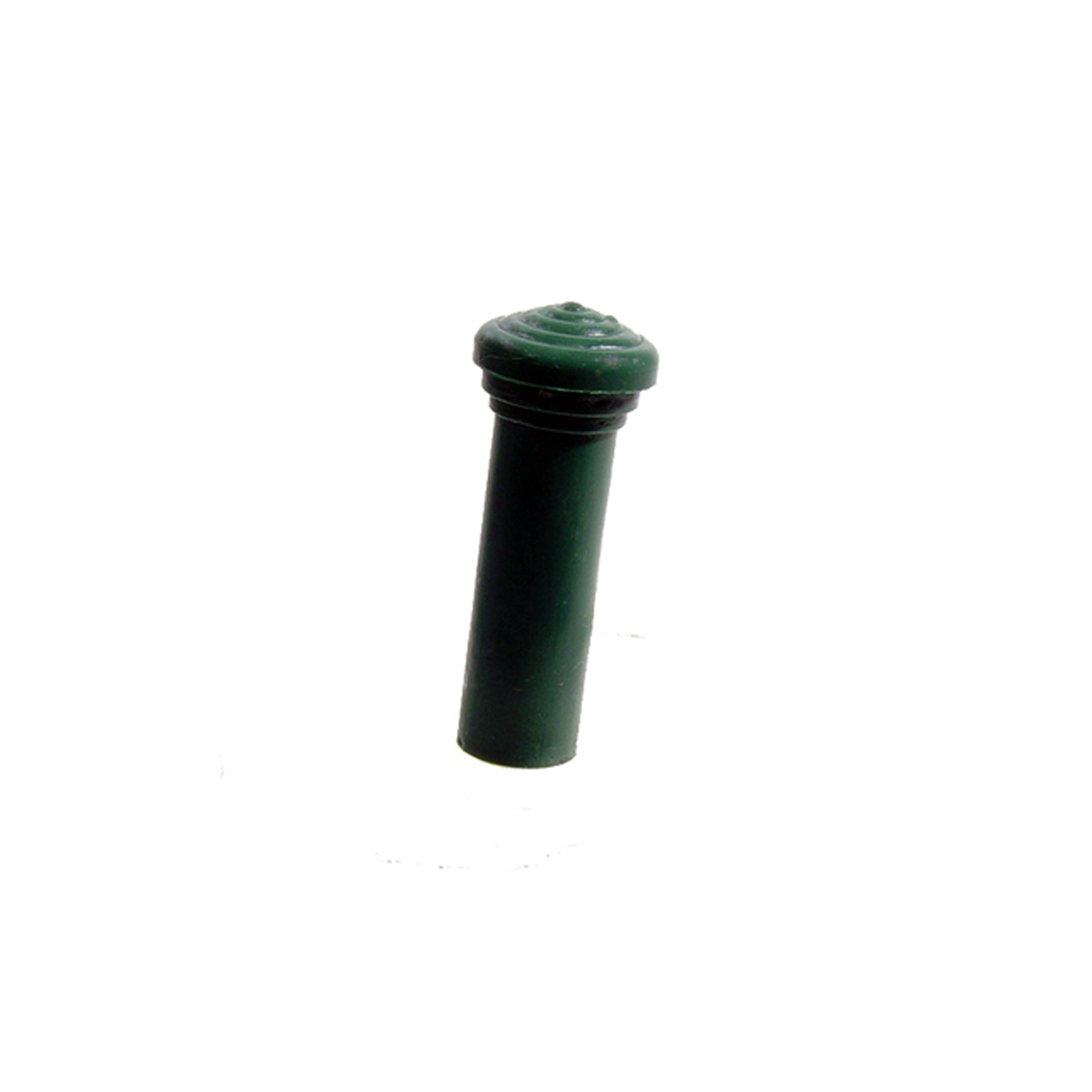 1957 Pontiac Chieftain Door Lock Knob. Made of Moss Green rubber, self-threading-RP 304-NDoor Lock Knob. Made of Moss Green rubber, self-threading. 1-3/8" tall with 1/8" lower I.D., 3/8" lower O.D. Each
1957 Pontiac Chieftain Door Lock Knob. Made of Moss Green rubber, self-threading-RP 304-NDoor Lock Knob. Made of Moss Green rubber, self-threading. 1-3/8" tall with 1/8" lower I.D., 3/8" lower O.D. Each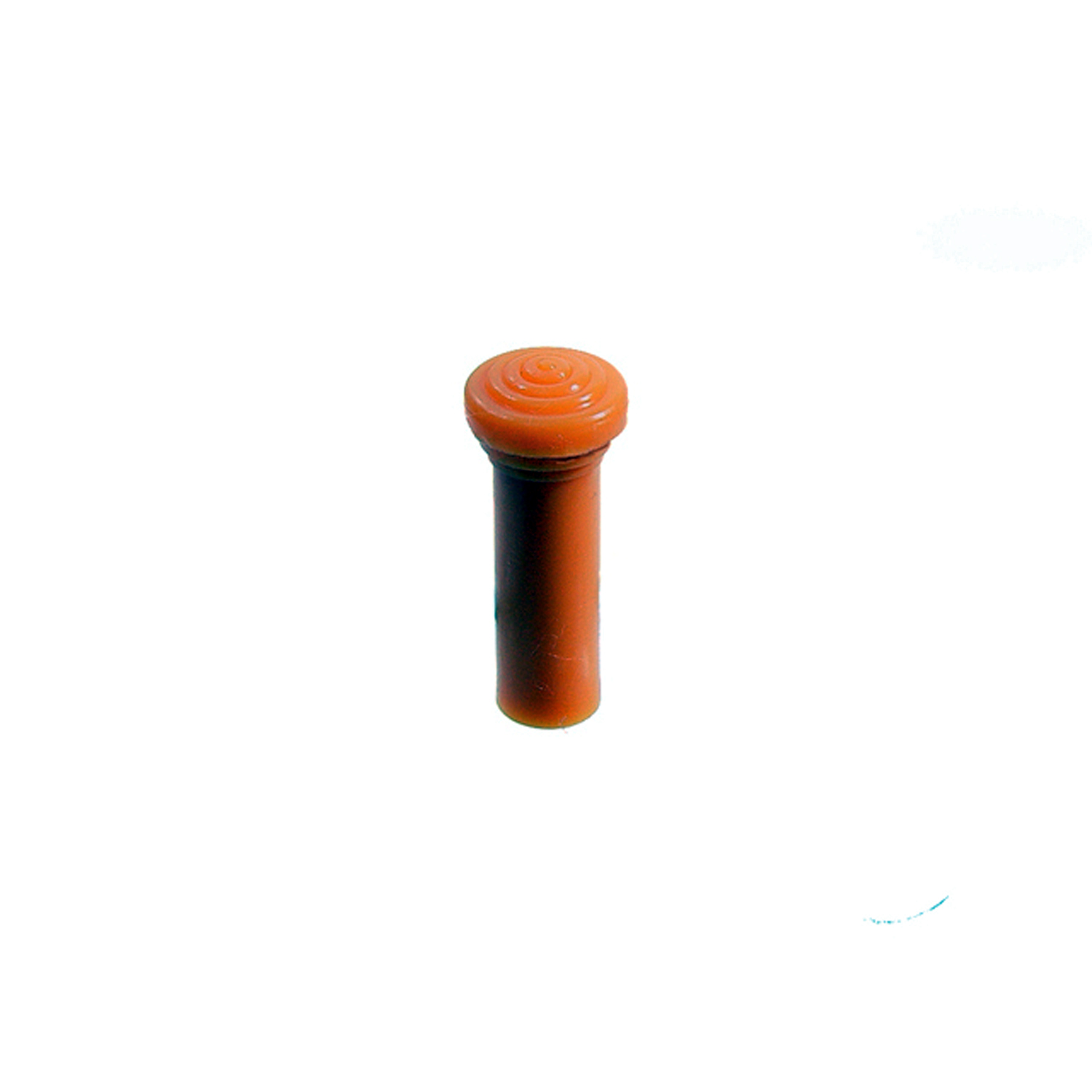 1957 Pontiac Chieftain Door Lock Knob. Made of Ember glow rubber, self-threading-RP 304-ODoor Lock Knob. Made of Ember glow rubber, self-threading. 1-3/8" tall with 1/8" lower I.D., 3/8" lower O.D. Each
1957 Pontiac Chieftain Door Lock Knob. Made of Ember glow rubber, self-threading-RP 304-ODoor Lock Knob. Made of Ember glow rubber, self-threading. 1-3/8" tall with 1/8" lower I.D., 3/8" lower O.D. Each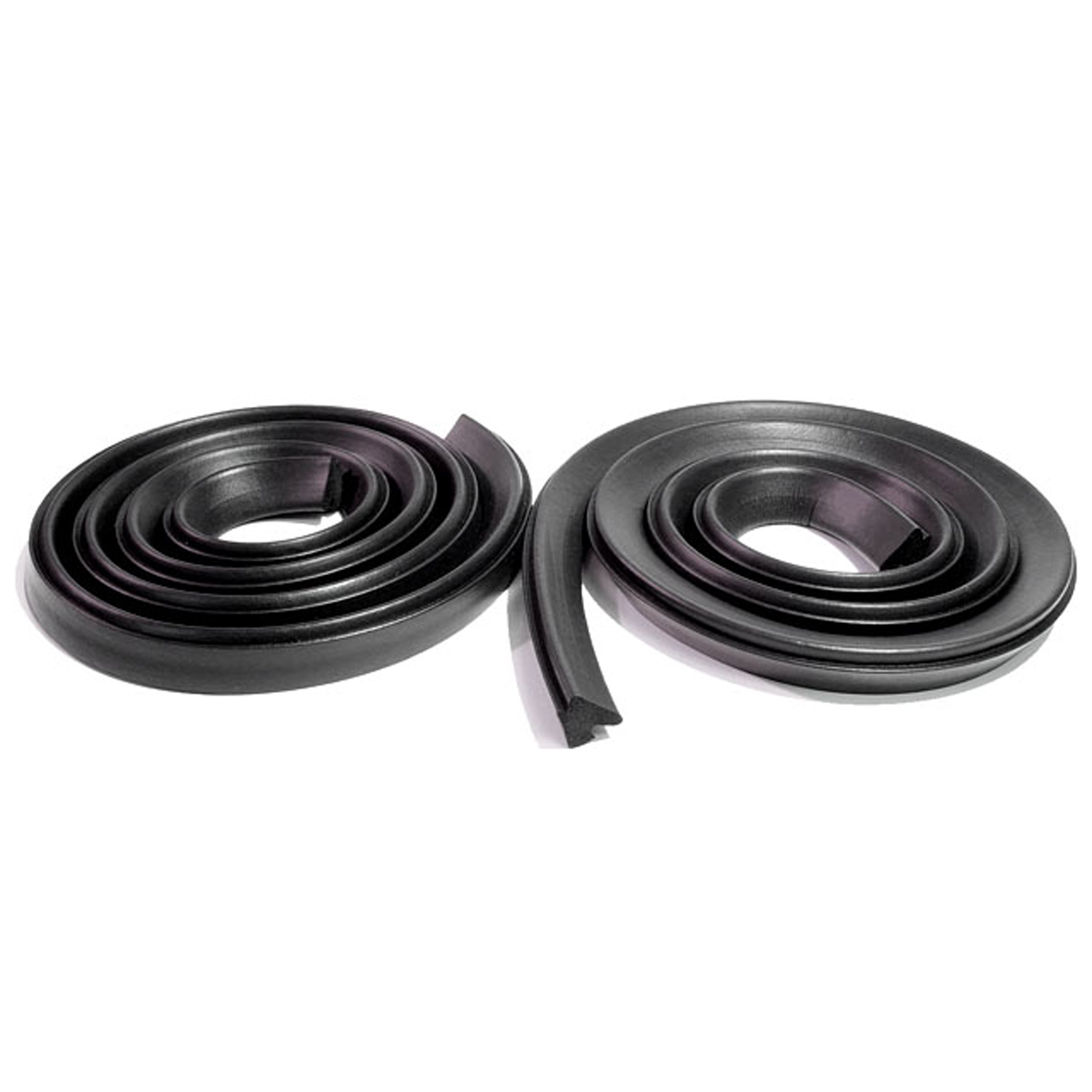 1957 Pontiac Chieftain Roof Rail Seals, for Hardtop. Made without steel core-RR 110-ARoof Rail Seals, for Hardtop. Made without steel core. Pair
1957 Pontiac Chieftain Roof Rail Seals, for Hardtop. Made without steel core-RR 110-ARoof Rail Seals, for Hardtop. Made without steel core. Pair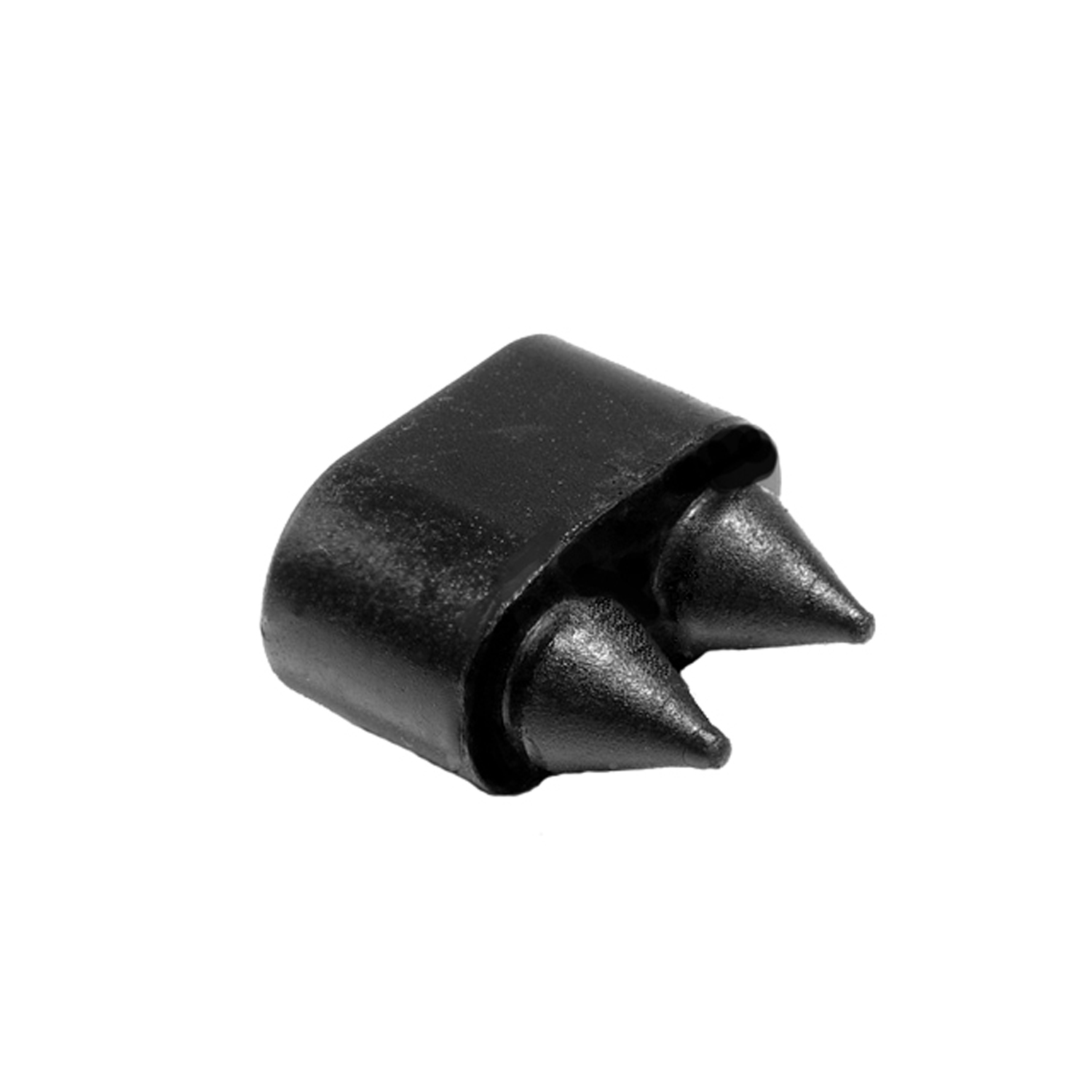 1957 Pontiac Chieftain Door Bumper. Made with twin retainers-SB 32Door Bumper. Made with twin retainers. 3/4" high X 1/2" wide X 15/16" long. Each
1957 Pontiac Chieftain Door Bumper. Made with twin retainers-SB 32Door Bumper. Made with twin retainers. 3/4" high X 1/2" wide X 15/16" long. Each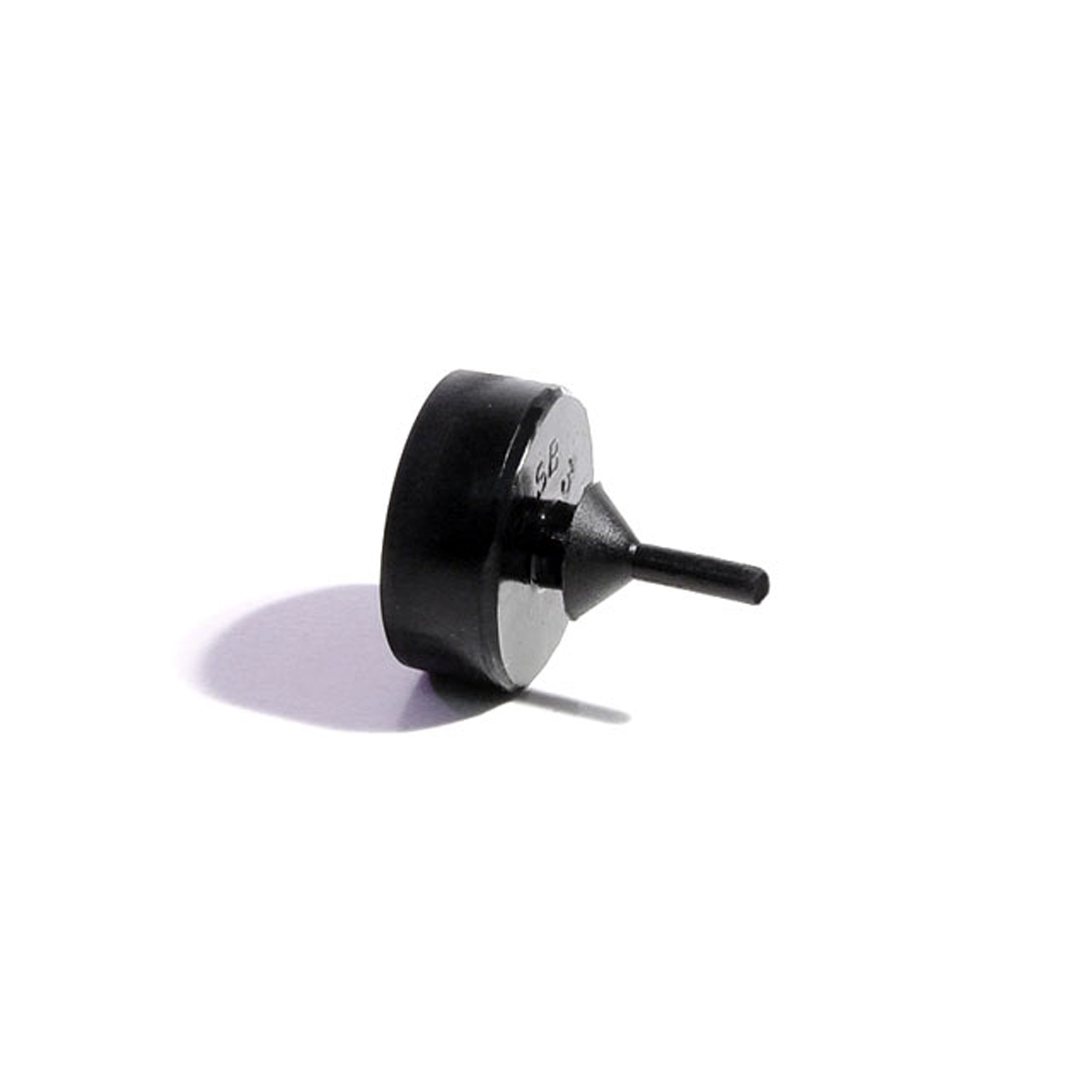 1957 Pontiac Chieftain Trunk Bumper. Fits lower corner on decklid. 15/16" O.D-SB 34Trunk Bumper. Fits lower corner on decklid. 15/16" O.D., 11/16" high. Each
1957 Pontiac Chieftain Trunk Bumper. Fits lower corner on decklid. 15/16" O.D-SB 34Trunk Bumper. Fits lower corner on decklid. 15/16" O.D., 11/16" high. Each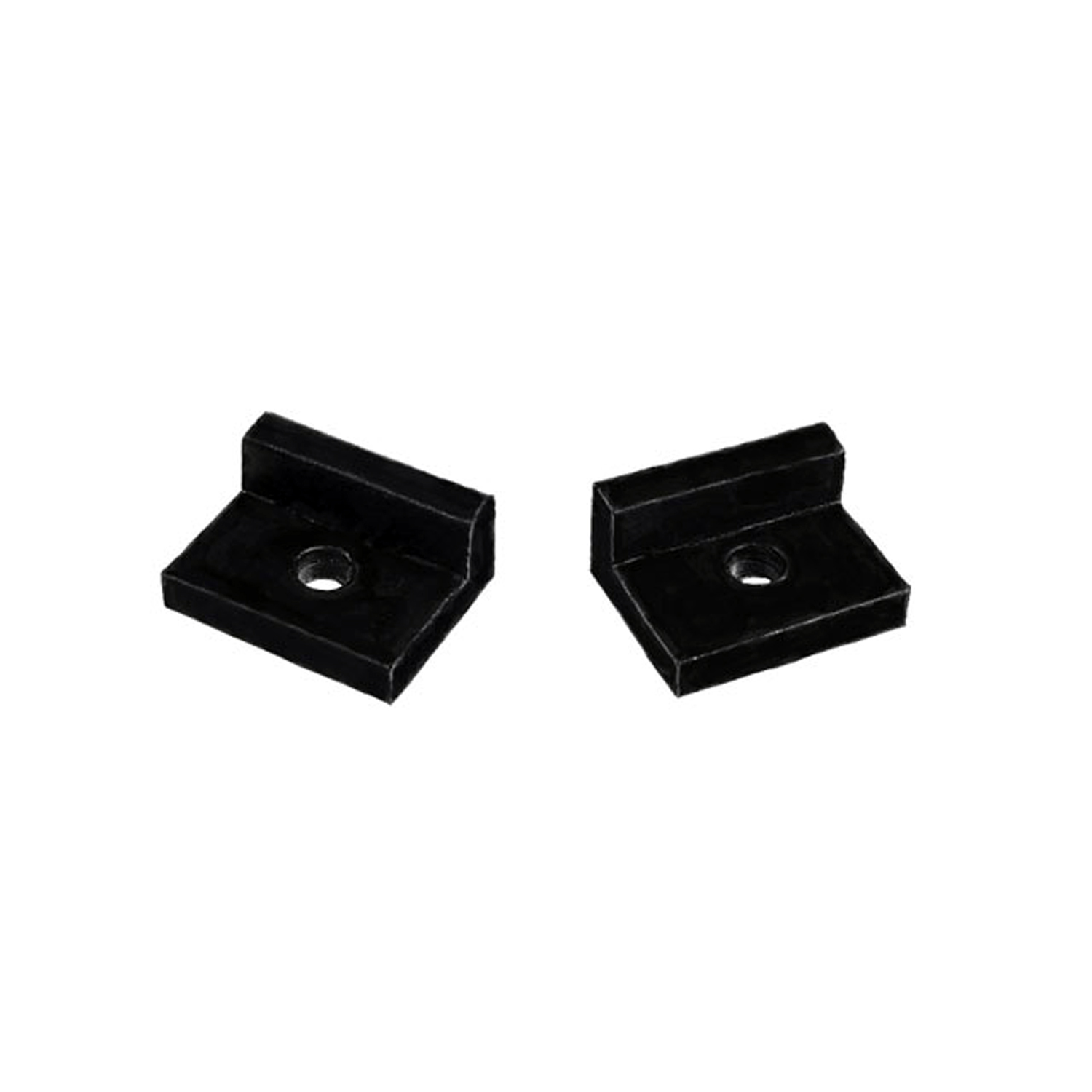 1957 Pontiac Chieftain Fuel Door Bumper. Held by screw. 1/2" X 1/2" X 1/4"-SB 65Fuel Door Bumper. Held by screw. 1/2" X 1/2" X 1/4". Pair
1957 Pontiac Chieftain Fuel Door Bumper. Held by screw. 1/2" X 1/2" X 1/4"-SB 65Fuel Door Bumper. Held by screw. 1/2" X 1/2" X 1/4". Pair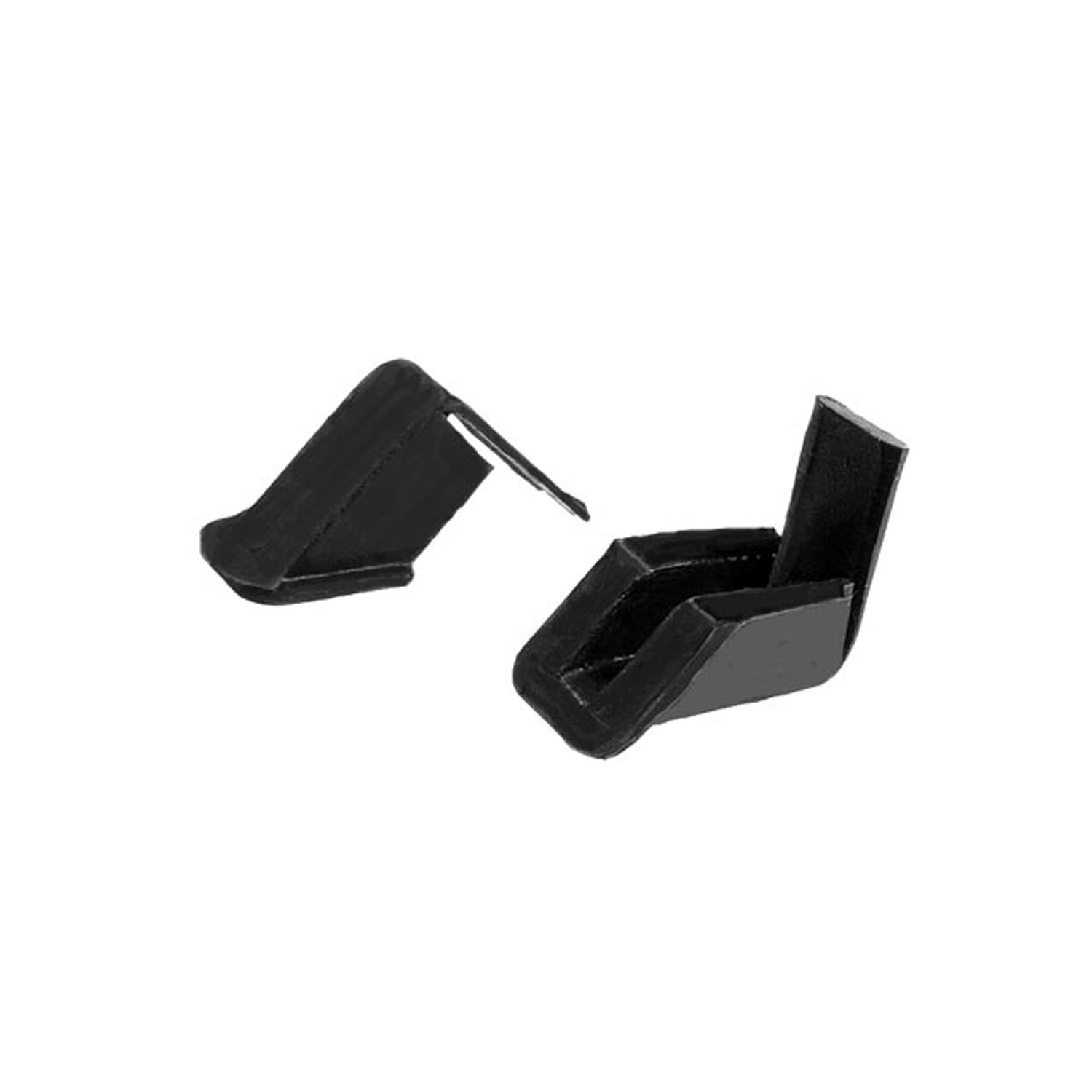 1957 Pontiac Chieftain Side Window Bumper-SB 98Side Window Bumper. For side window glass in vent frame at top of window. Made with steel core like original. Replaces OEM #4180904-5. Pair R&L
1957 Pontiac Chieftain Side Window Bumper-SB 98Side Window Bumper. For side window glass in vent frame at top of window. Made with steel core like original. Replaces OEM #4180904-5. Pair R&L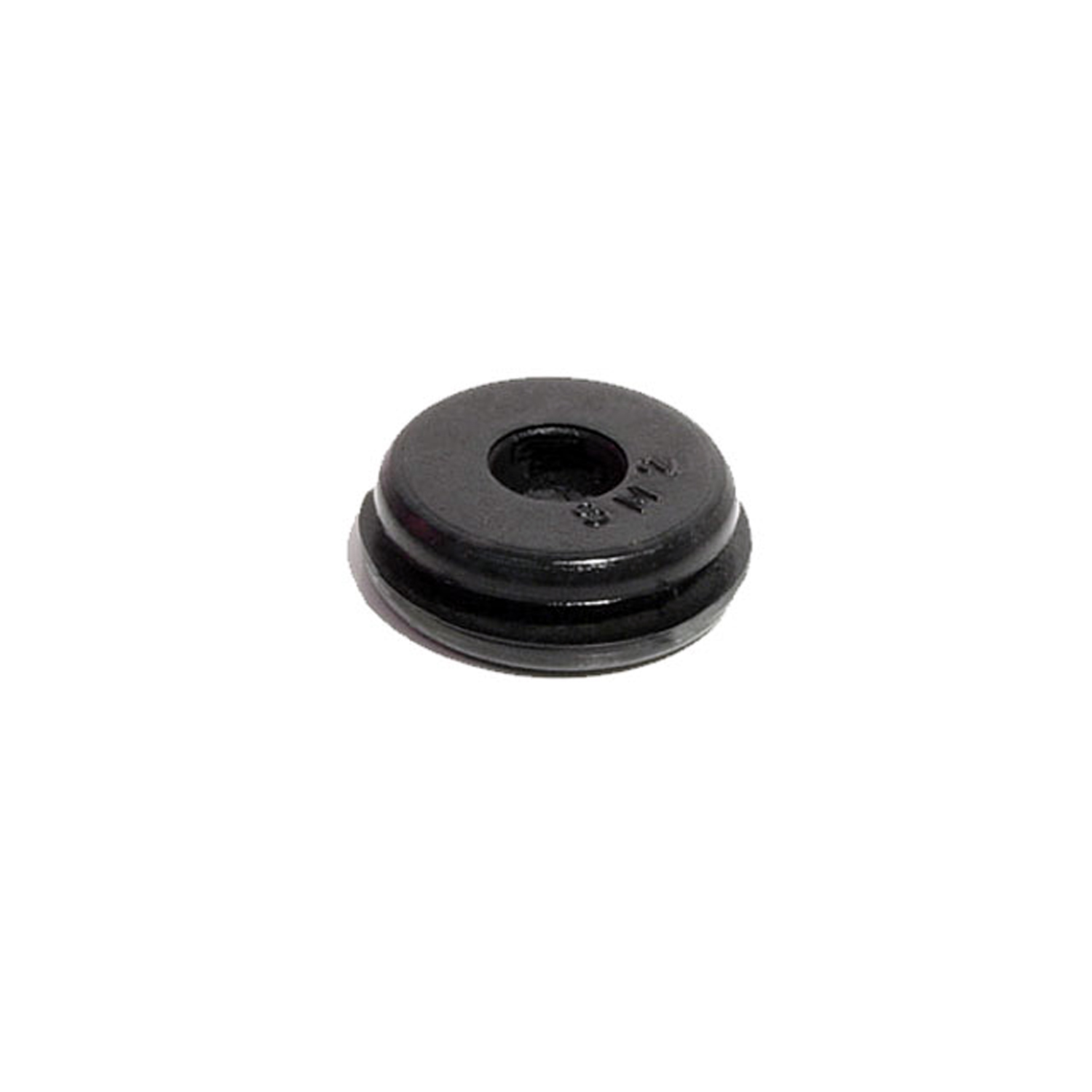 1957 Pontiac Chieftain Speedometer Cable / Utility Grommet-SM 2Speedometer Cable / Utility Grommet. Fits 3/4" to 13/16" hole. 3/16" center hole. Each
1957 Pontiac Chieftain Speedometer Cable / Utility Grommet-SM 2Speedometer Cable / Utility Grommet. Fits 3/4" to 13/16" hole. 3/16" center hole. Each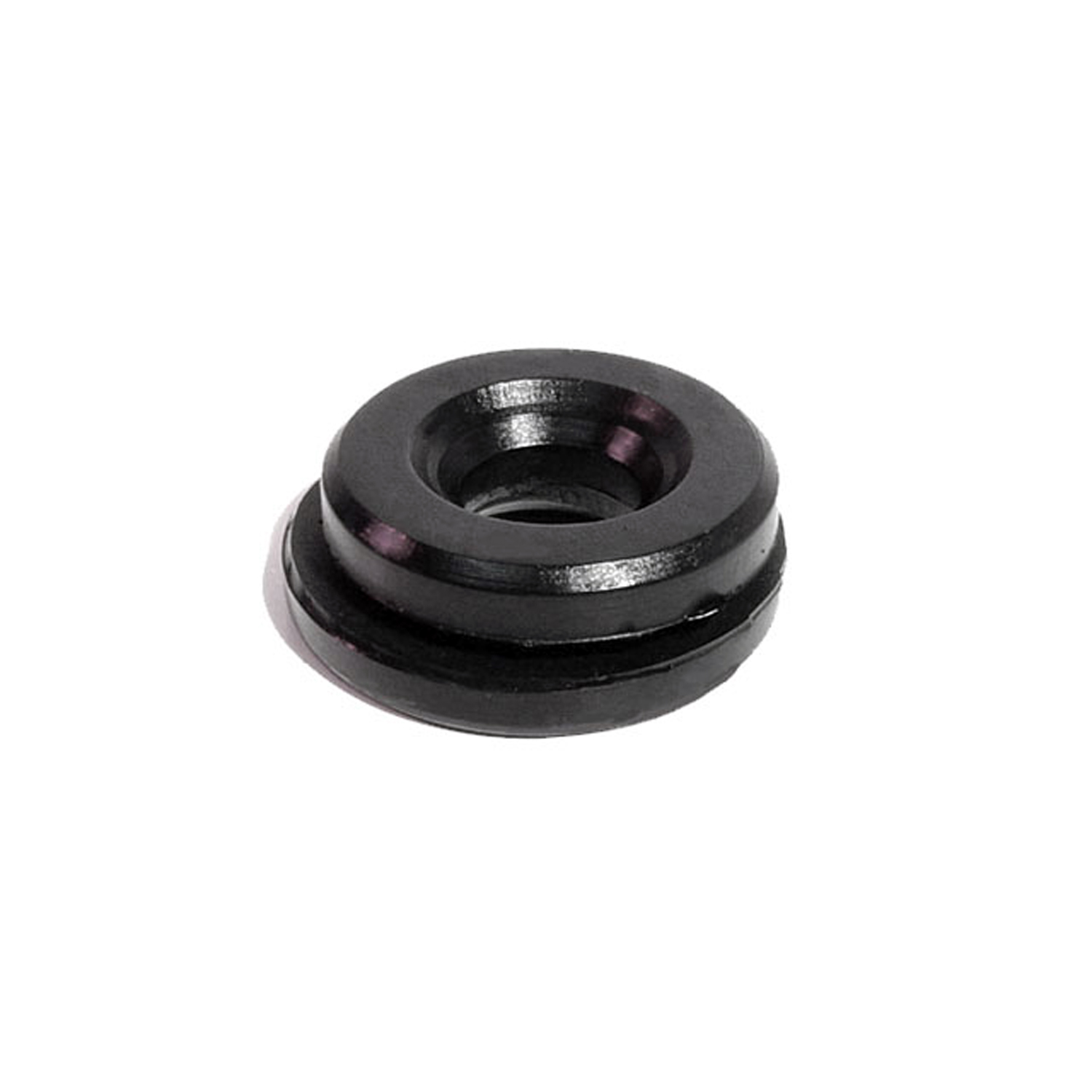 1957 Pontiac Chieftain Wire Harness Grommet. Each-SM 3Wire Harness Grommet. Each
1957 Pontiac Chieftain Wire Harness Grommet. Each-SM 3Wire Harness Grommet. Each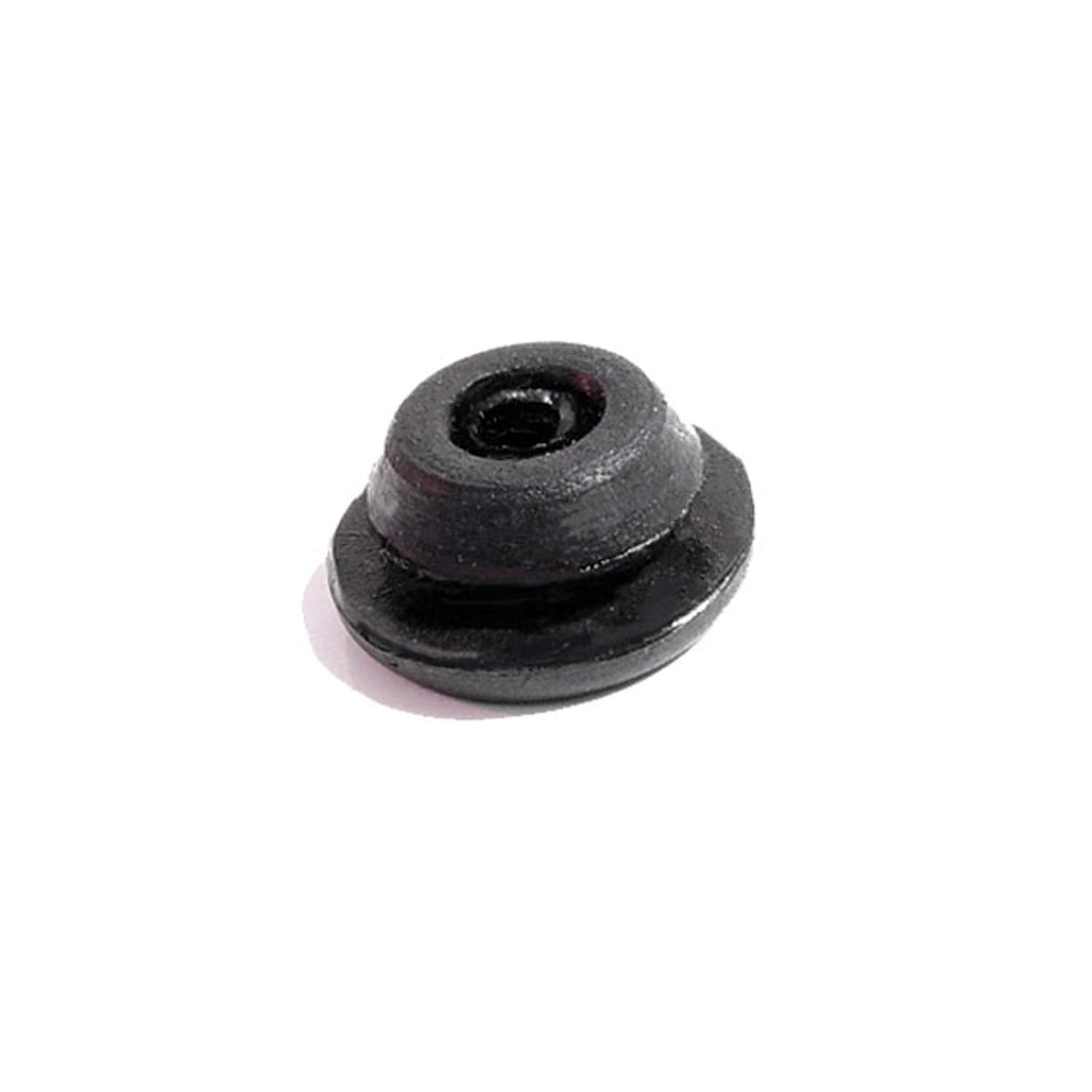 1957 Pontiac Chieftain Special Purpose Grommet-SM 4Special Purpose Grommet. For firewall, fuel gauge wire, horn wire, hood latch cable and fresh air cable. Fits 1/2" hole. 1/8" center hole. Each
1957 Pontiac Chieftain Special Purpose Grommet-SM 4Special Purpose Grommet. For firewall, fuel gauge wire, horn wire, hood latch cable and fresh air cable. Fits 1/2" hole. 1/8" center hole. Each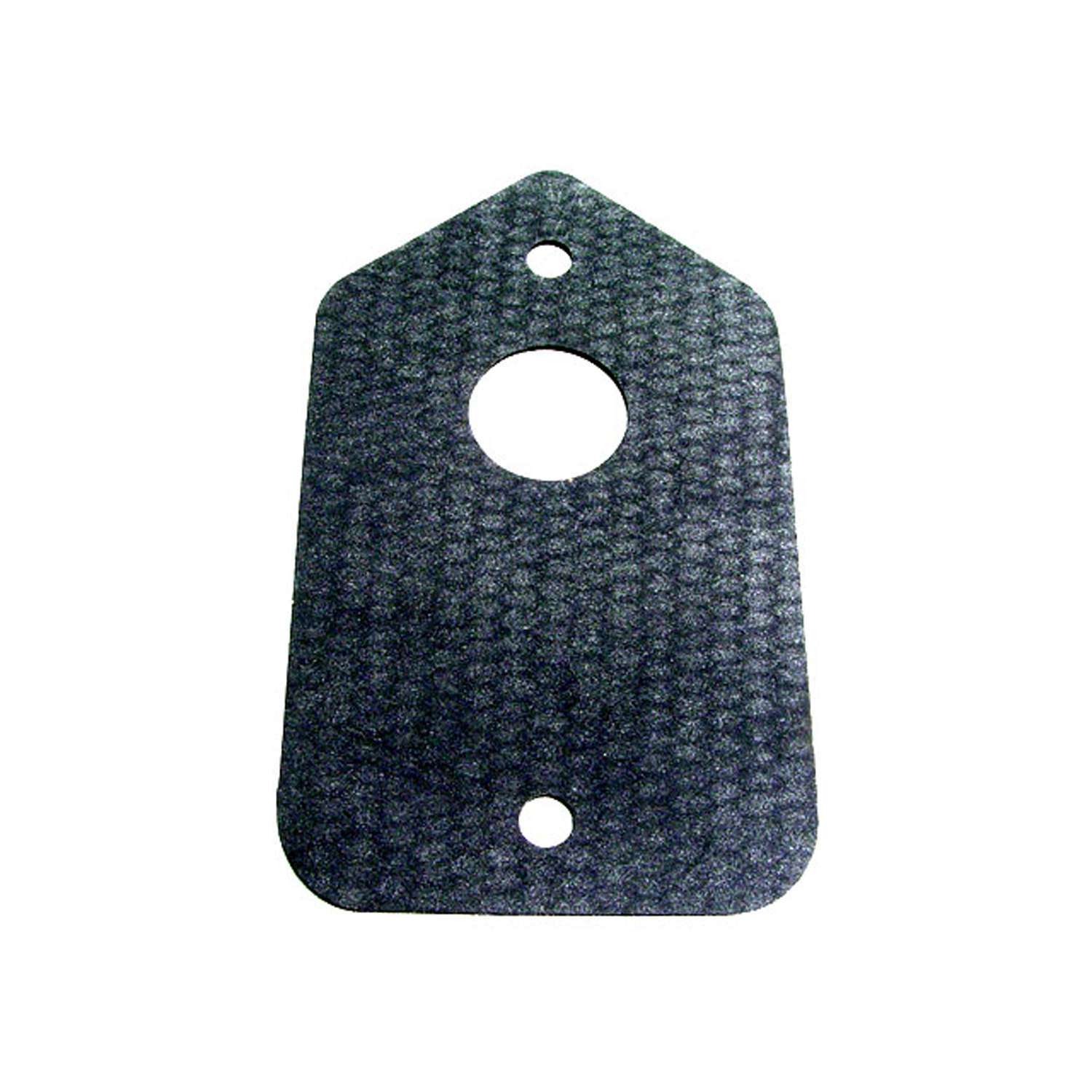 1957 Pontiac Chieftain Heater Control Valve Gasket. Made of closed cell sponge-SM 500Heater Control Valve Gasket. Made of closed cell sponge. Each
1957 Pontiac Chieftain Heater Control Valve Gasket. Made of closed cell sponge-SM 500Heater Control Valve Gasket. Made of closed cell sponge. Each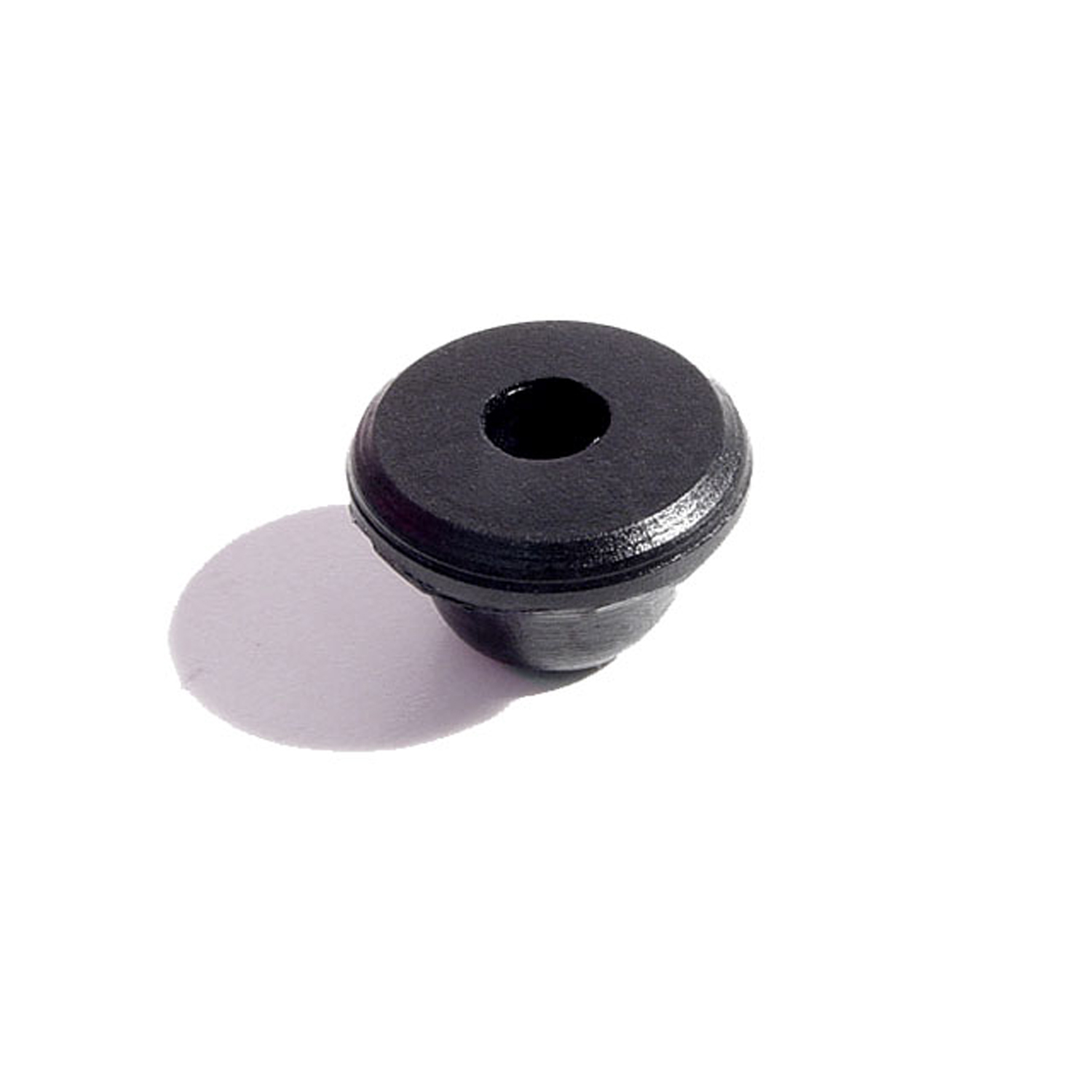 1957 Pontiac Chieftain Hole Plug and Cowl Bumper. Fits 1/2" hole. Each-SM 52Hole Plug and Cowl Bumper. Fits 1/2" hole. Each
1957 Pontiac Chieftain Hole Plug and Cowl Bumper. Fits 1/2" hole. Each-SM 52Hole Plug and Cowl Bumper. Fits 1/2" hole. Each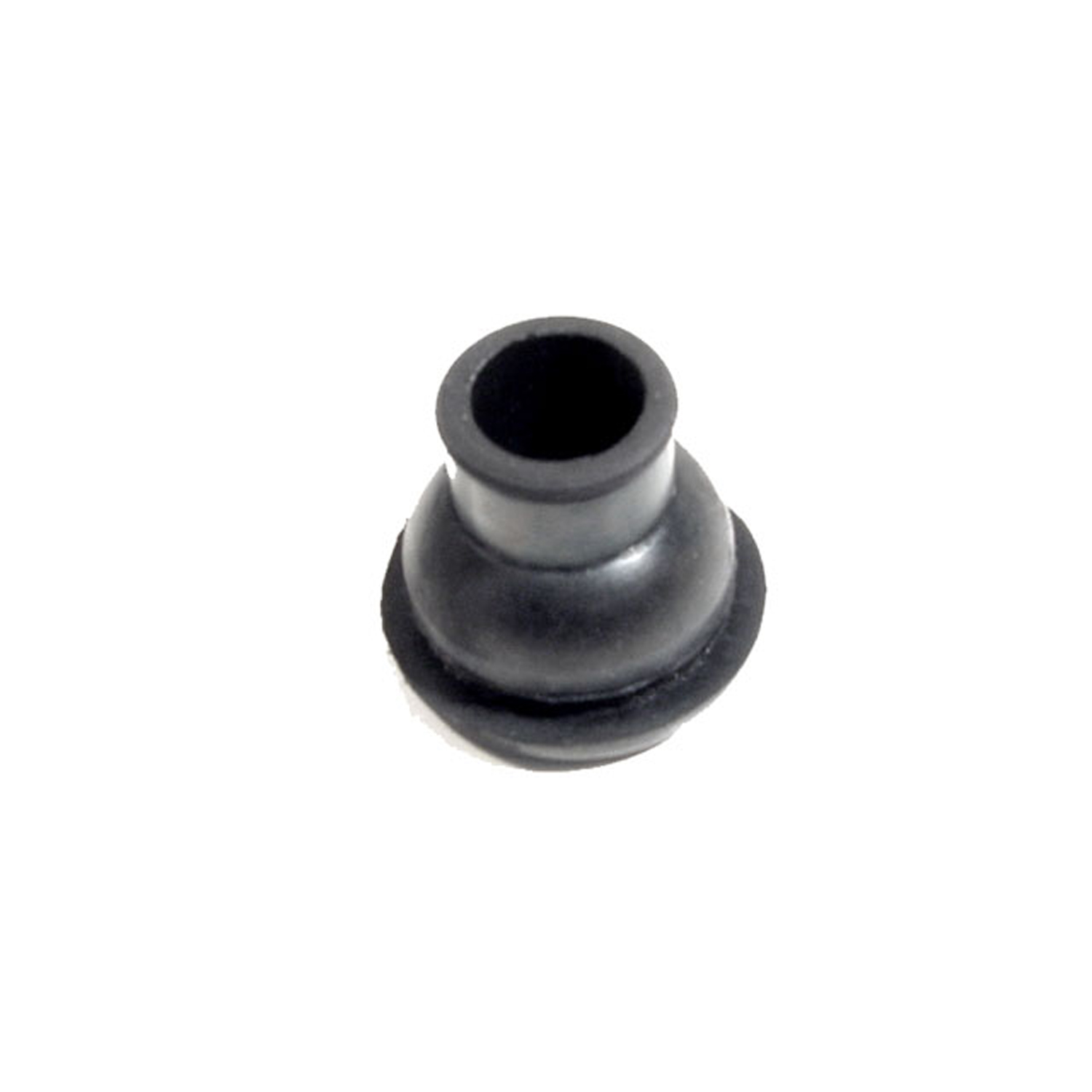 1957 Pontiac Chieftain Headlight Wire Grommet-SM 57Headlight Wire Grommet. Used with square clip (not included). Fits 7/8" hole. 7/16" center hole. Each
1957 Pontiac Chieftain Headlight Wire Grommet-SM 57Headlight Wire Grommet. Used with square clip (not included). Fits 7/8" hole. 7/16" center hole. Each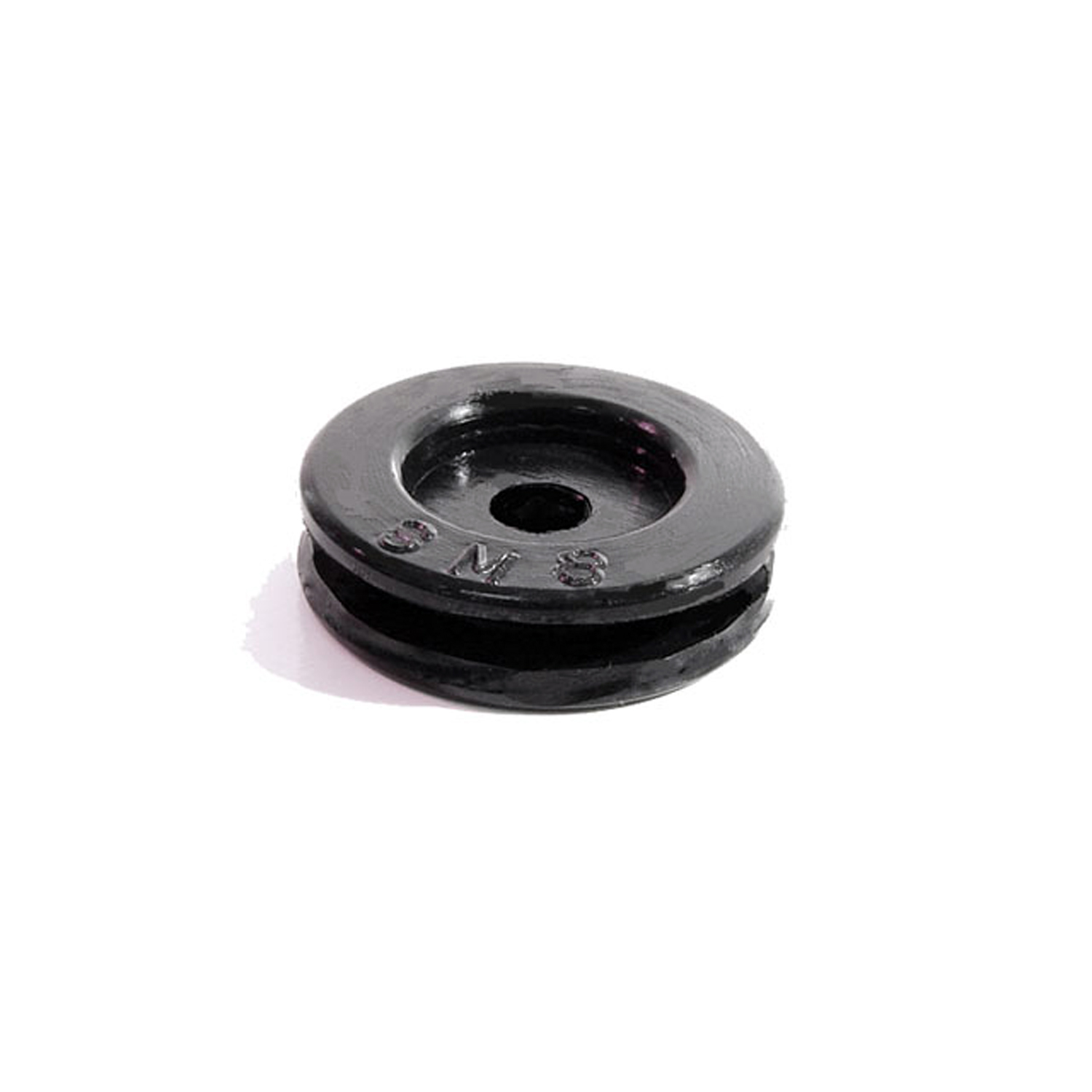 1957 Pontiac Chieftain Firewall and Utility Grommet. Fits 3/4" hole. 3/16" I.D-SM 8Firewall and Utility Grommet. Fits 3/4" hole. 3/16" I.D. Each
1957 Pontiac Chieftain Firewall and Utility Grommet. Fits 3/4" hole. 3/16" I.D-SM 8Firewall and Utility Grommet. Fits 3/4" hole. 3/16" I.D. Each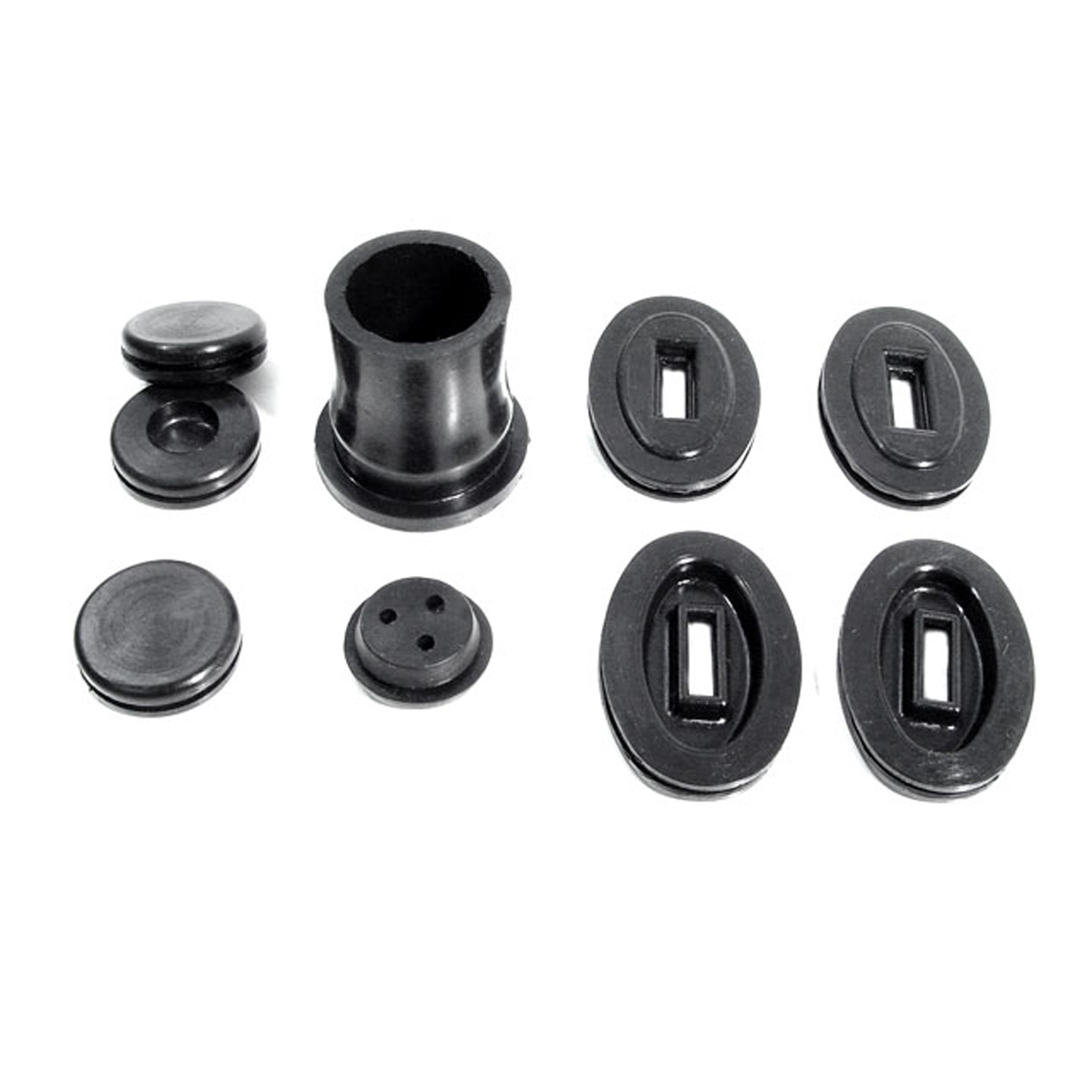 1957 Pontiac Chieftain Fuel Injection Grommet Kit. 9-Piece Set-SMK 81Fuel Injection Grommet Kit. 9-Piece Set
1957 Pontiac Chieftain Fuel Injection Grommet Kit. 9-Piece Set-SMK 81Fuel Injection Grommet Kit. 9-Piece Set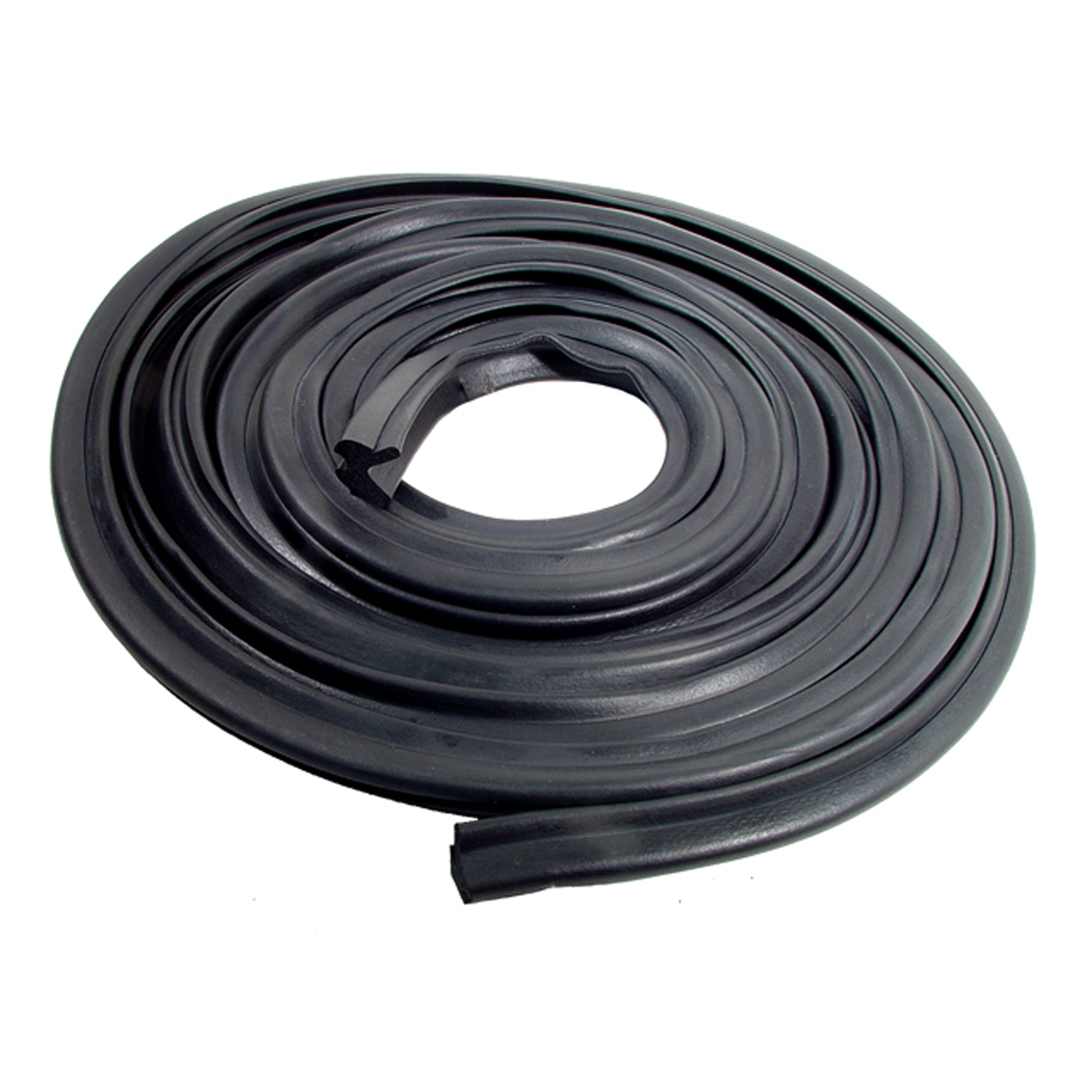 1957 Pontiac Chieftain Trunk Seal. Exact Reproduction. Each-TK 43-18Trunk Seal. Exact Reproduction. Each
1957 Pontiac Chieftain Trunk Seal. Exact Reproduction. Each-TK 43-18Trunk Seal. Exact Reproduction. Each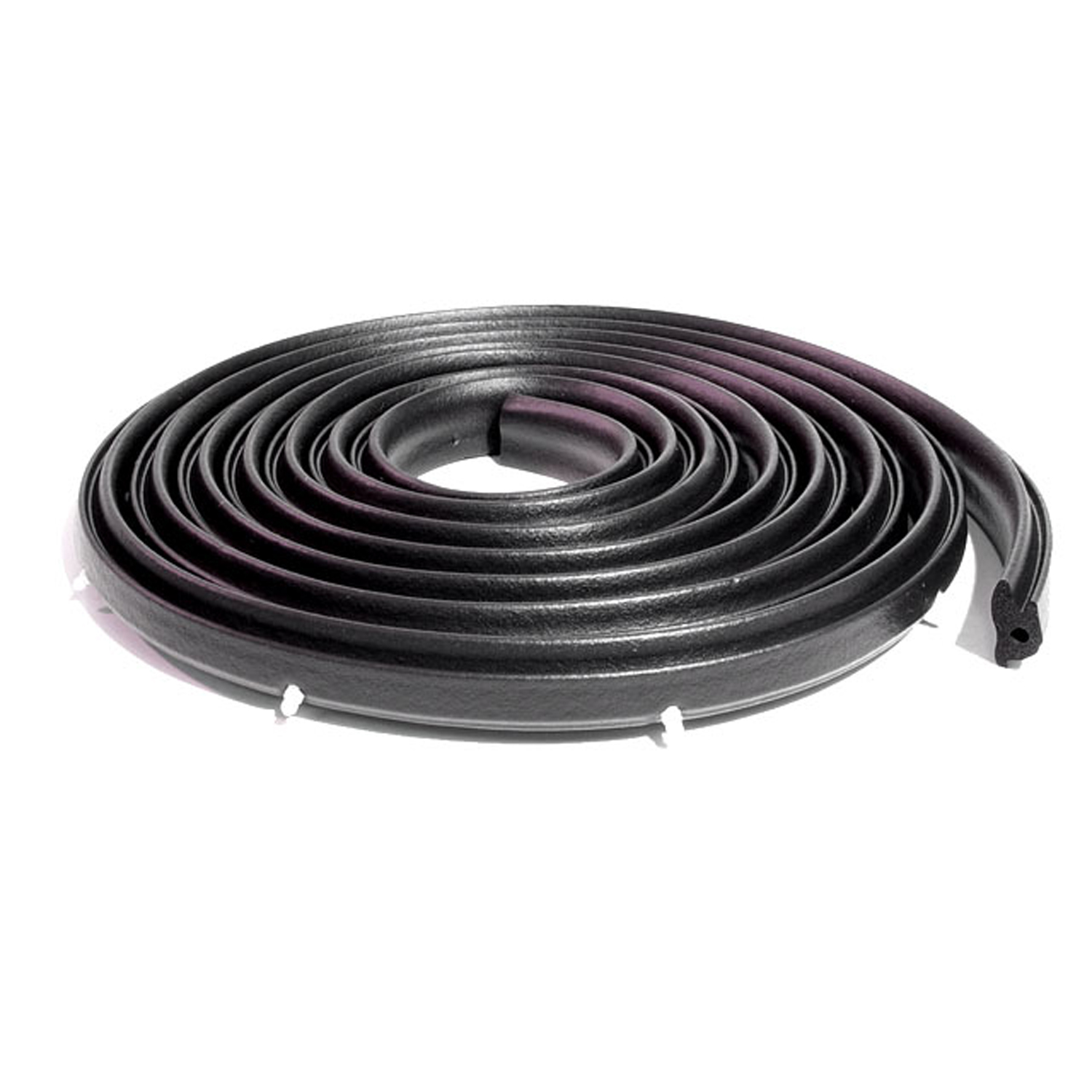 1957 Pontiac Chieftain Trunk Seal with Clips. Exact profile. 14'7" long. Each-TK 57Trunk Seal with Clips. Exact profile. 14'7" long. Each
1957 Pontiac Chieftain Trunk Seal with Clips. Exact profile. 14'7" long. Each-TK 57Trunk Seal with Clips. Exact profile. 14'7" long. Each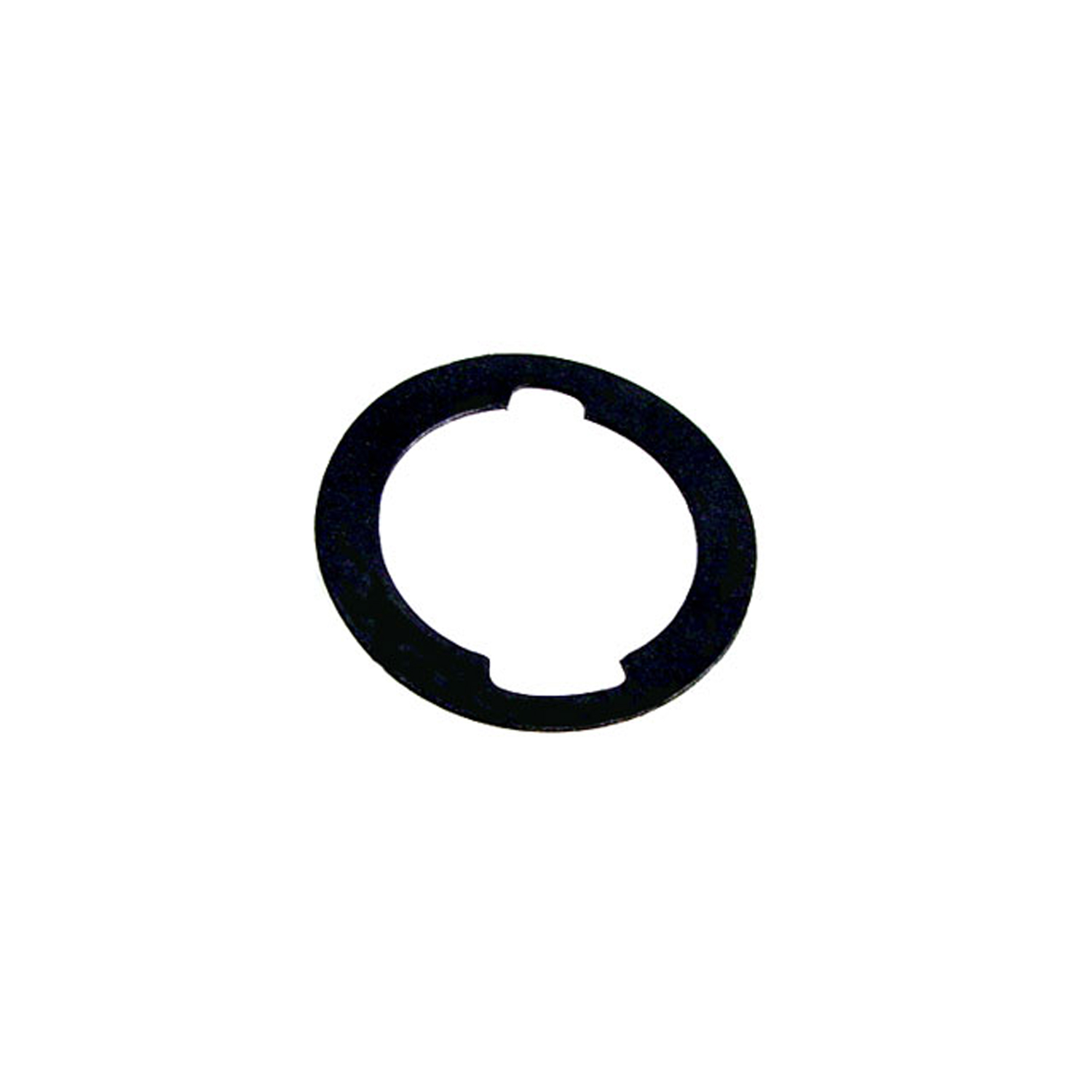 1957 Pontiac Chieftain Unbeaded Door and Trunk Lock Gasket. 1-3/16" O.D., 7/8" I.D-UM 1600-100Unbeaded Door and Trunk Lock Gasket. 1-3/16" O.D., 7/8" I.D. Each
1957 Pontiac Chieftain Unbeaded Door and Trunk Lock Gasket. 1-3/16" O.D., 7/8" I.D-UM 1600-100Unbeaded Door and Trunk Lock Gasket. 1-3/16" O.D., 7/8" I.D. Each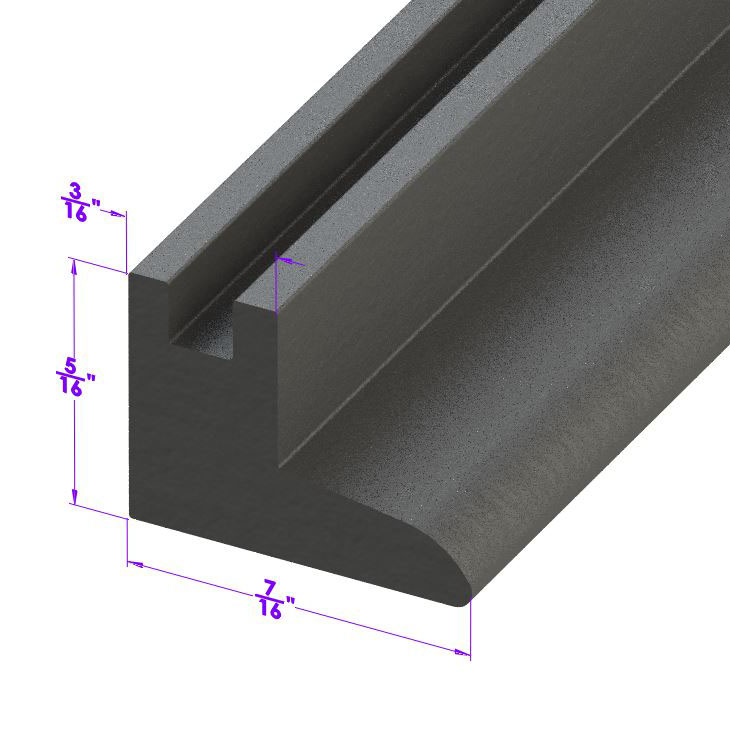 1957 Pontiac Chieftain Vertical Seal for Vent Window. Each is 17" long. Pair-VS 2Vertical Seal for Vent Window. Each is 17" long. Pair
1957 Pontiac Chieftain Vertical Seal for Vent Window. Each is 17" long. Pair-VS 2Vertical Seal for Vent Window. Each is 17" long. Pair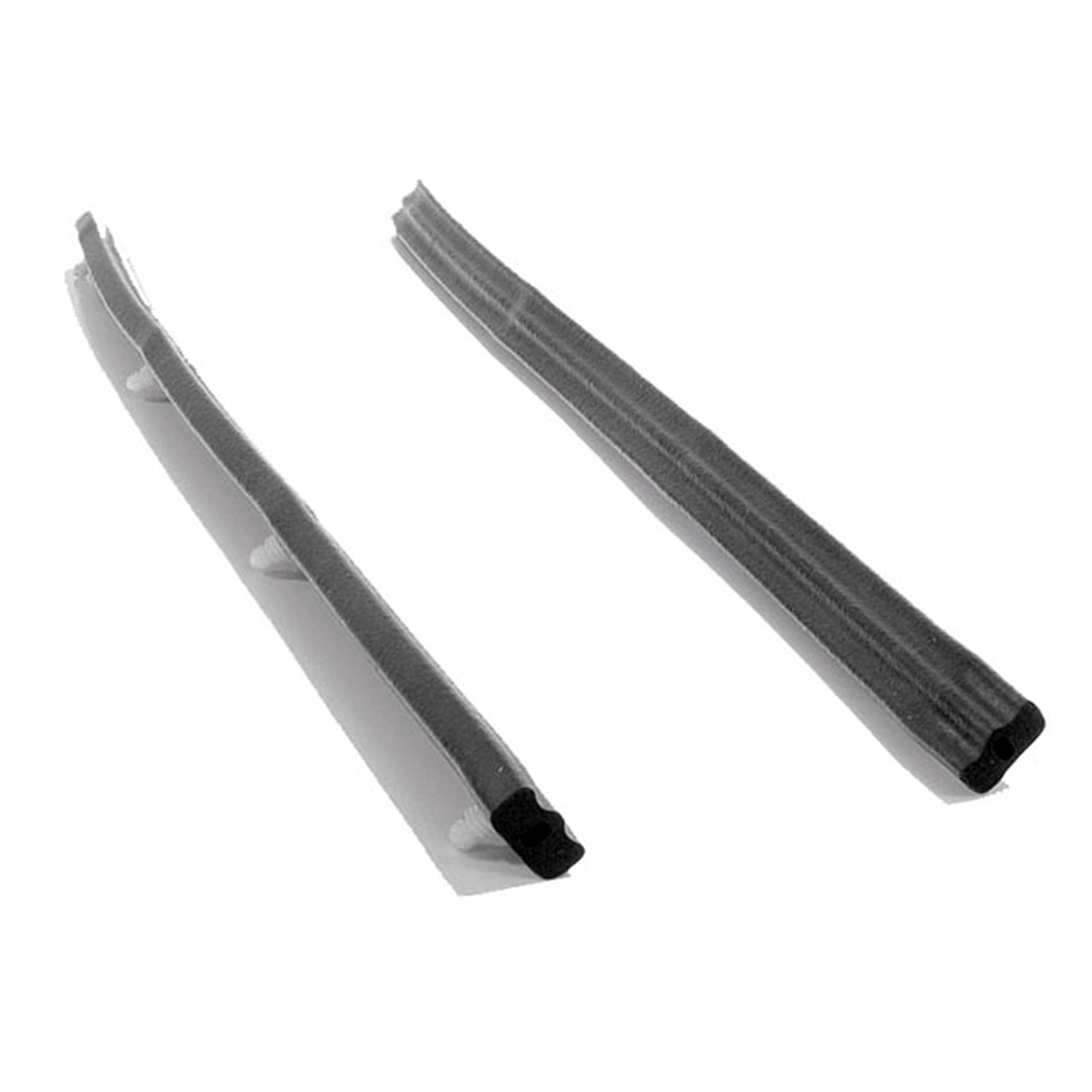 1957 Pontiac Chieftain Windshield Pillar Seal, for Hardtops and Convertibles-VS 5Windshield Pillar Seal, for Hardtops and Convertibles. Pair
1957 Pontiac Chieftain Windshield Pillar Seal, for Hardtops and Convertibles-VS 5Windshield Pillar Seal, for Hardtops and Convertibles. Pair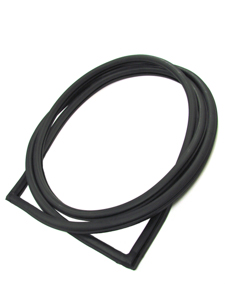 1957 Pontiac Chieftain Vulcanized Rear Windshield Seal. For 2-door hardtops-VWS 0397-RVulcanized Rear Windshield Seal. For 2-door hardtops. Each
1957 Pontiac Chieftain Vulcanized Rear Windshield Seal. For 2-door hardtops-VWS 0397-RVulcanized Rear Windshield Seal. For 2-door hardtops. Each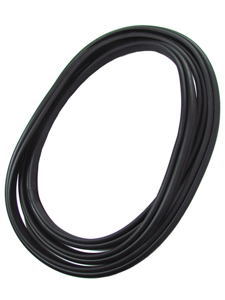 1957 Pontiac Chieftain Vulcanized Windshield Seal. Each-VWS 1394Vulcanized Windshield Seal. Each
1957 Pontiac Chieftain Vulcanized Windshield Seal. Each-VWS 1394Vulcanized Windshield Seal. Each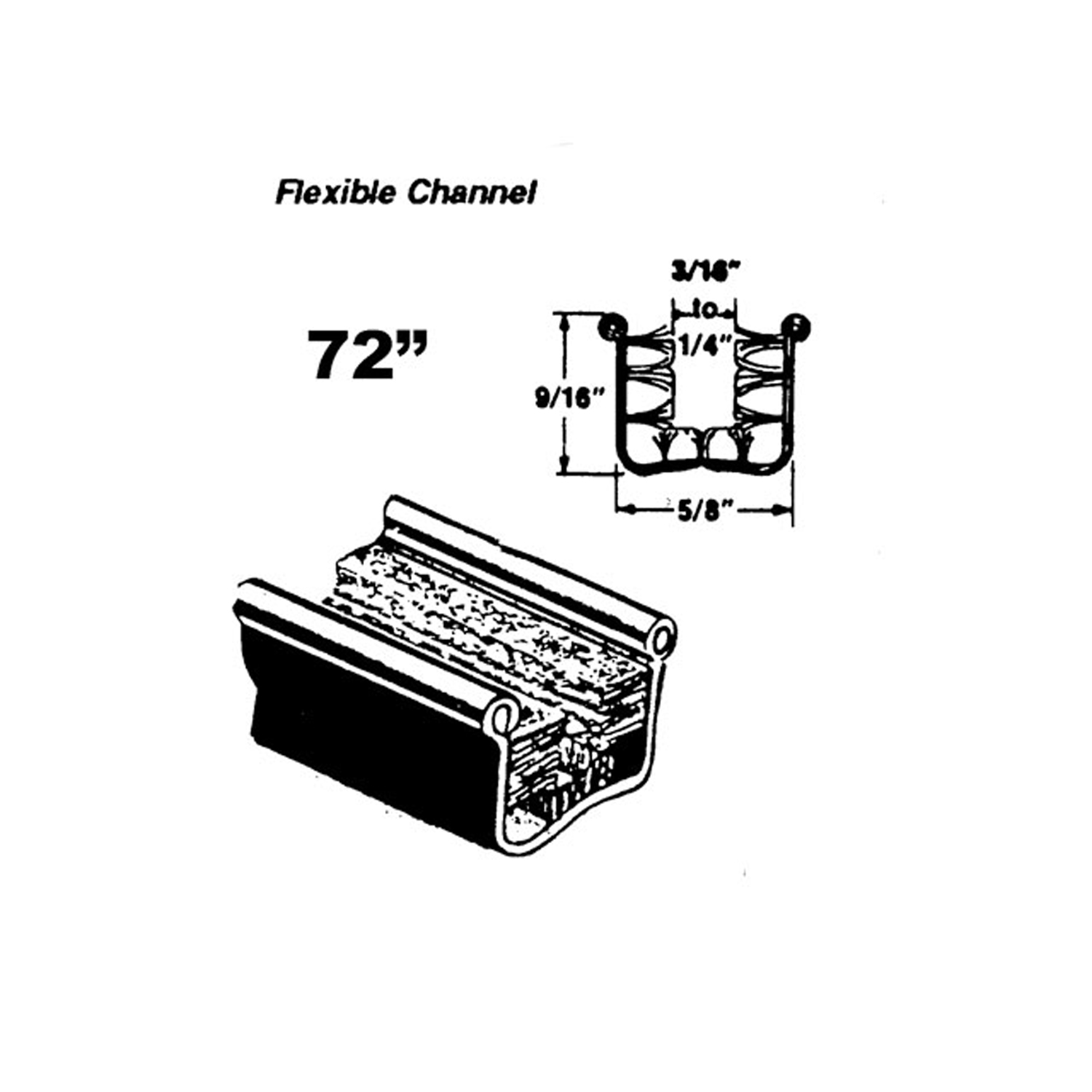 1957 Pontiac Chieftain Flexible glass-run channel-WC 11-72Flexible glass-run channel. Mohair lined, cloth covered with stainless steel bead. Used on side windows. 72 in. long. Each. NOTE: $20 special shipping charge applies for domestic orders. Call or email for overseas shipping costs. Part can be sectioned in two equal lengths to reduce overseas shipping costs.
1957 Pontiac Chieftain Flexible glass-run channel-WC 11-72Flexible glass-run channel. Mohair lined, cloth covered with stainless steel bead. Used on side windows. 72 in. long. Each. NOTE: $20 special shipping charge applies for domestic orders. Call or email for overseas shipping costs. Part can be sectioned in two equal lengths to reduce overseas shipping costs.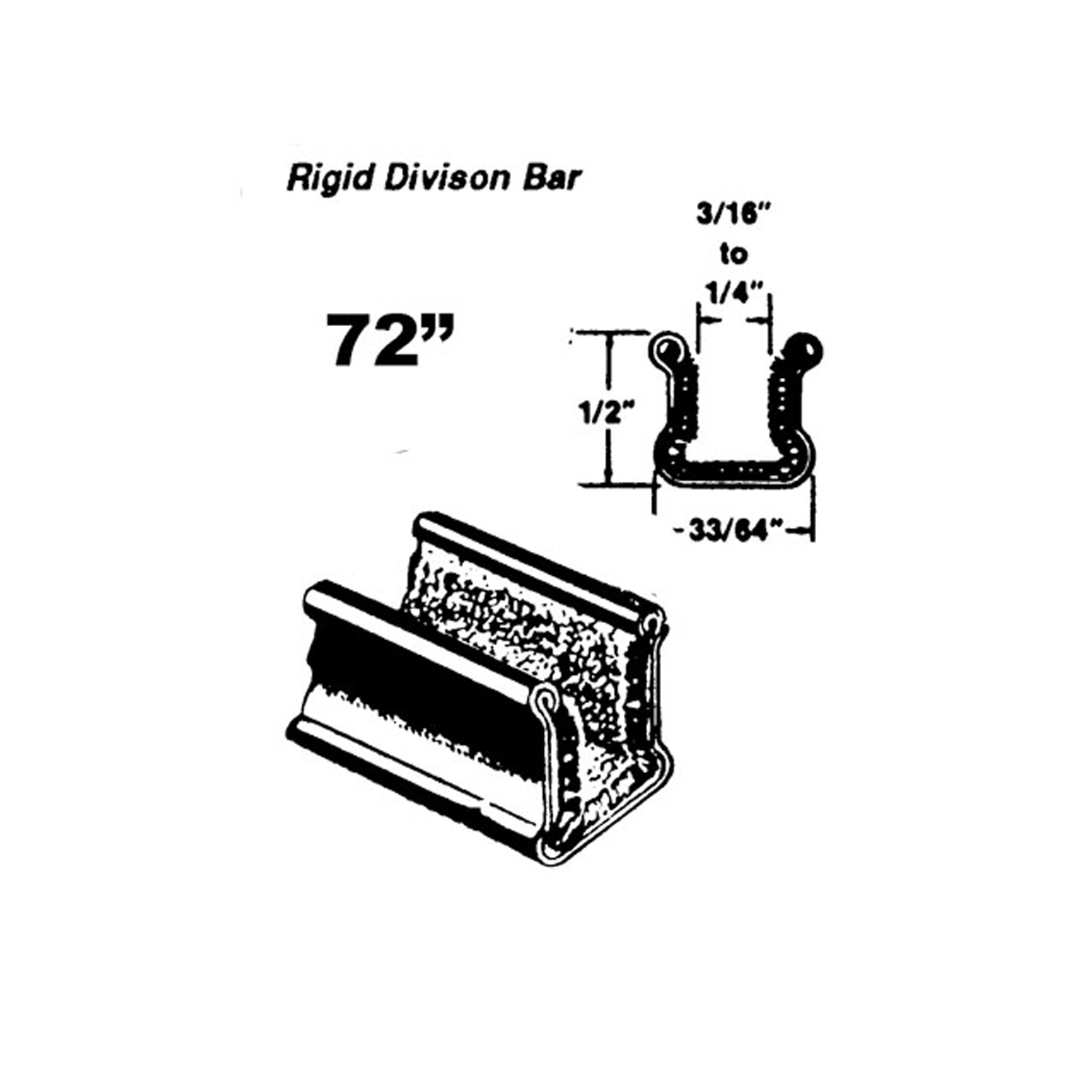 1957 Pontiac Chieftain Rigid division-bar channel. Made with Zinc-plated bead-WC 1-72Rigid division-bar channel. Made with Zinc-plated bead. Used on lower side windows. 72 in. long. Each. NOTE: $20 special shipping charge applies for domestic orders. Call or email for overseas shipping costs. Part can be sectioned into two equal lengths to reduce overseas shipping costs.
1957 Pontiac Chieftain Rigid division-bar channel. Made with Zinc-plated bead-WC 1-72Rigid division-bar channel. Made with Zinc-plated bead. Used on lower side windows. 72 in. long. Each. NOTE: $20 special shipping charge applies for domestic orders. Call or email for overseas shipping costs. Part can be sectioned into two equal lengths to reduce overseas shipping costs.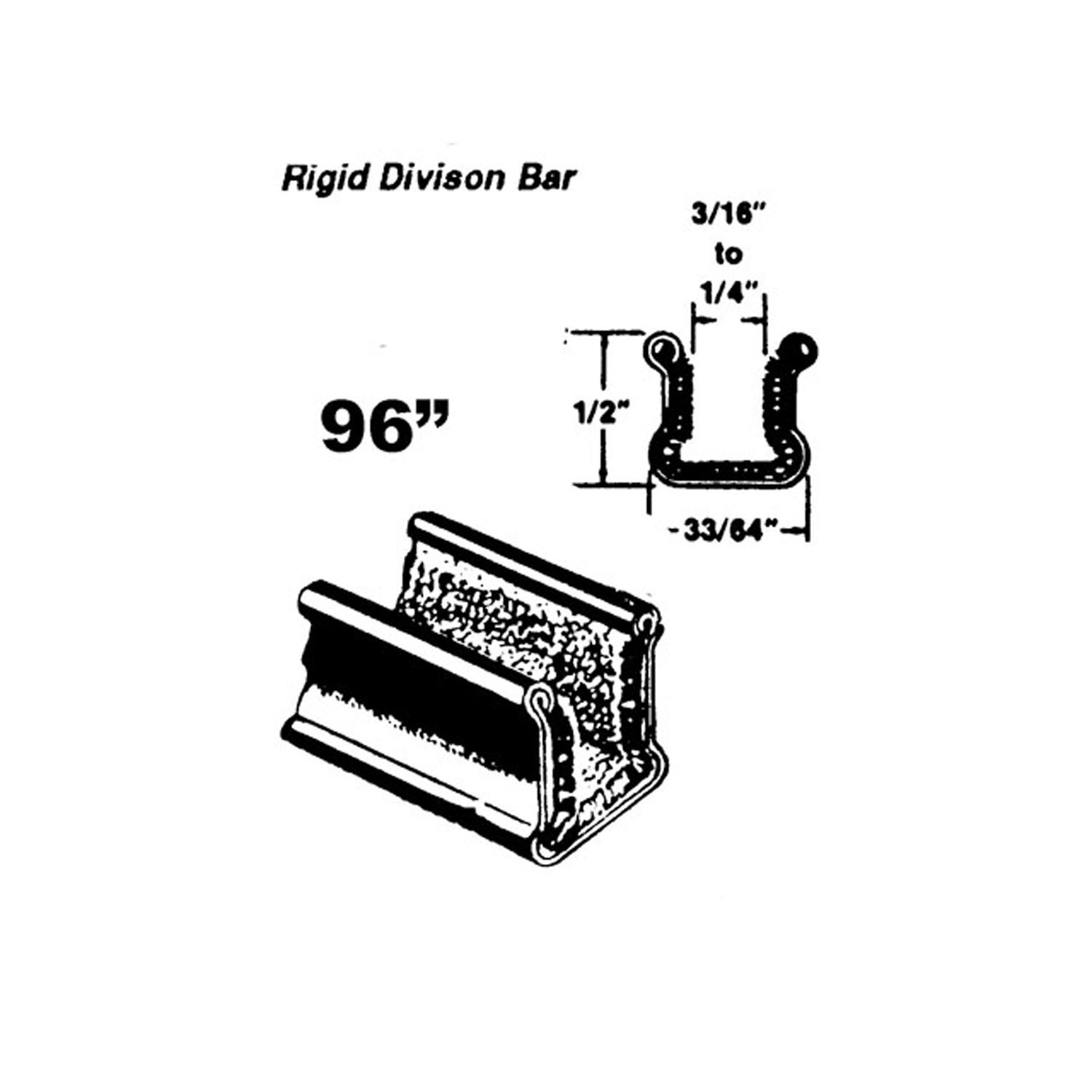 1957 Pontiac Chieftain Rigid division-bar channel. Made with Zinc-plated bead-WC 1-96Rigid division-bar channel. Made with Zinc-plated bead. Used on lower side windows. 96 in. long. Each. NOTE: $20 special shipping charge applies for domestic orders. Call or email for overseas shipping costs. Part can be sectioned in two or three equal lengths to reduce overseas shipping costs.
1957 Pontiac Chieftain Rigid division-bar channel. Made with Zinc-plated bead-WC 1-96Rigid division-bar channel. Made with Zinc-plated bead. Used on lower side windows. 96 in. long. Each. NOTE: $20 special shipping charge applies for domestic orders. Call or email for overseas shipping costs. Part can be sectioned in two or three equal lengths to reduce overseas shipping costs. 1957 Pontiac Chieftain Rigid division-bar channel. Made with stainless steel bead-WC 2-72Rigid division-bar channel. Made with stainless steel bead. 72 in. long. Each. NOTE: $20 special shipping charge applies for domestic orders. Call or email for overseas shipping costs. Part can be sectioned into two equal lengths to reduce overseas shipping costs.
1957 Pontiac Chieftain Rigid division-bar channel. Made with stainless steel bead-WC 2-72Rigid division-bar channel. Made with stainless steel bead. 72 in. long. Each. NOTE: $20 special shipping charge applies for domestic orders. Call or email for overseas shipping costs. Part can be sectioned into two equal lengths to reduce overseas shipping costs.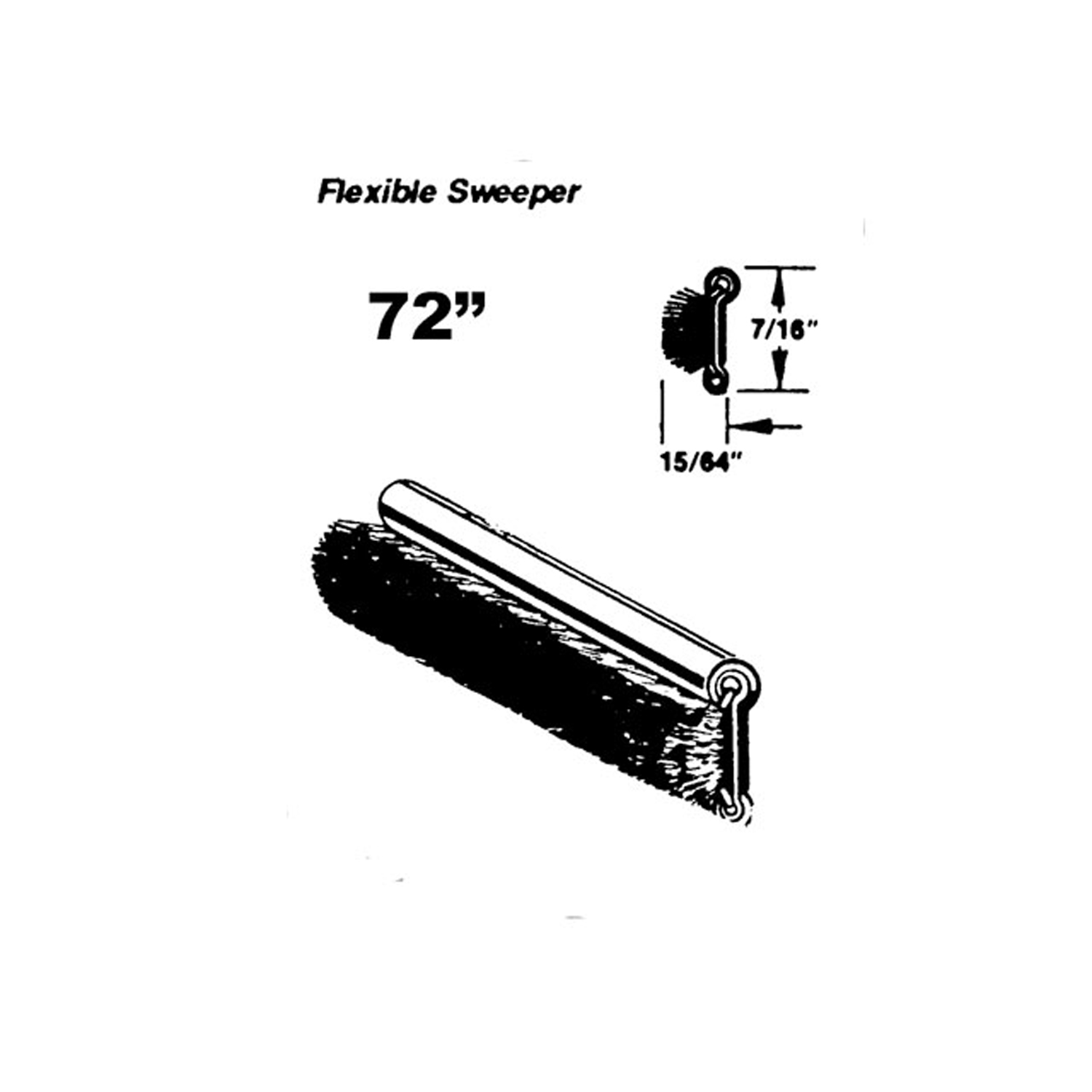 1957 Pontiac Chieftain Flexible sweeper. Made with stainless steel bead-WC 8-72Flexible sweeper. Made with stainless steel bead. Used on inner and outer beltlines. Also forms easily for use with sliding quarter windows. 72 in. long. Each. NOTE: $20 special shipping charge applies for domestic orders. Call or email for overseas shipping costs. Part can be sectioned into two equal lengths to reduce overseas shipping costs.
1957 Pontiac Chieftain Flexible sweeper. Made with stainless steel bead-WC 8-72Flexible sweeper. Made with stainless steel bead. Used on inner and outer beltlines. Also forms easily for use with sliding quarter windows. 72 in. long. Each. NOTE: $20 special shipping charge applies for domestic orders. Call or email for overseas shipping costs. Part can be sectioned into two equal lengths to reduce overseas shipping costs.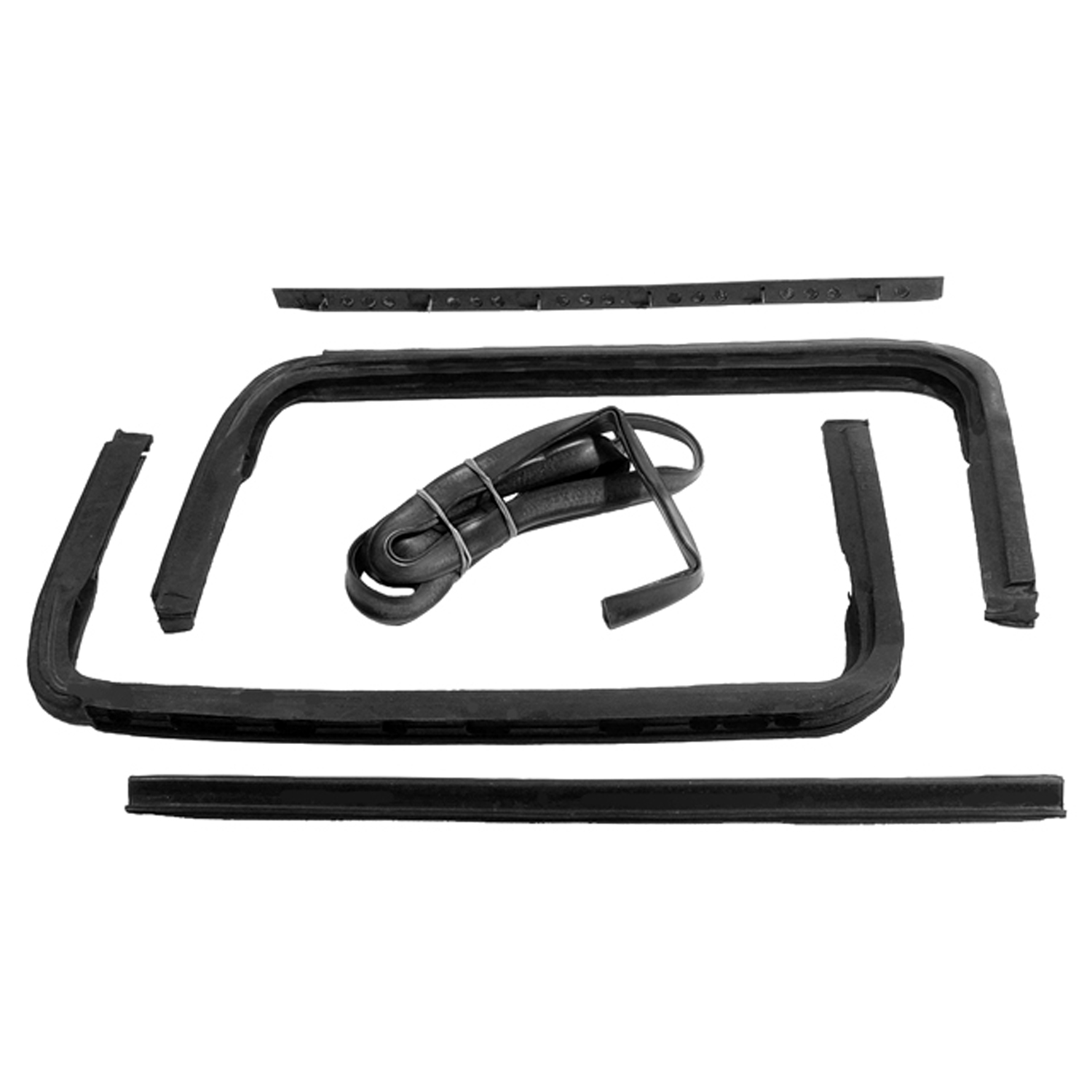 1957 Pontiac Chieftain Front Vent Window Seals. For Convertibles and Hardtops-WR 2002Front Vent Window Seals. For Convertibles and Hardtops, Set of 4. R&L.
1957 Pontiac Chieftain Front Vent Window Seals. For Convertibles and Hardtops-WR 2002Front Vent Window Seals. For Convertibles and Hardtops, Set of 4. R&L.Why Choose Metro?
For over 100 years, Metro Moulded Parts has been the pinnacle of quality in classic car restoration parts. Our commitment to precision and authenticity in every component ensures a perfect fit and an OEM-level appearance.
- Expert Craftsmanship & Quality: Each part is a testament to our dedication to reliability and perfection, crafted from original designs and thoroughly tested.
- Advanced Technology: We use cutting-edge techniques to create flawless, long-lasting parts that surpass others in performance.
- SuperSoft Sponge – The Ultimate Door Seal: Not only are our door seals 30% softer than competitors', but they're also guaranteed to never leak. They effectively reduce wind and road noise, enhancing your classic car's comfort and driving experience.
- Proudly American: Our parts are a product of American craftsmanship, made in the USA with a spirit of excellence and heritage.
- Unrivaled Warranty: We back our products with a 30-year industry-leading warranty, a testament to our confidence in their quality.
Join us in preserving the legacy of classic cars with parts that are crafted for perfection, not just made.

